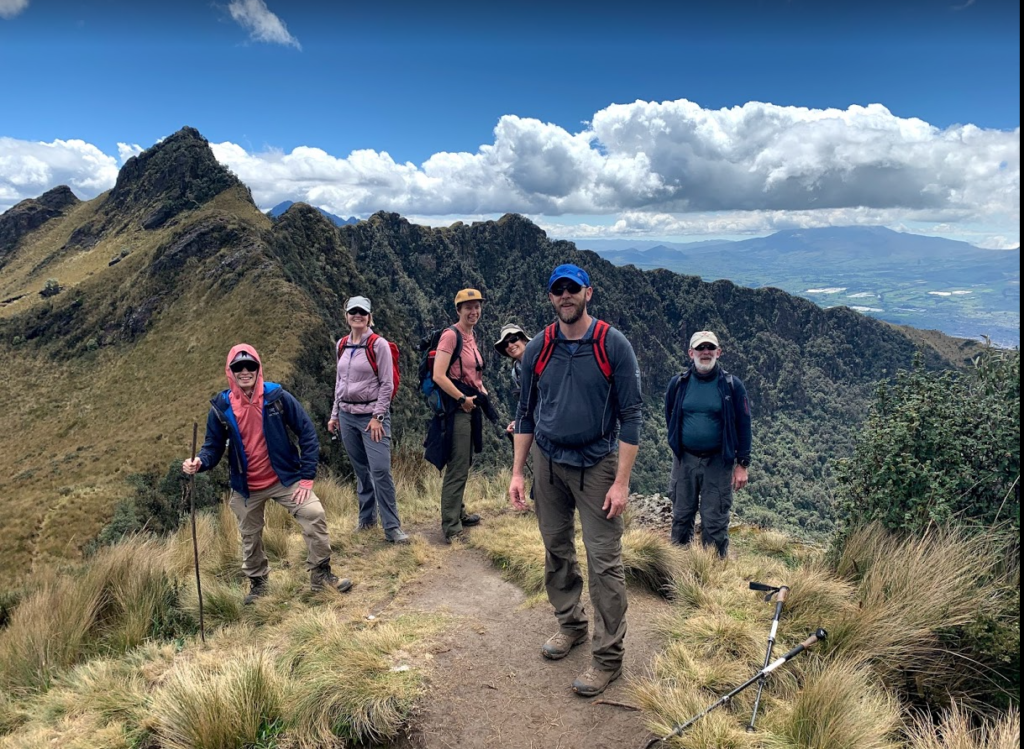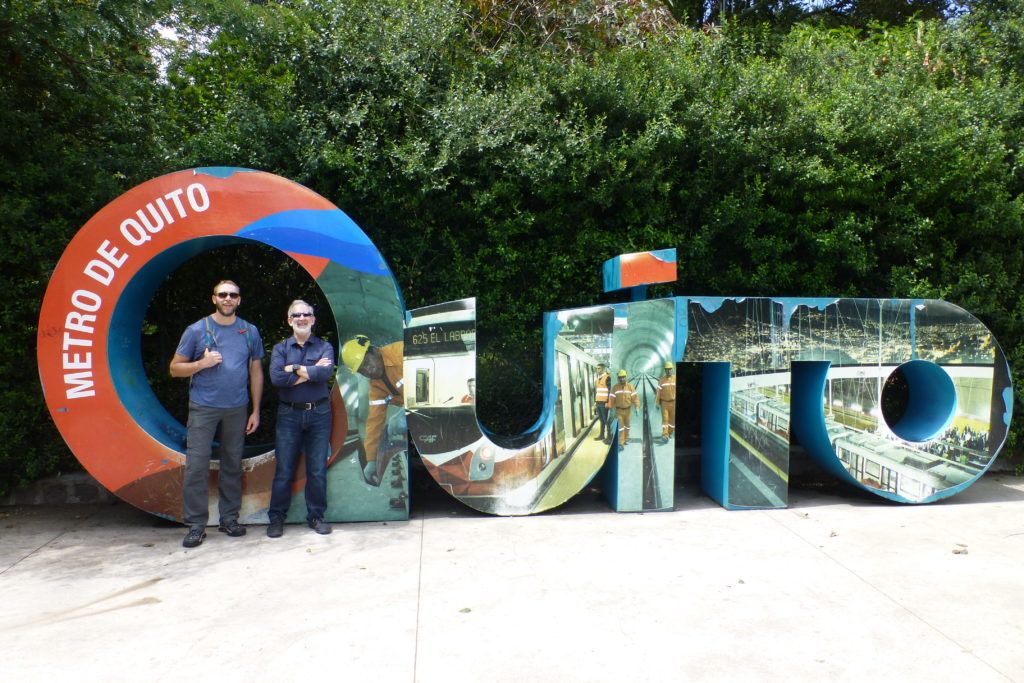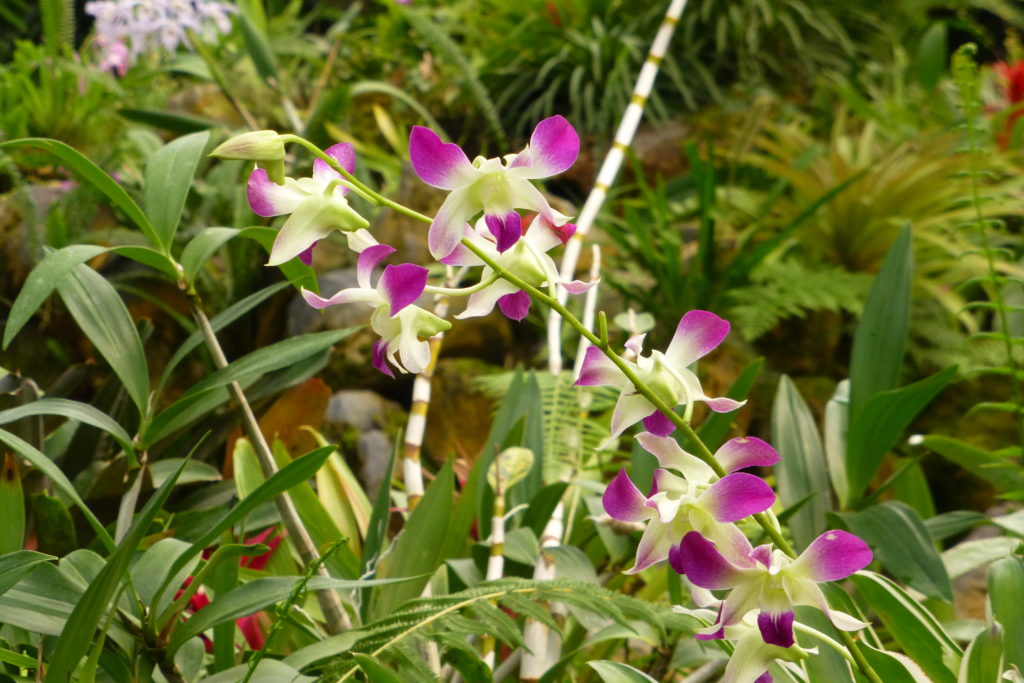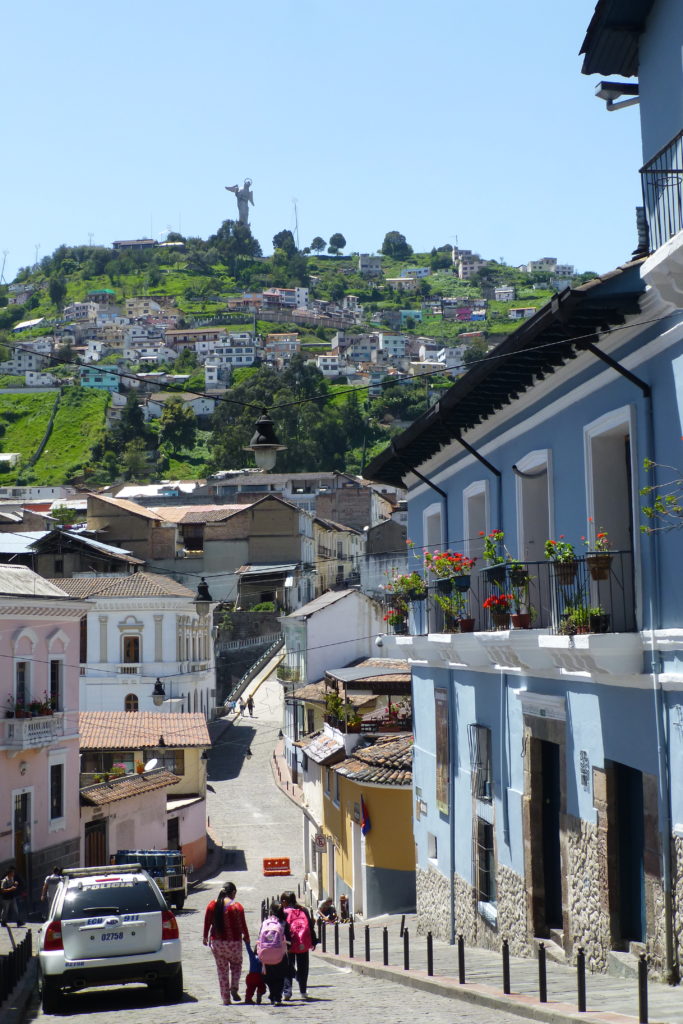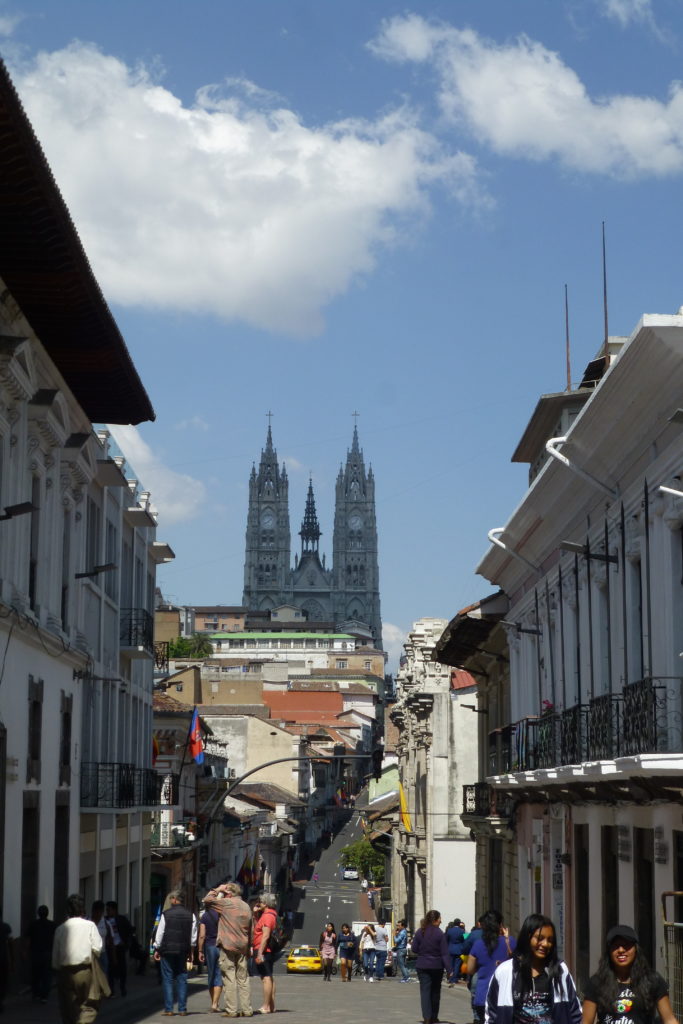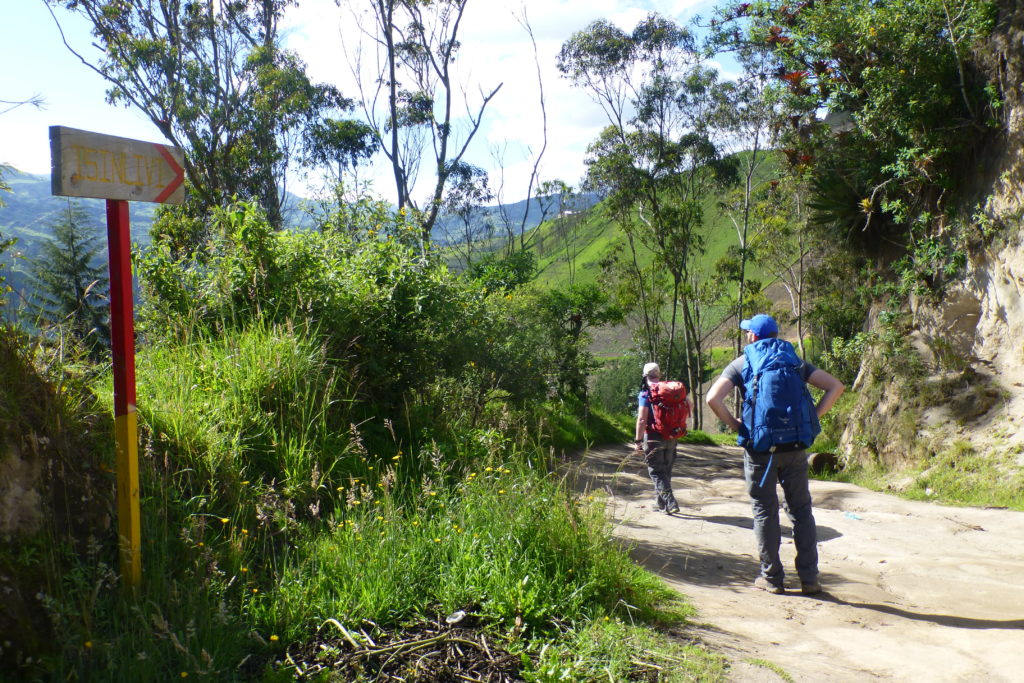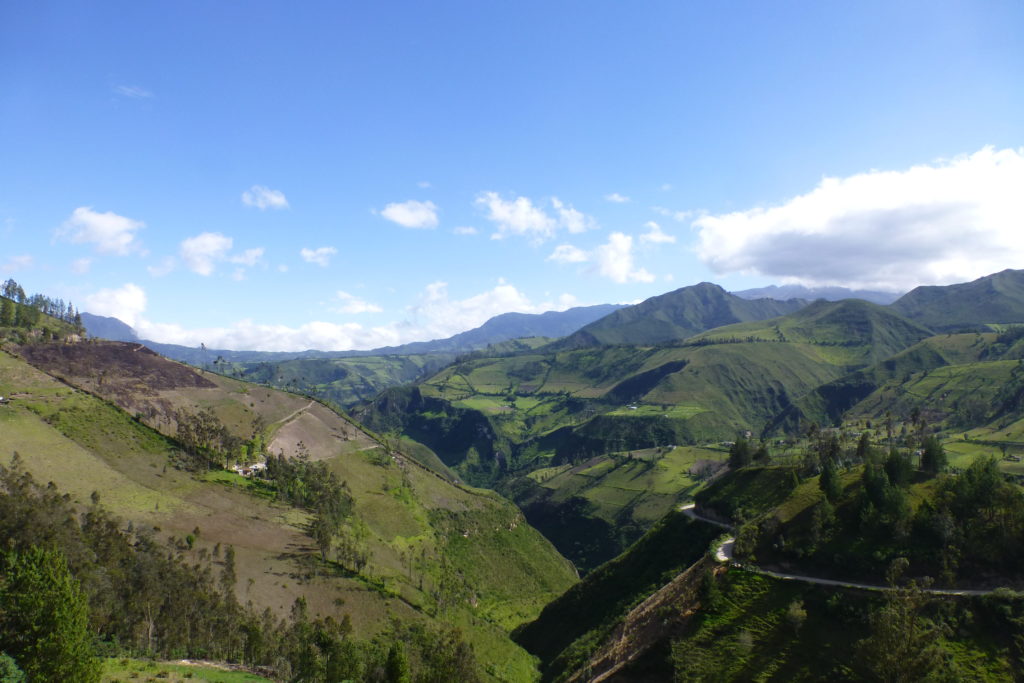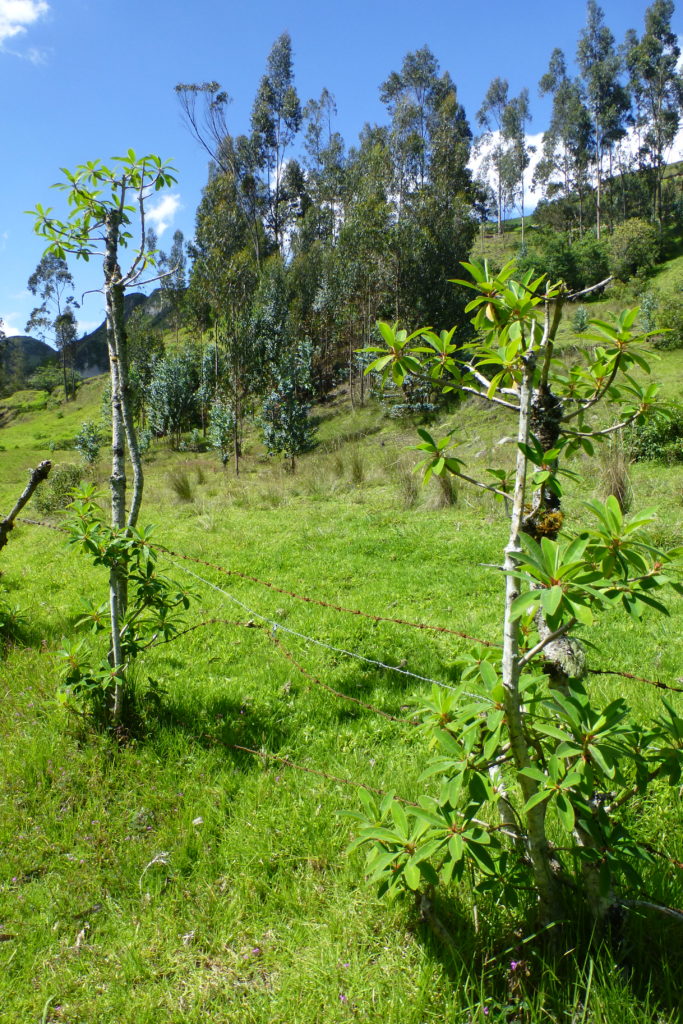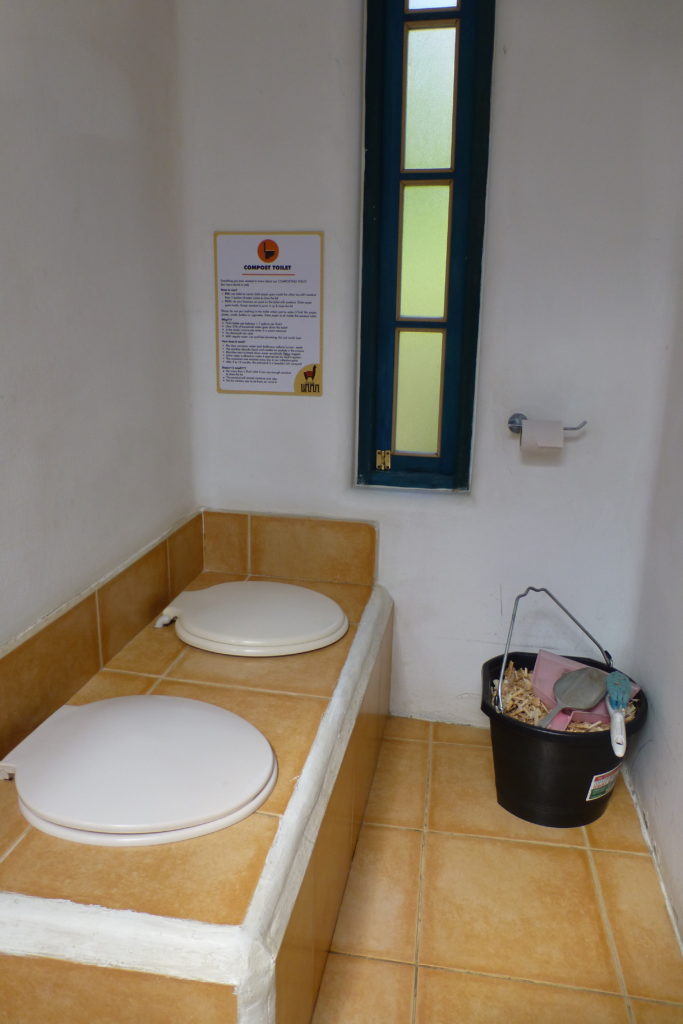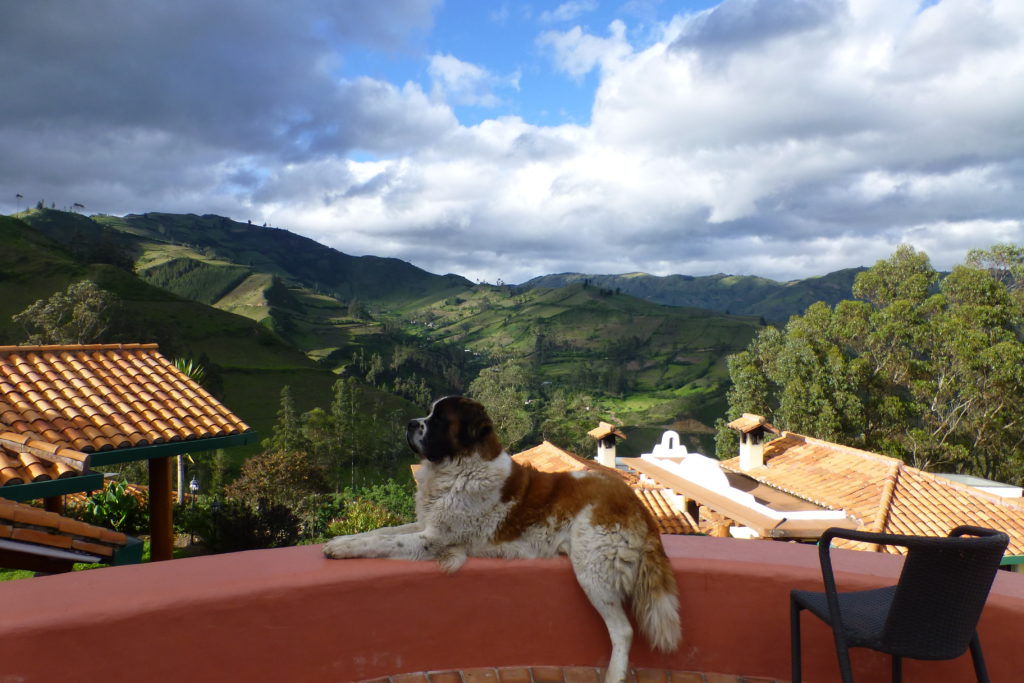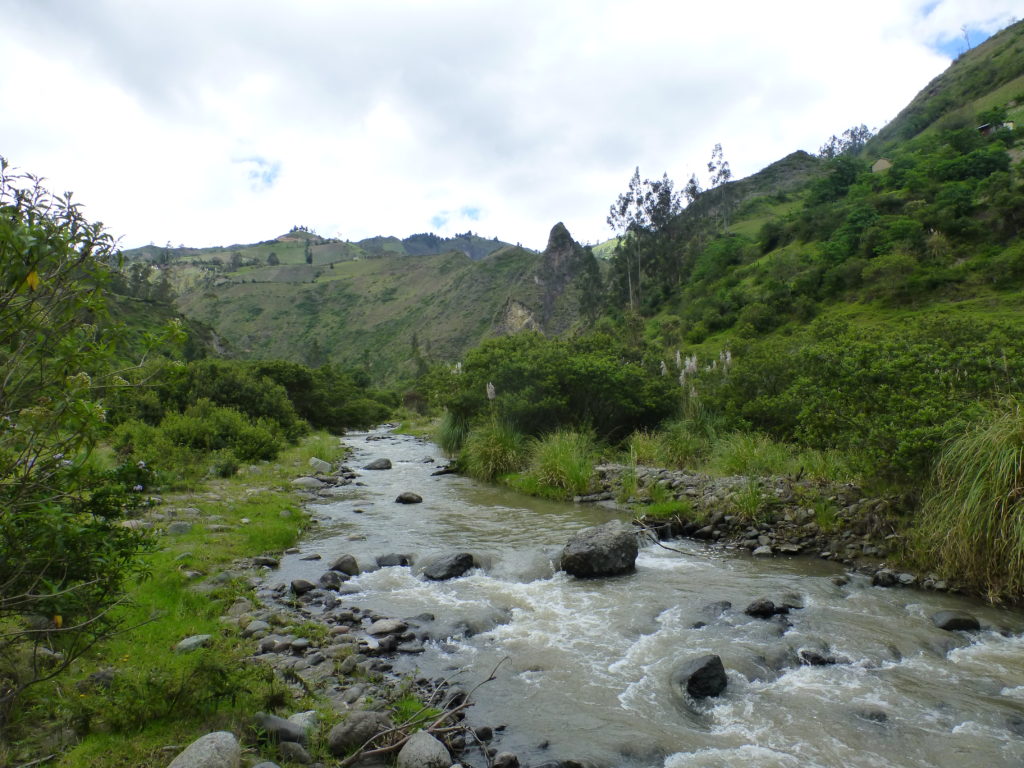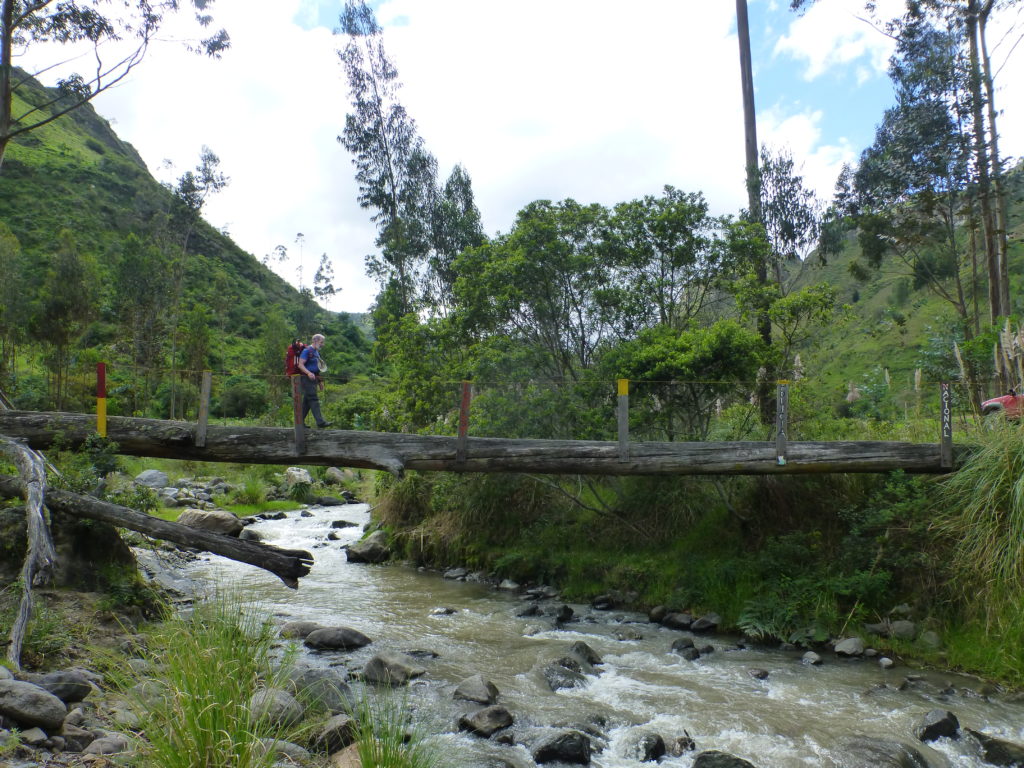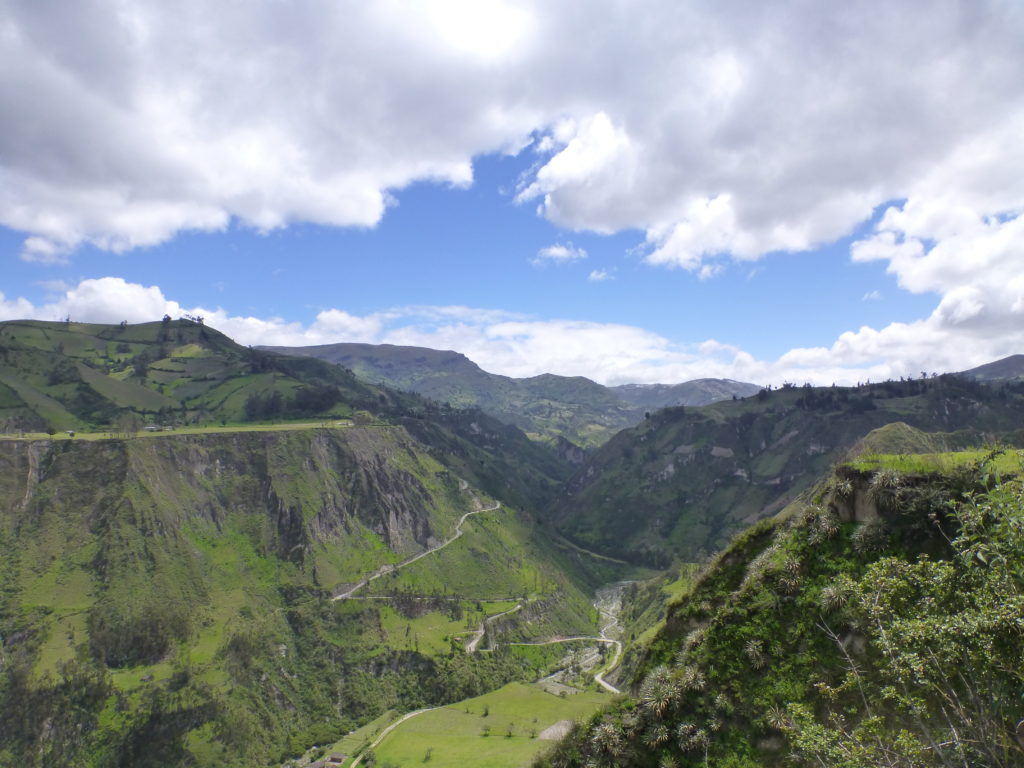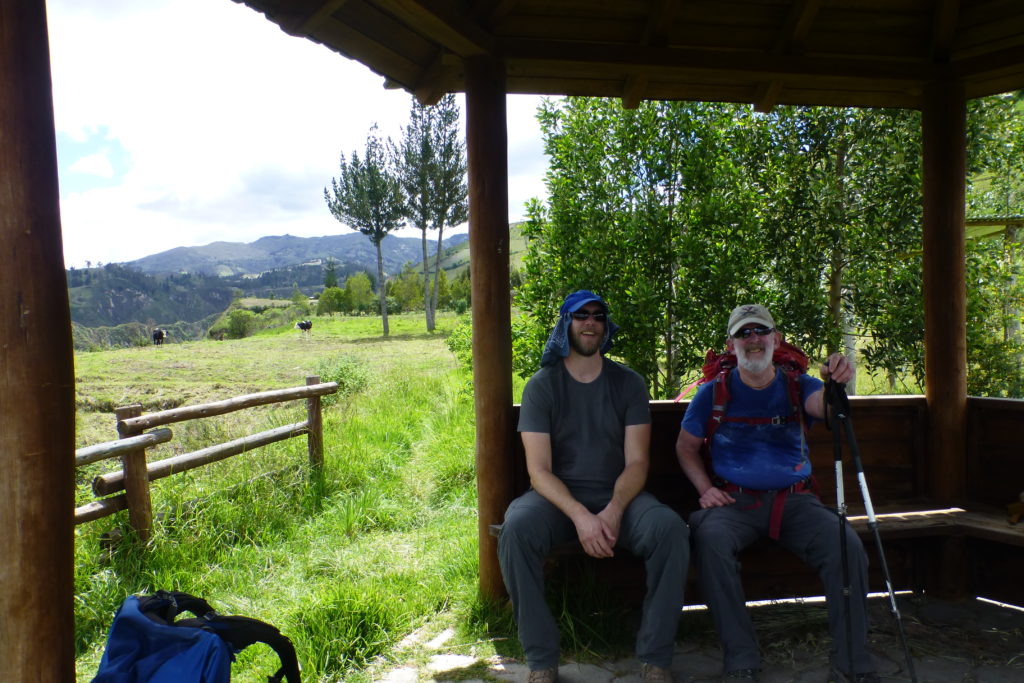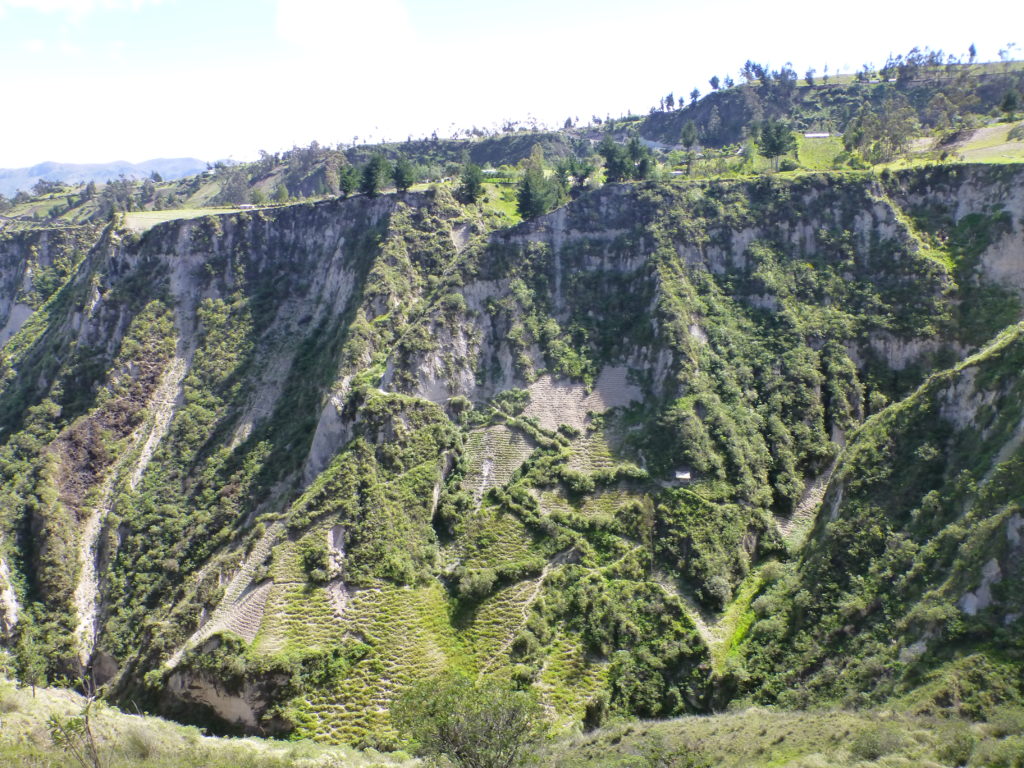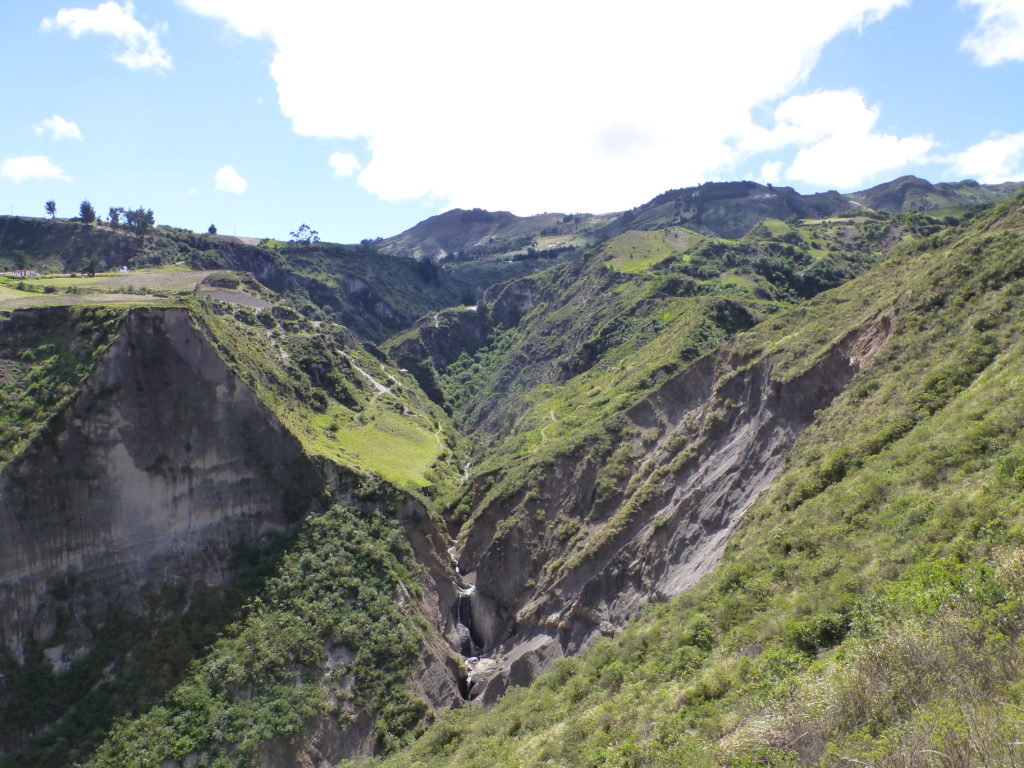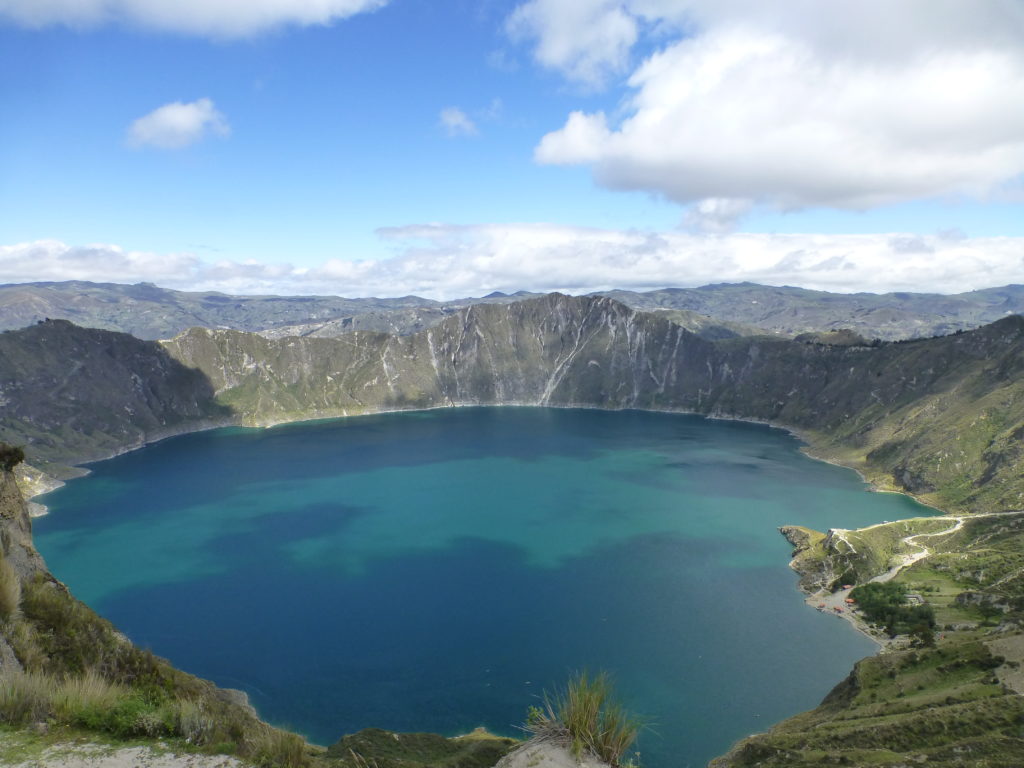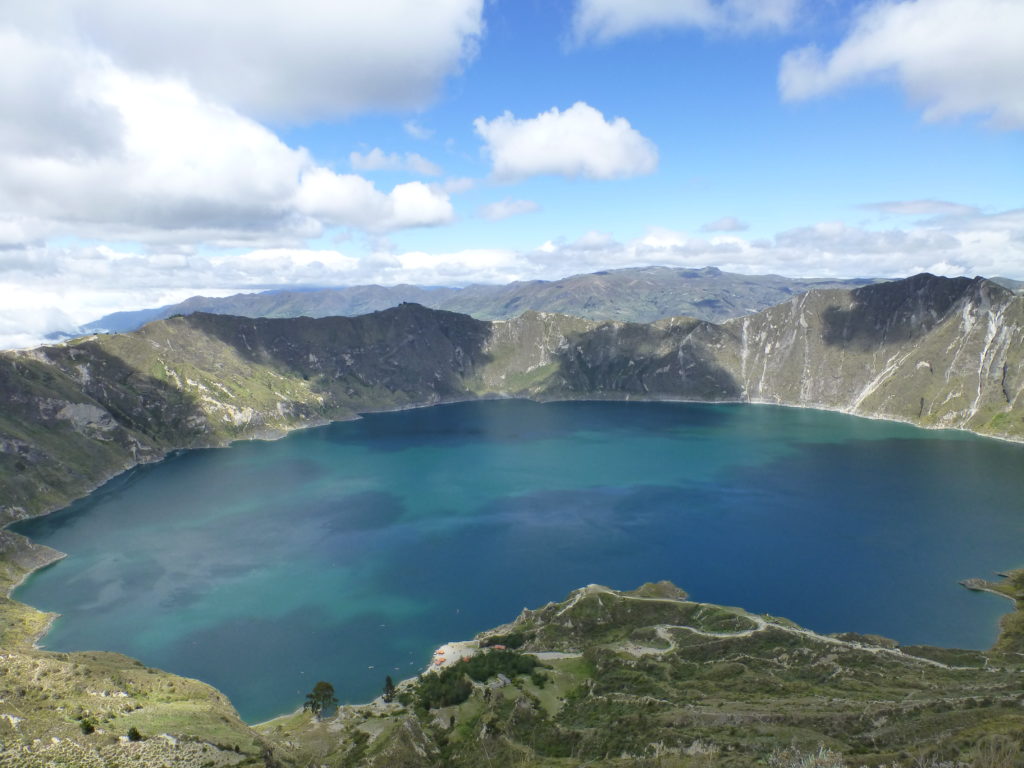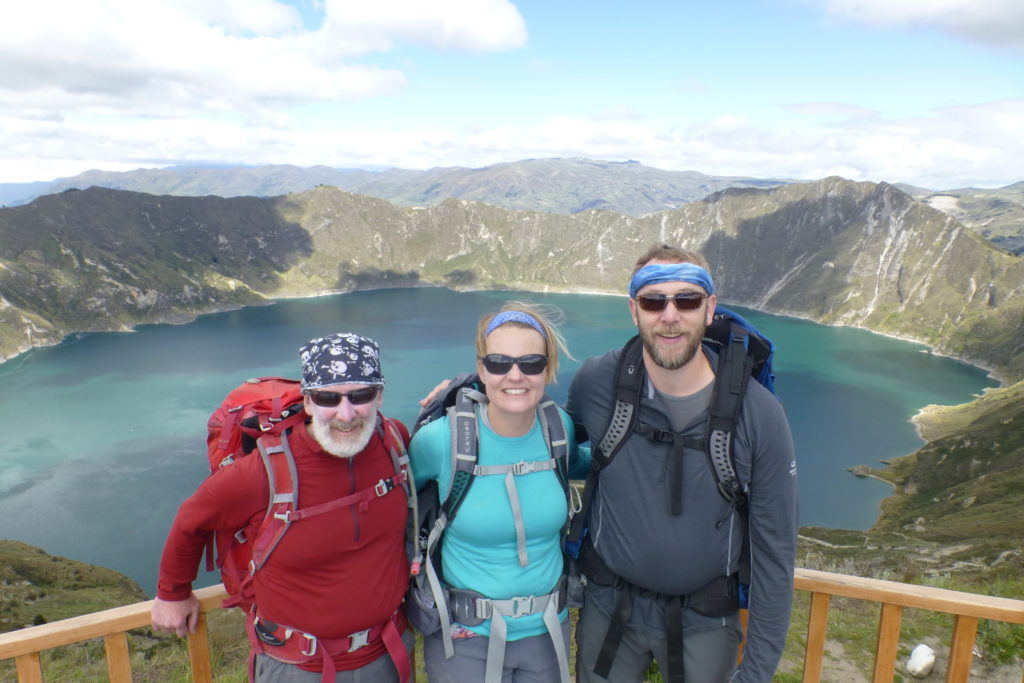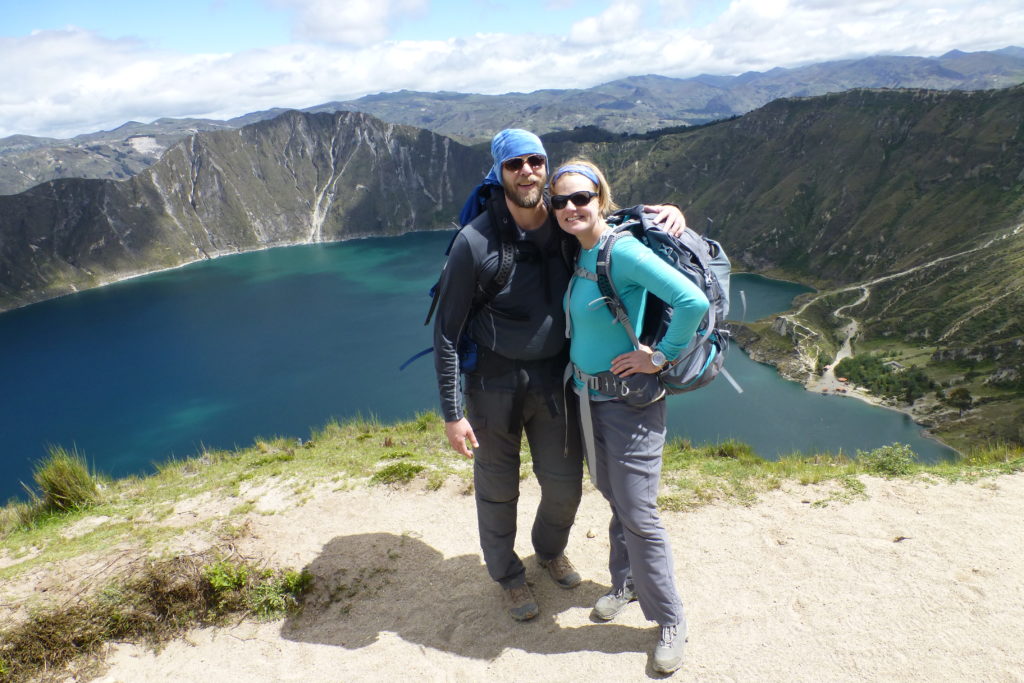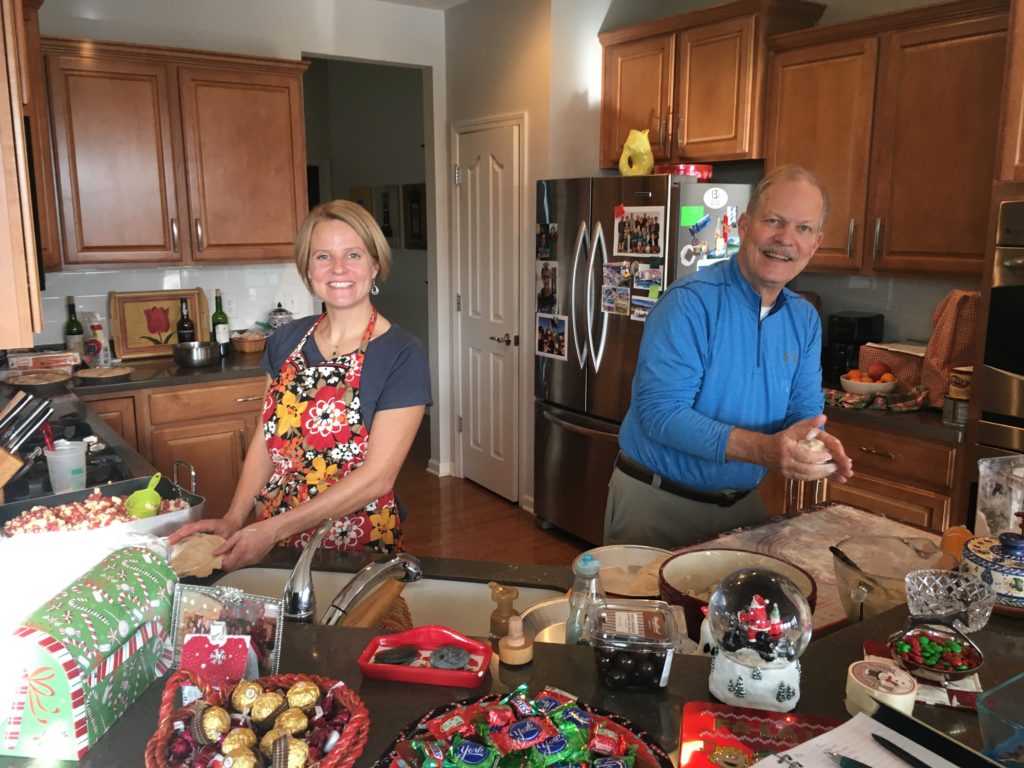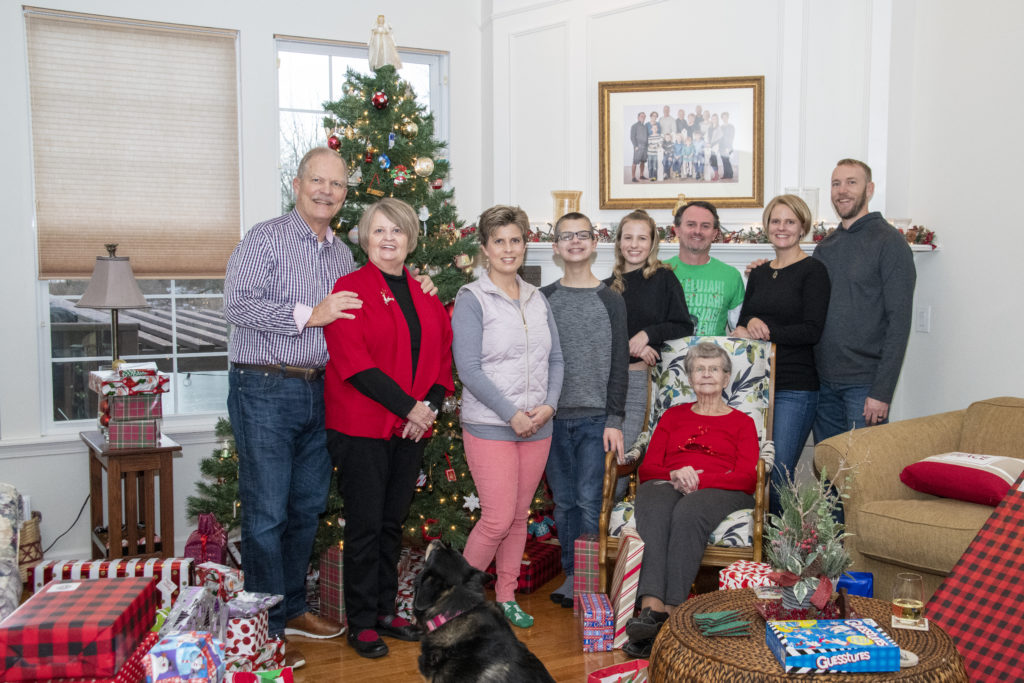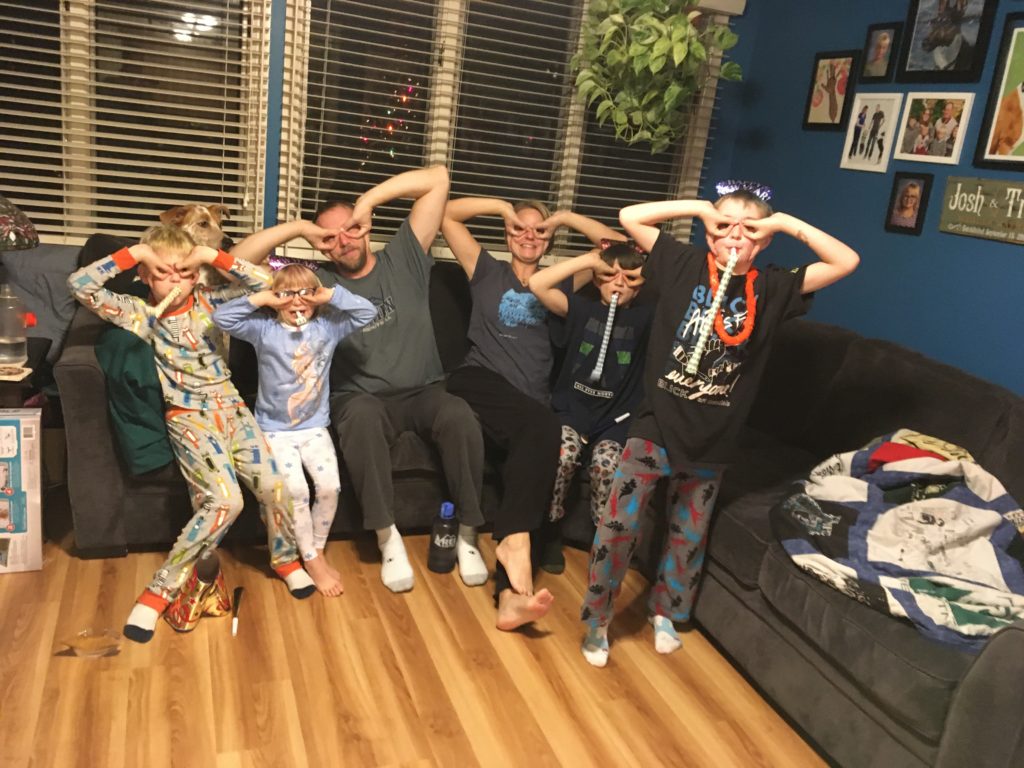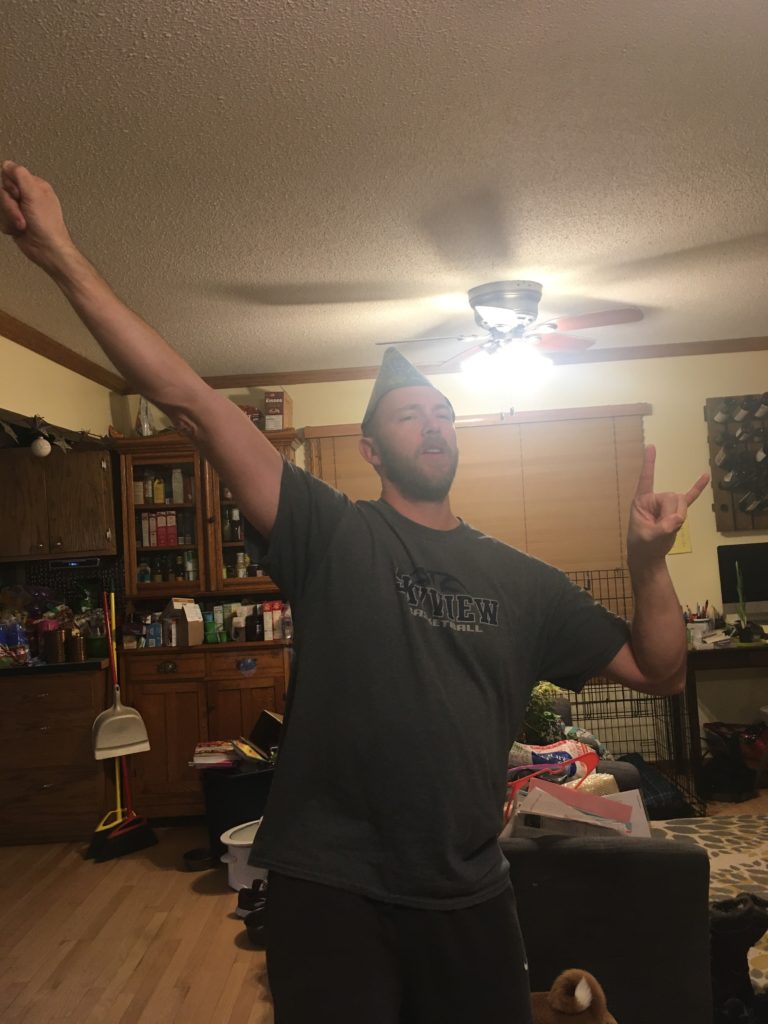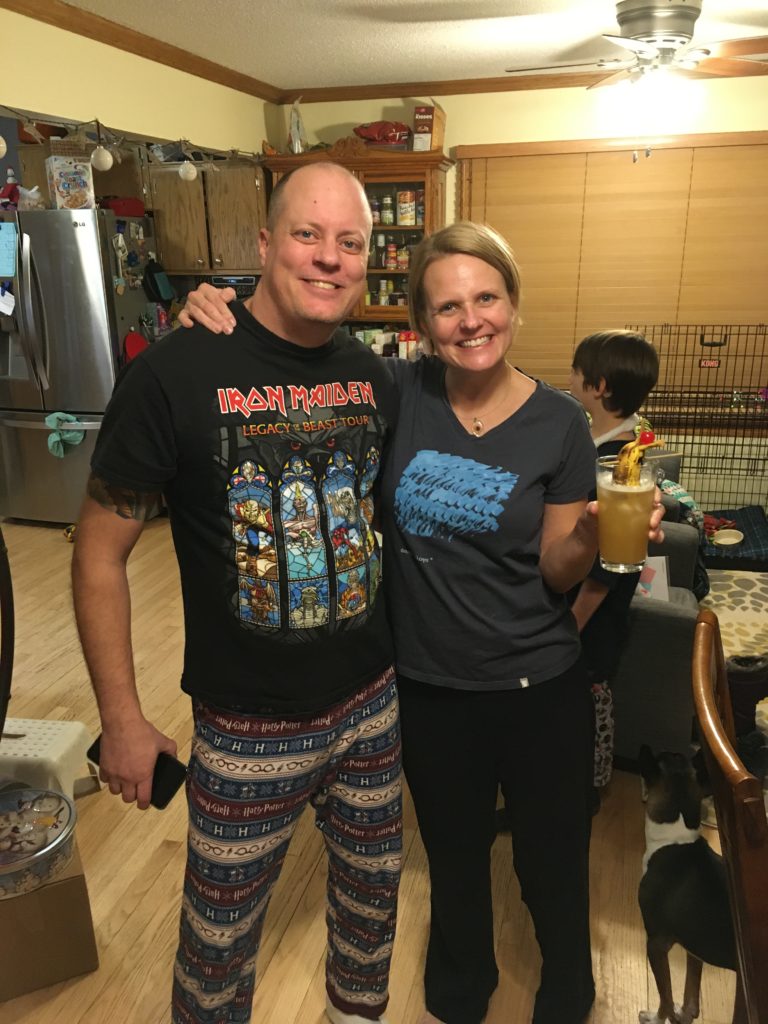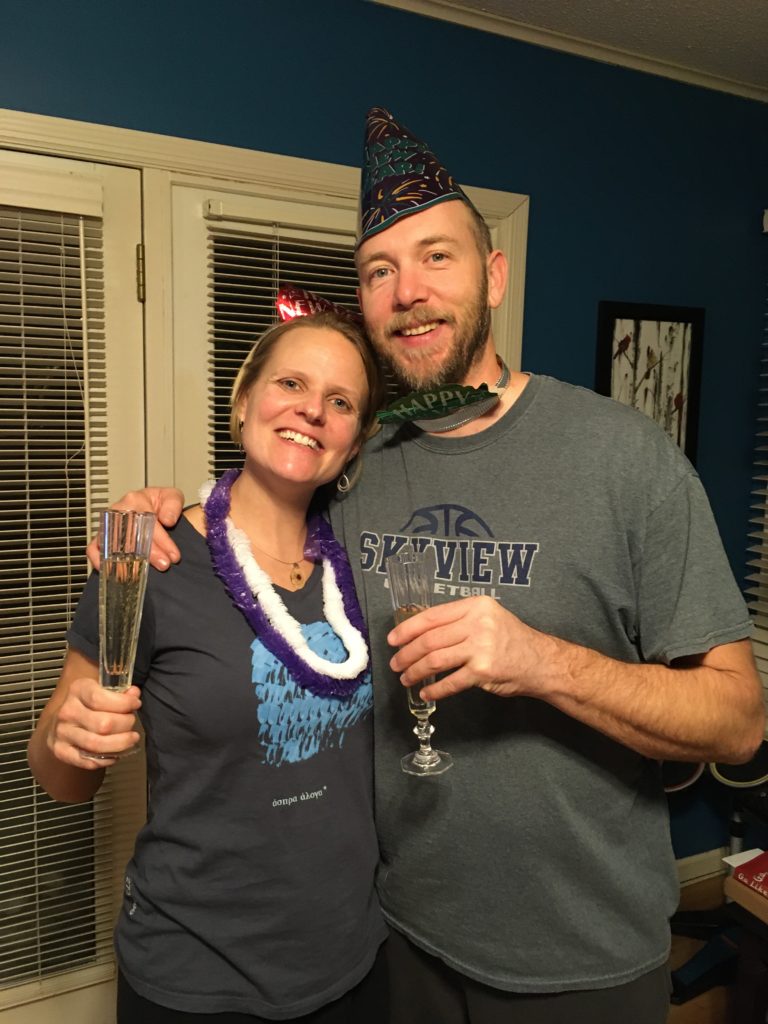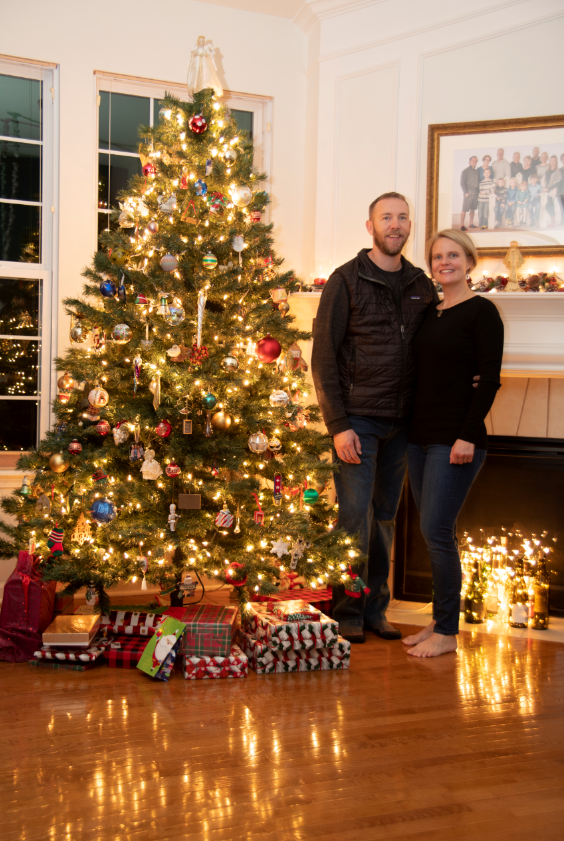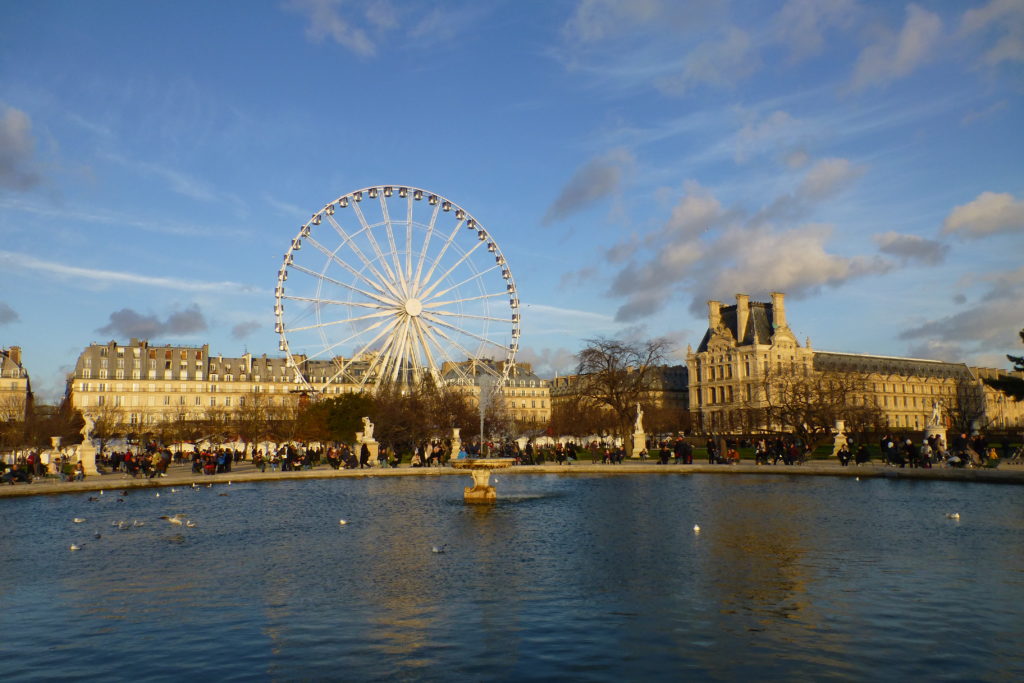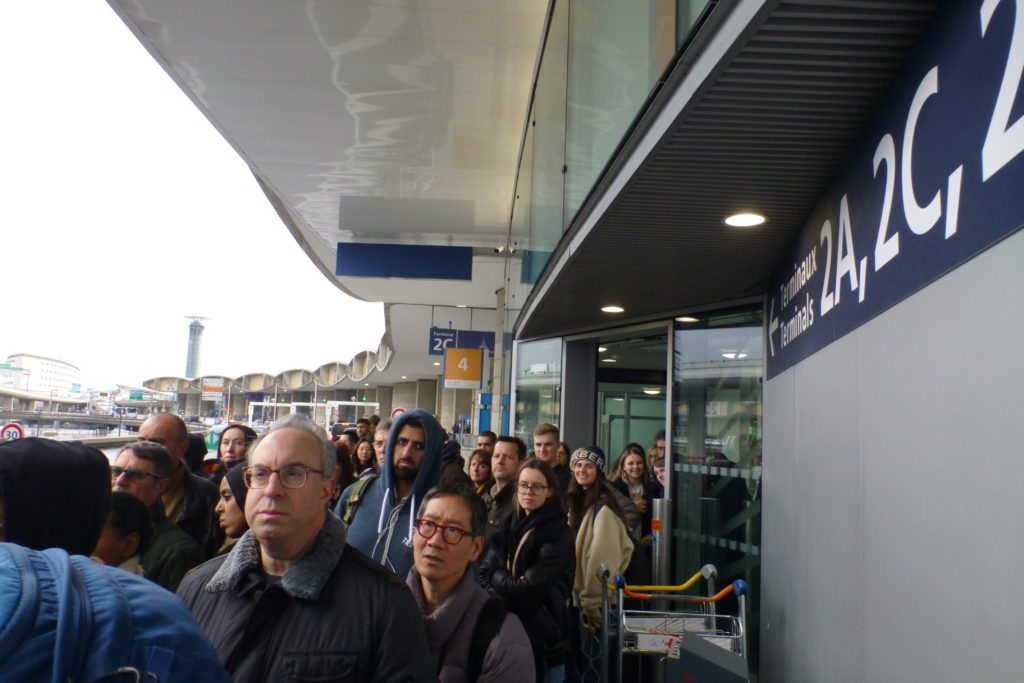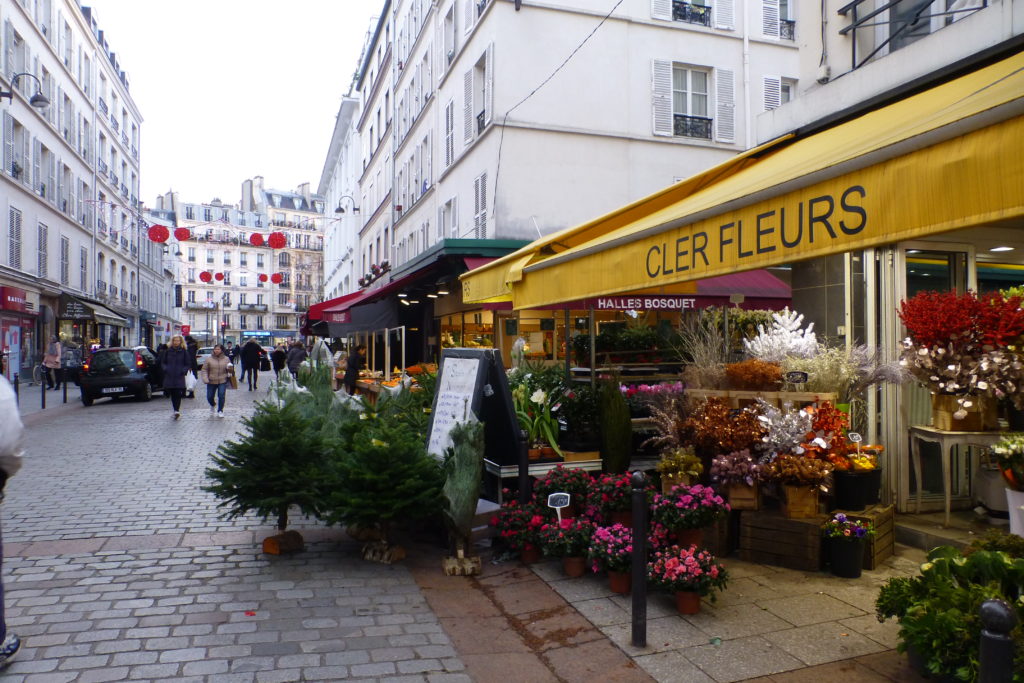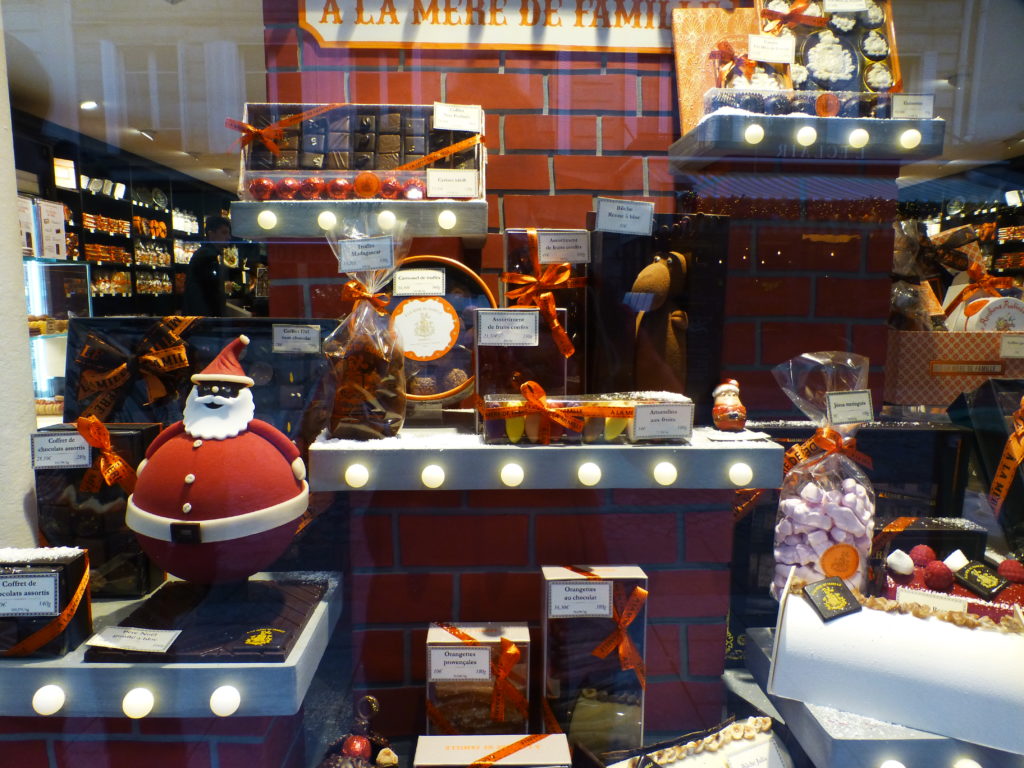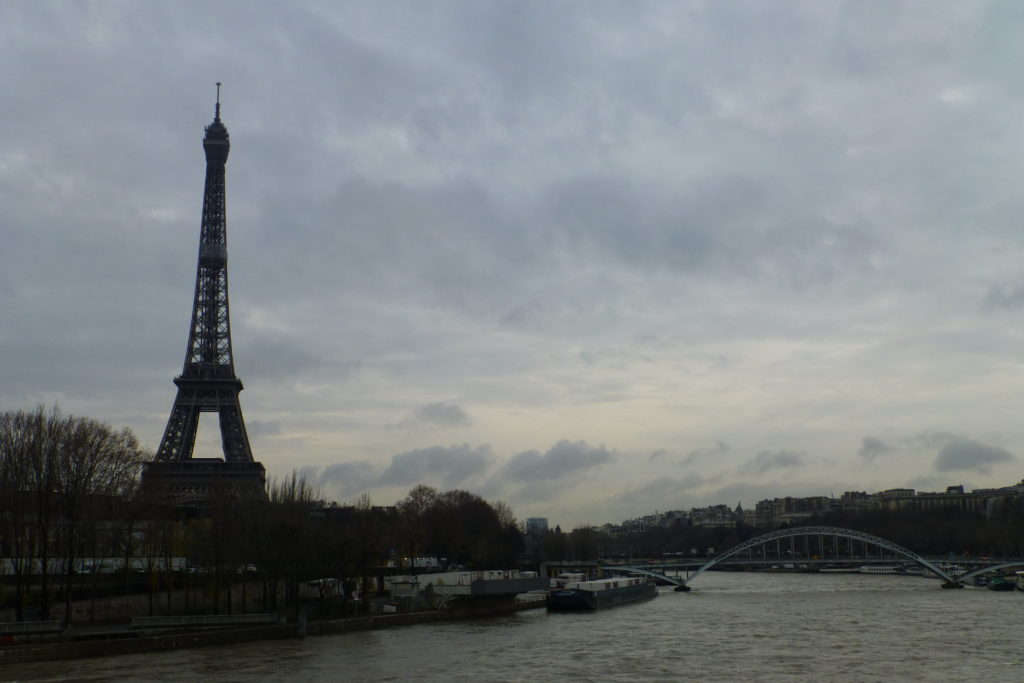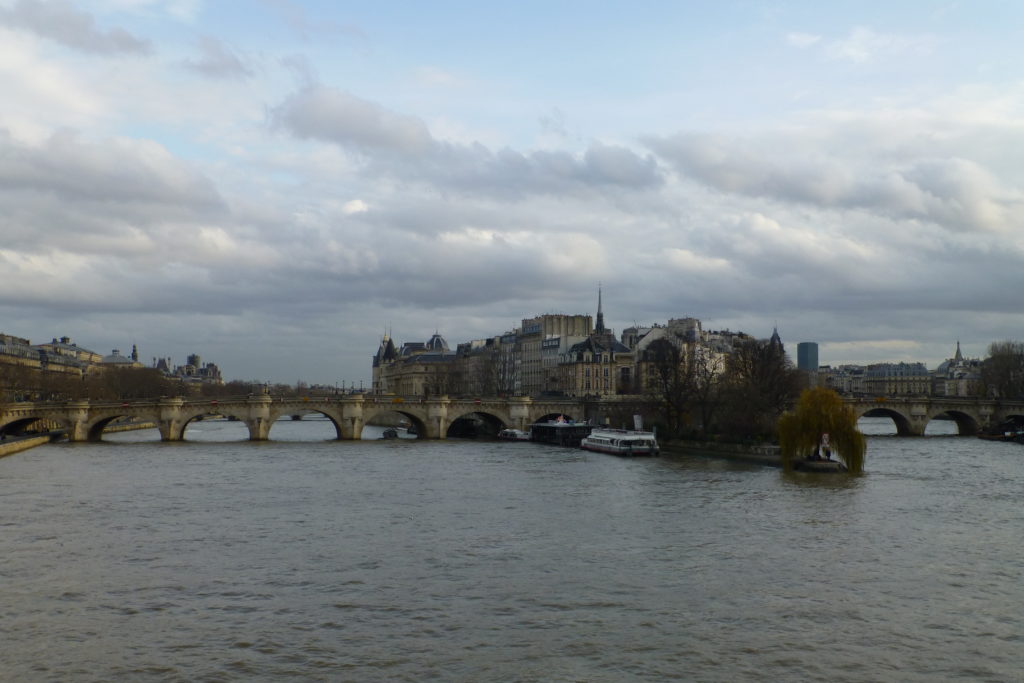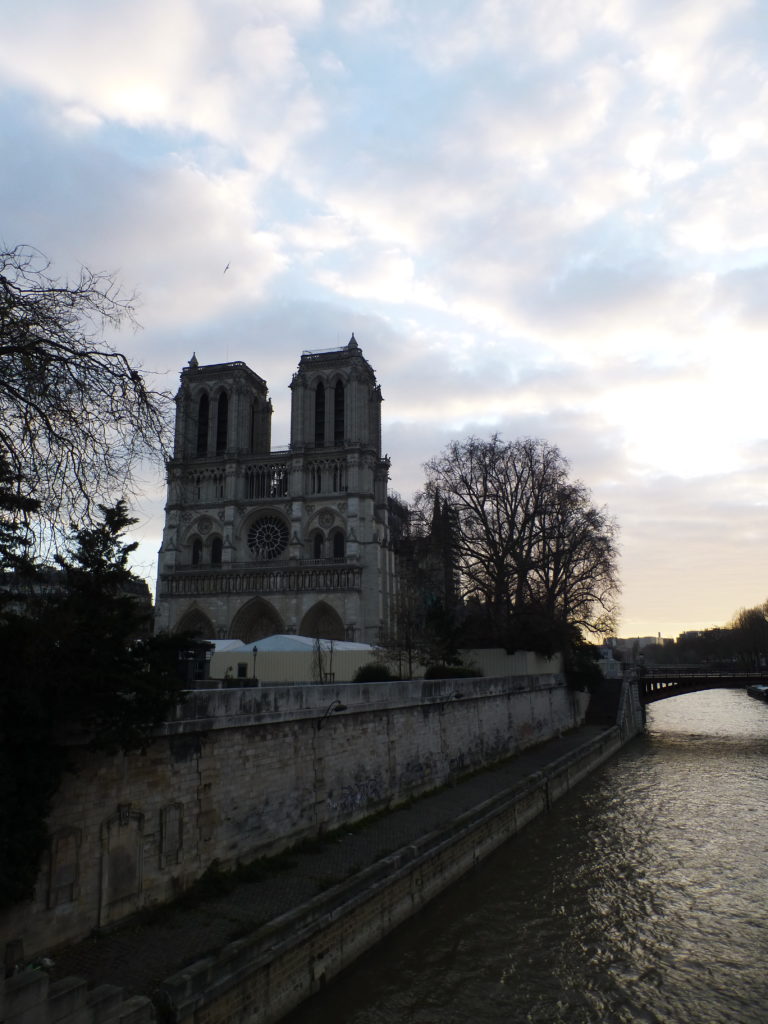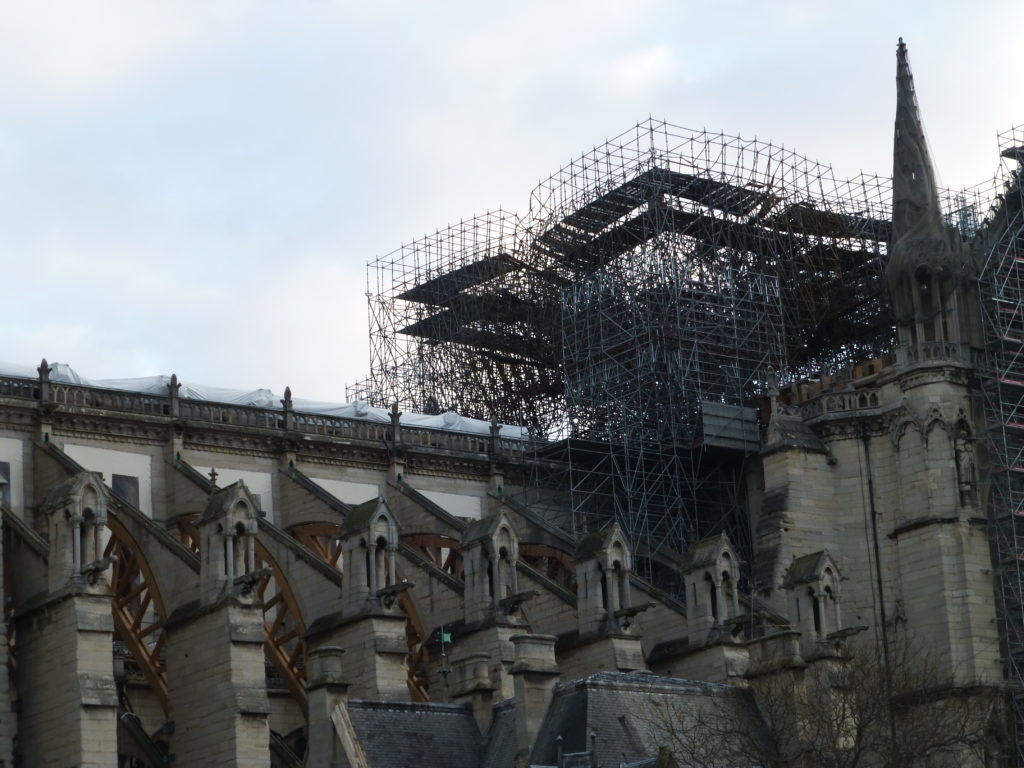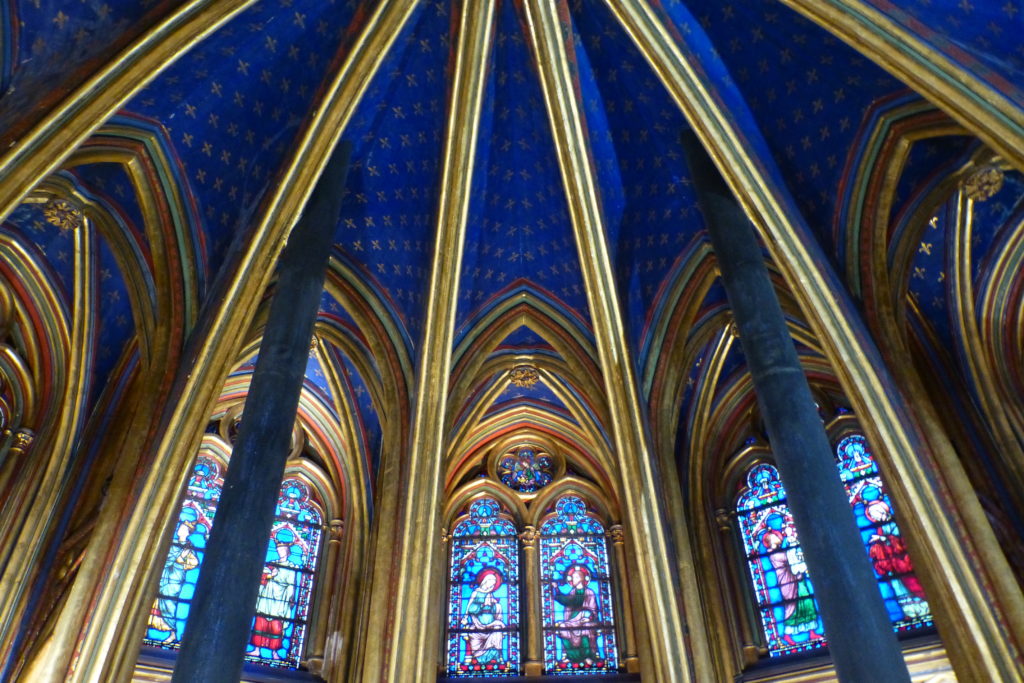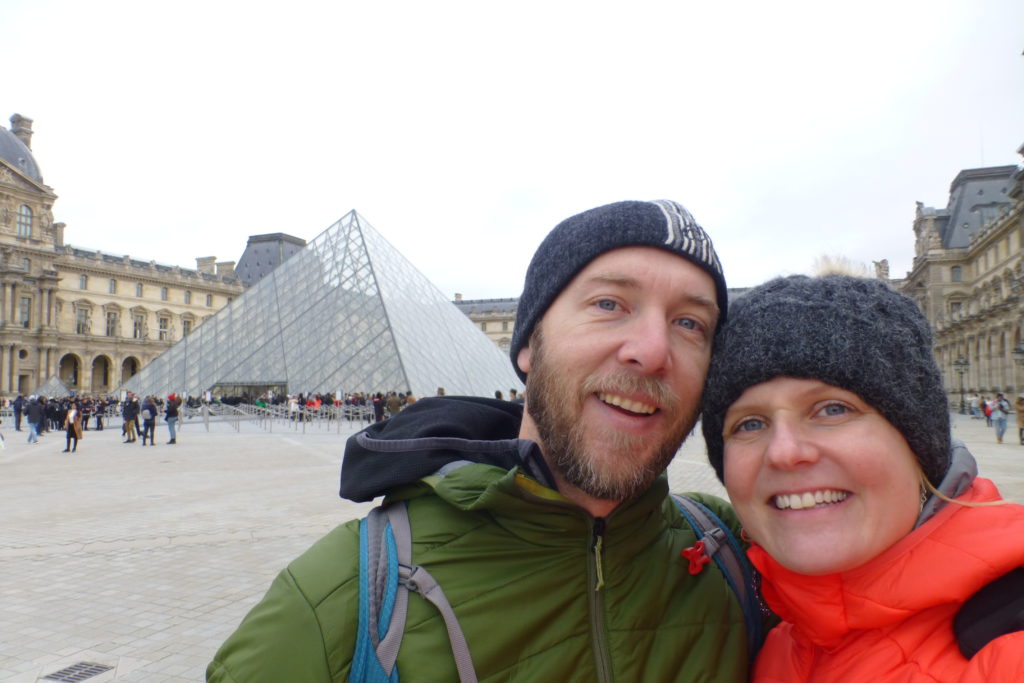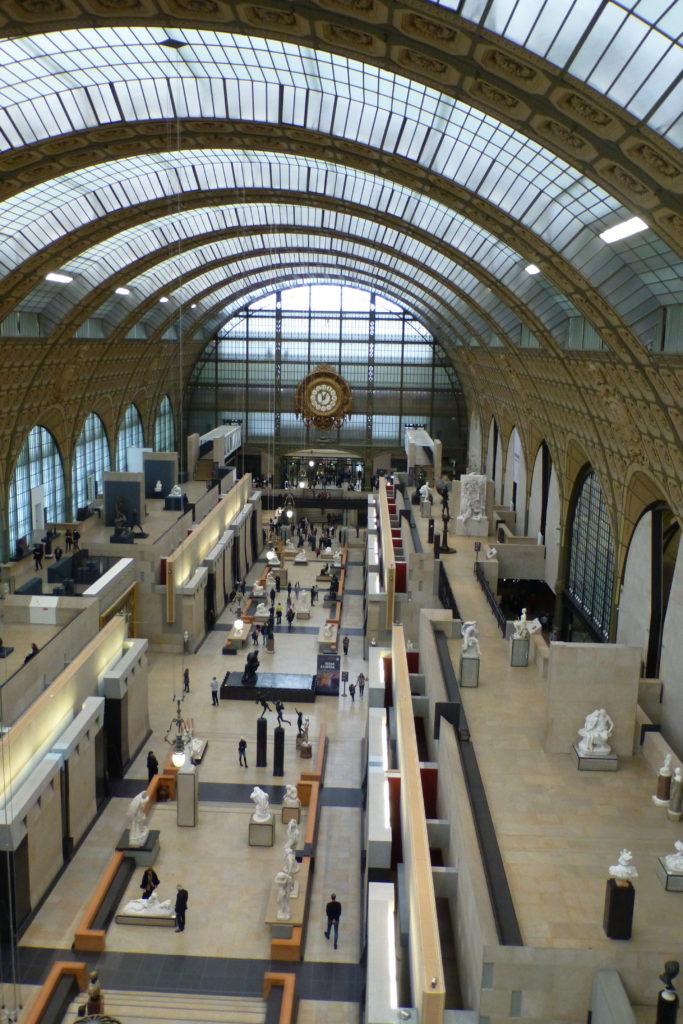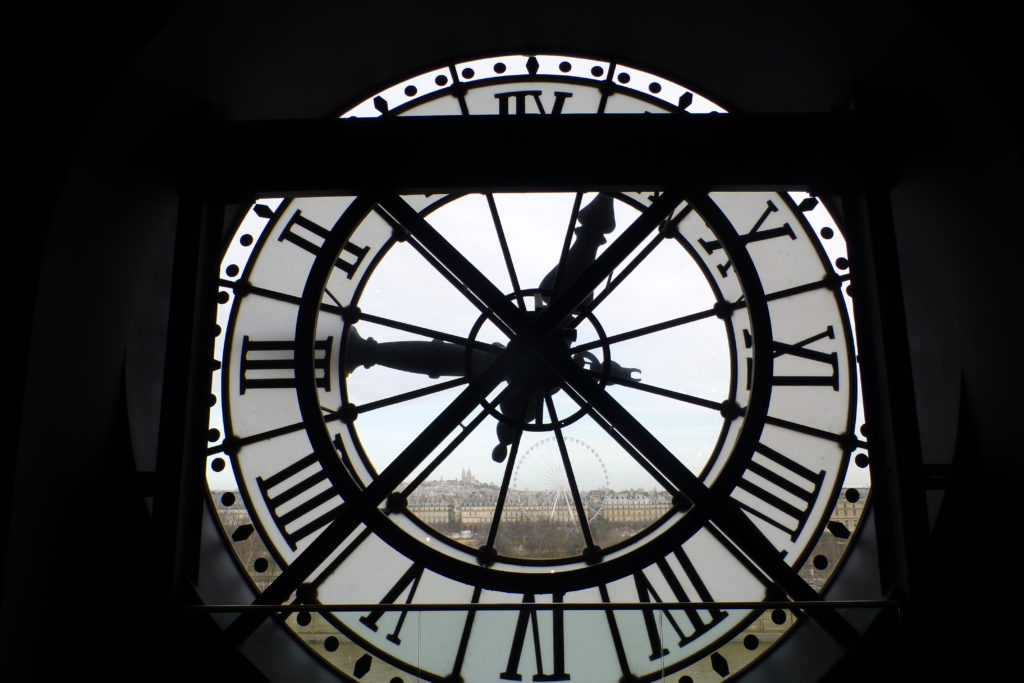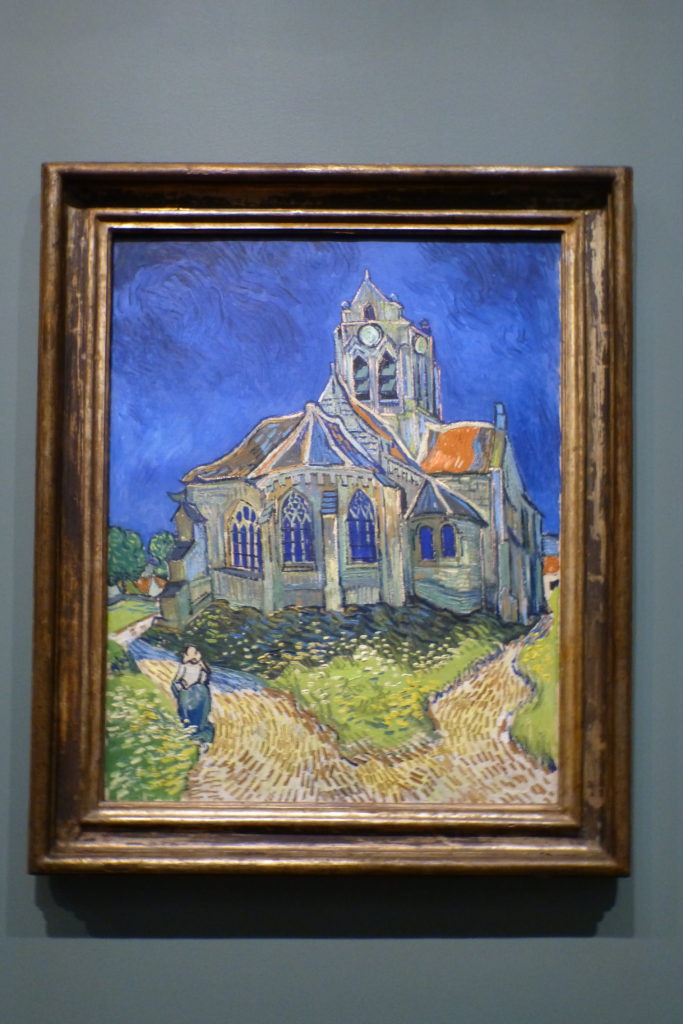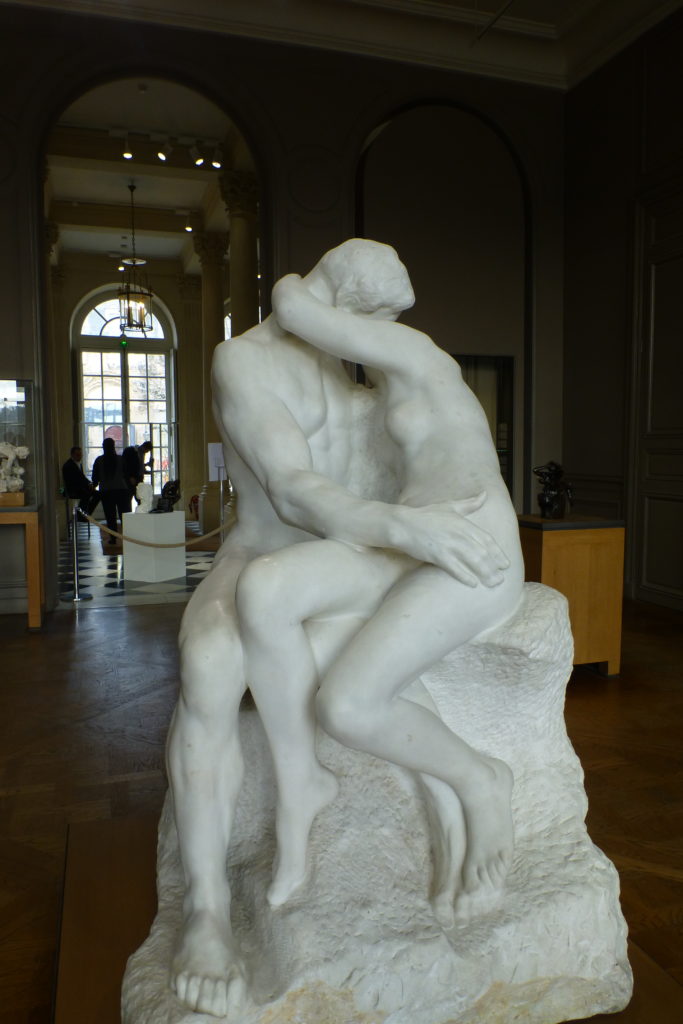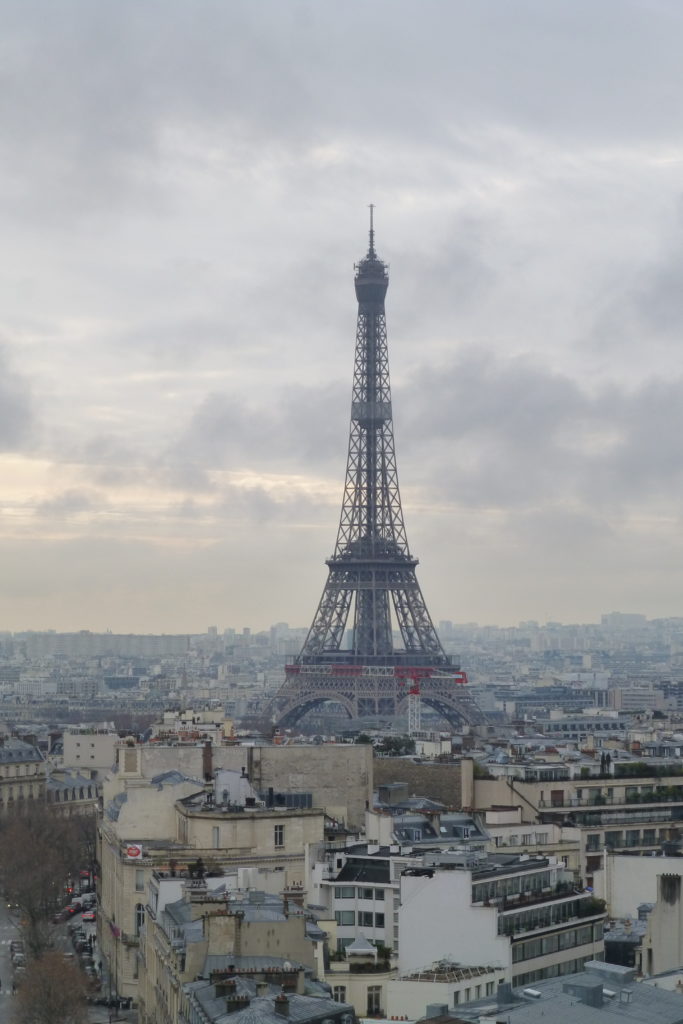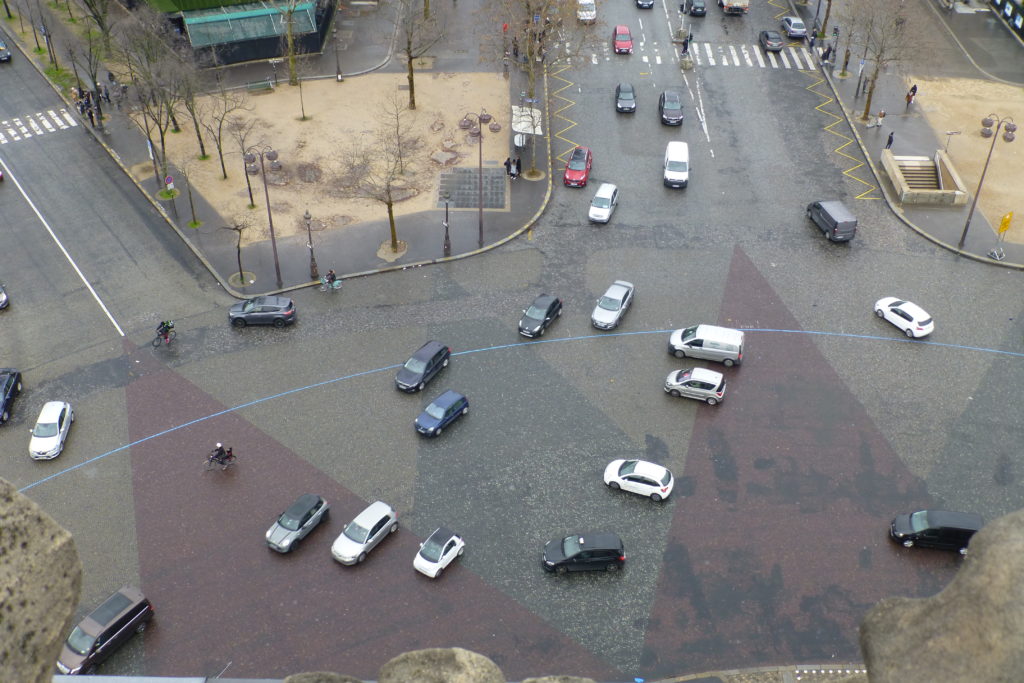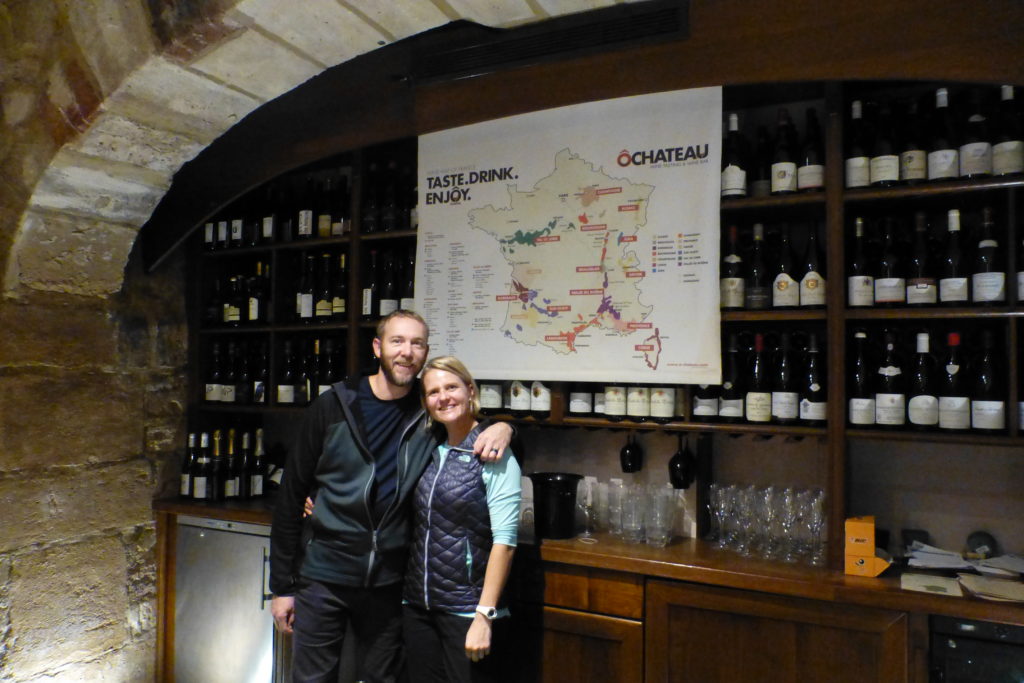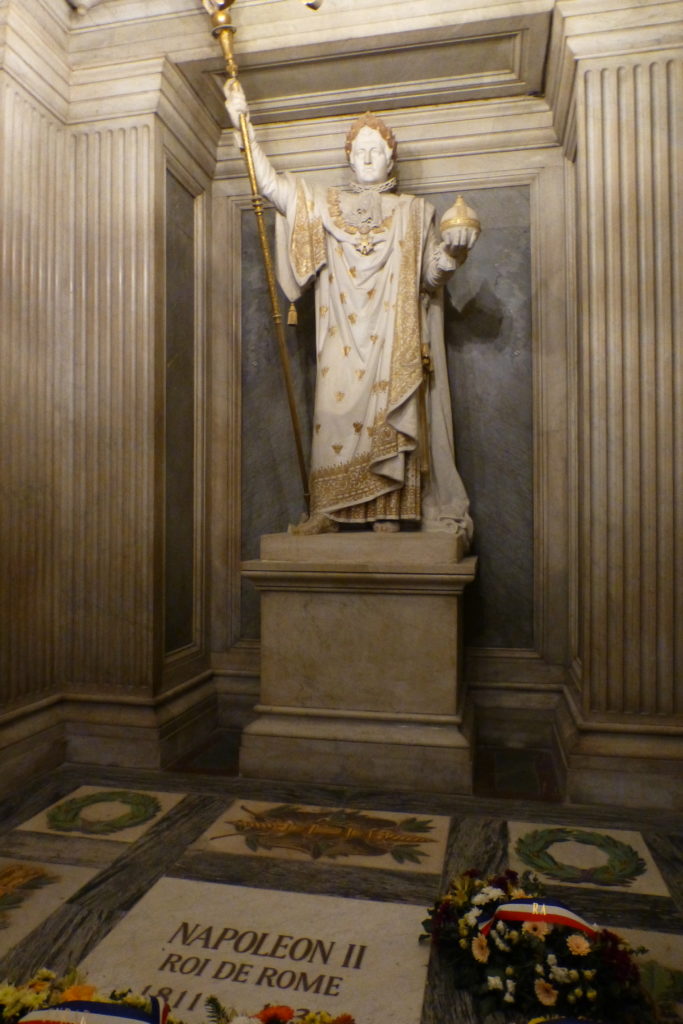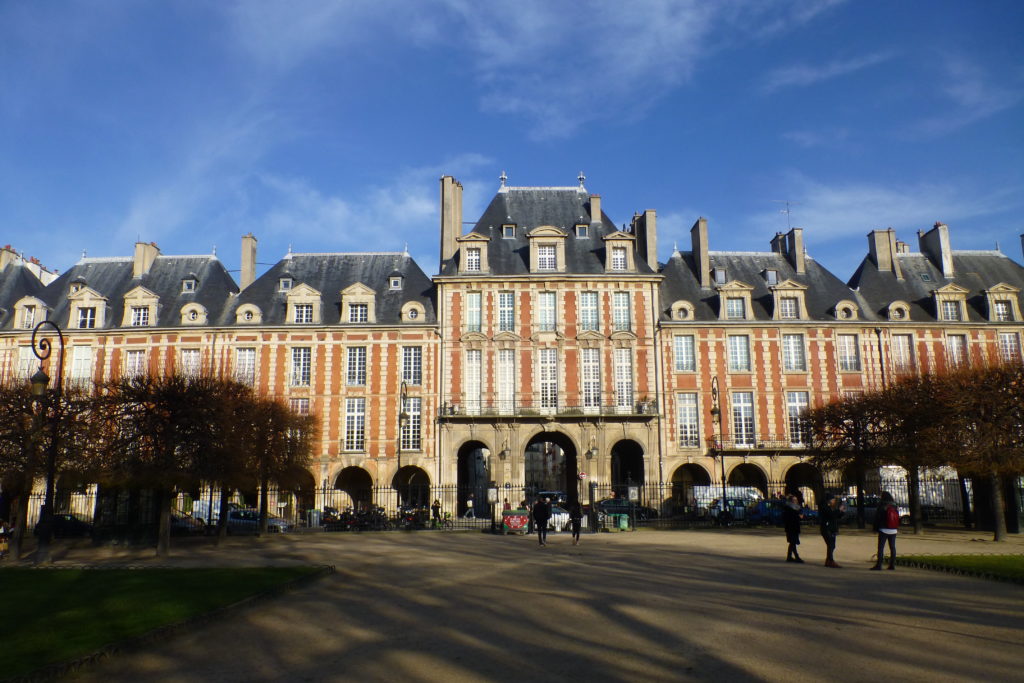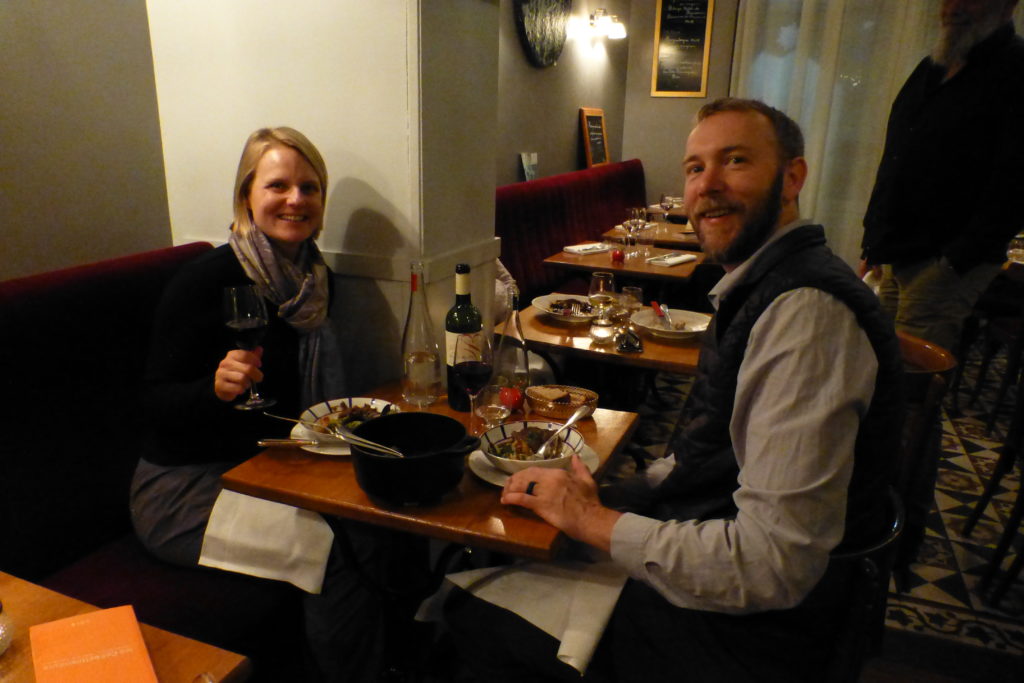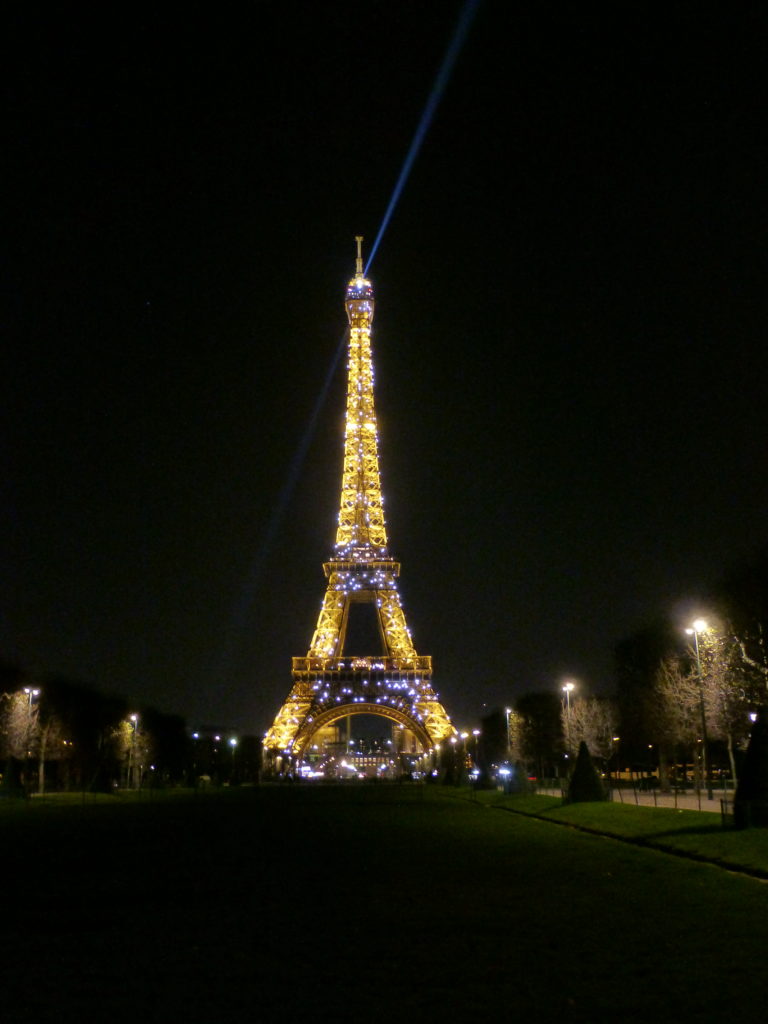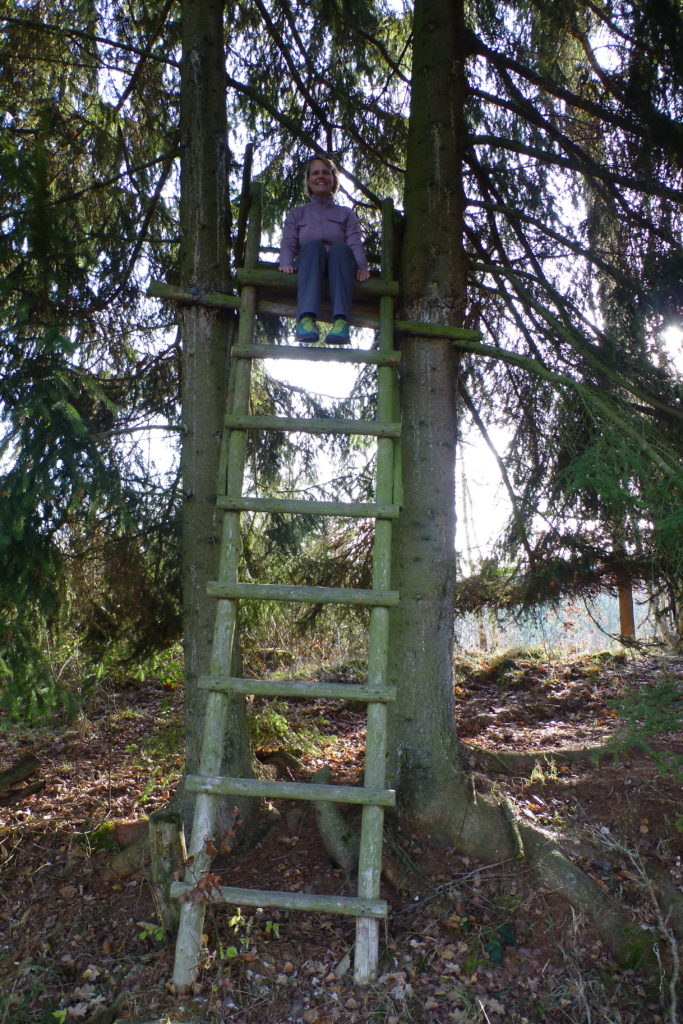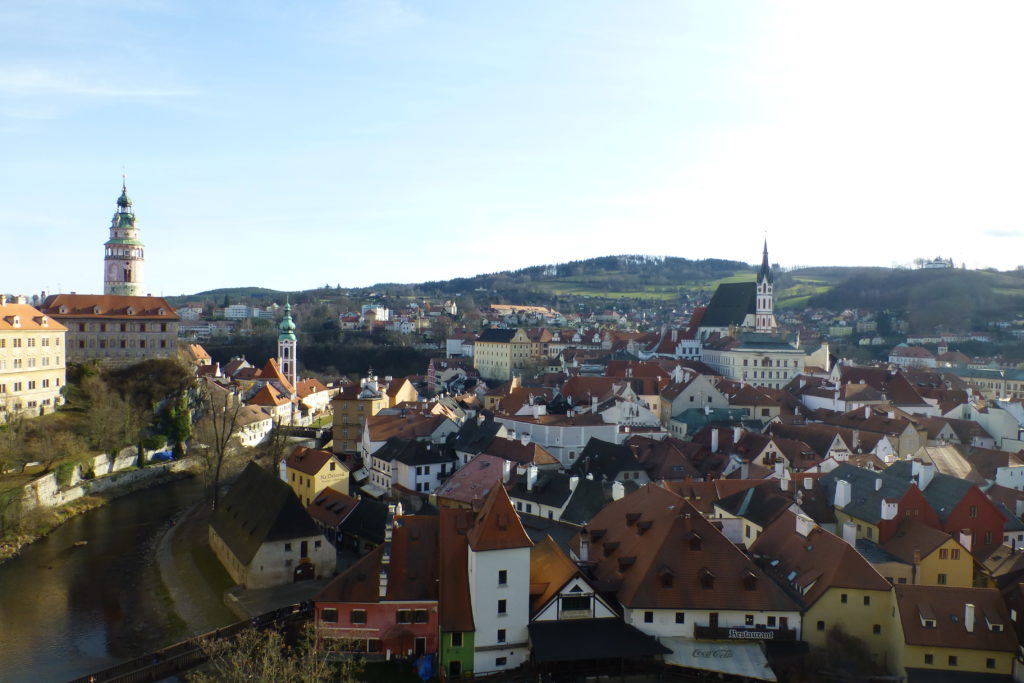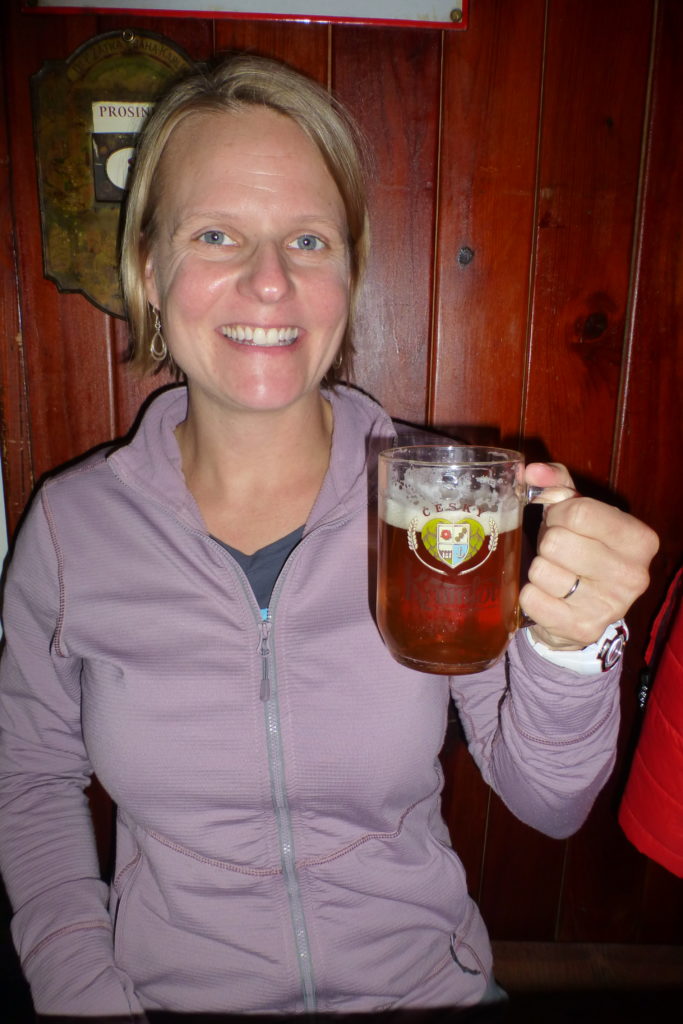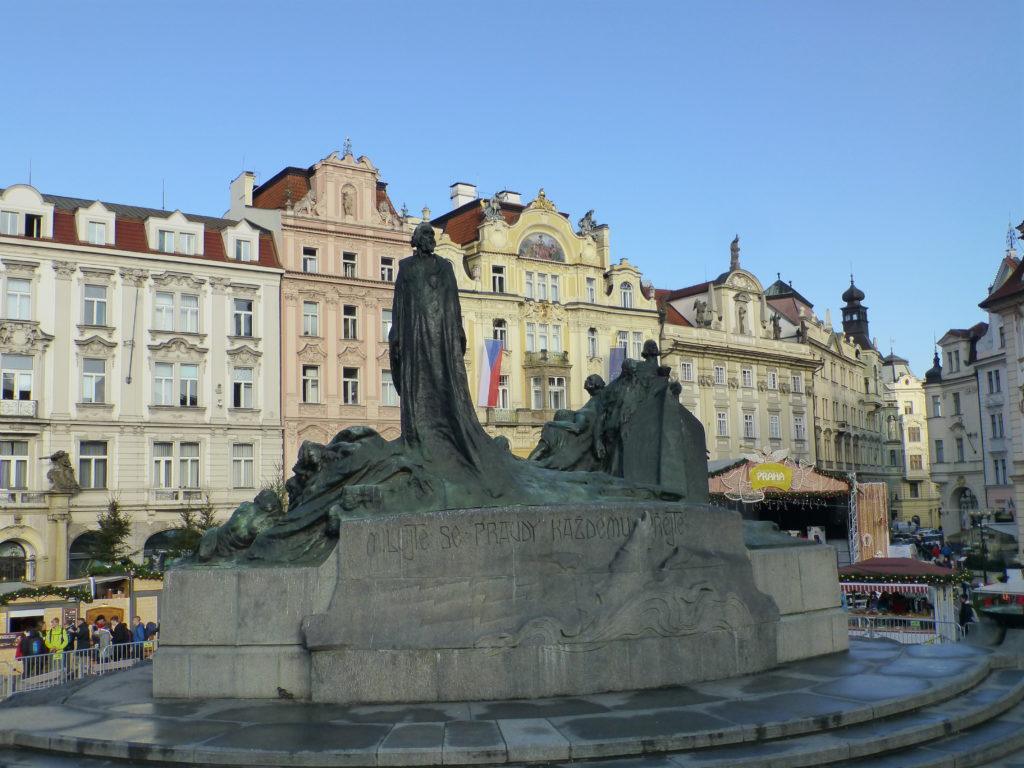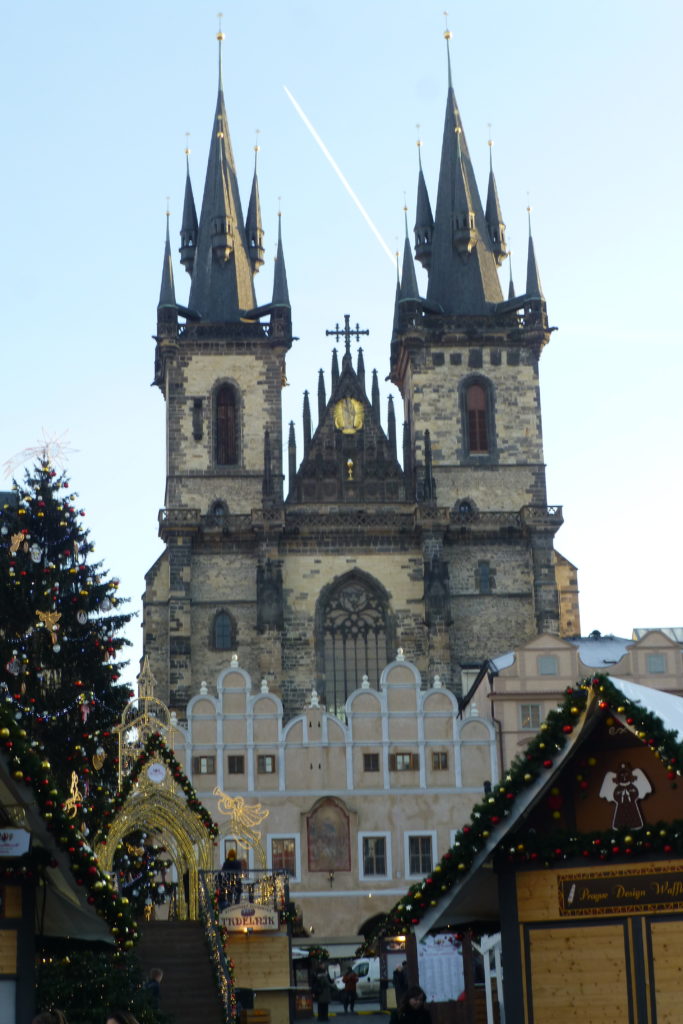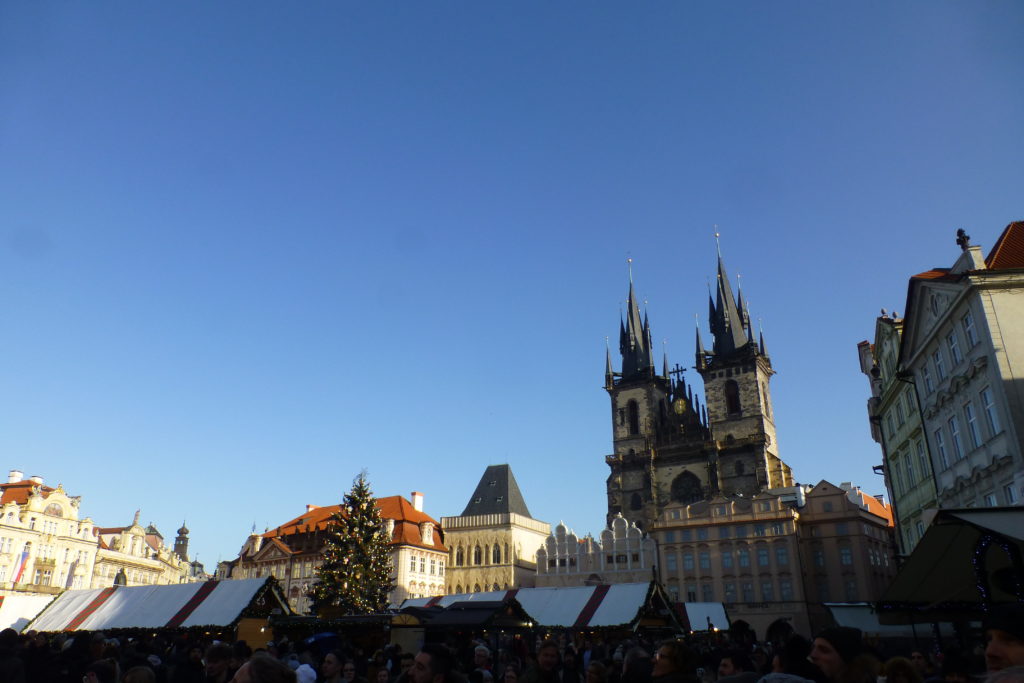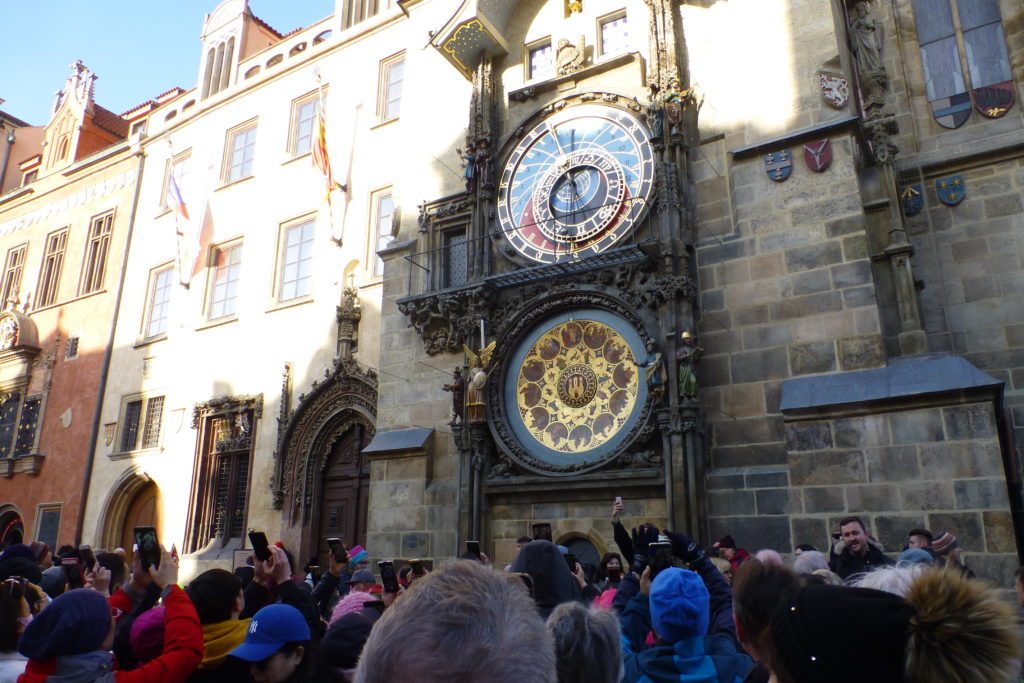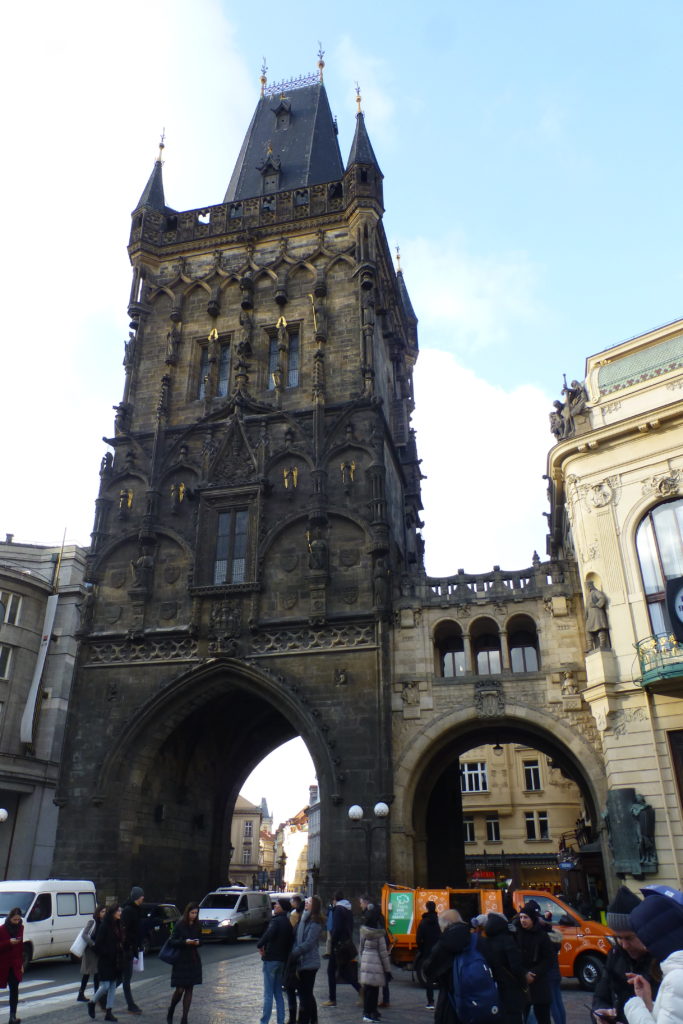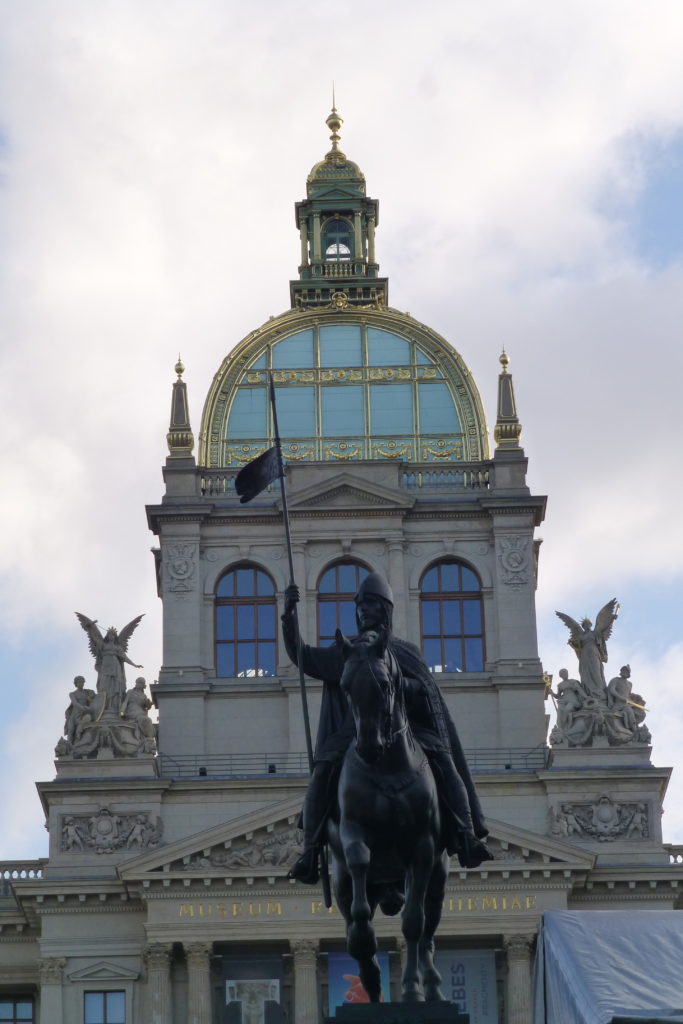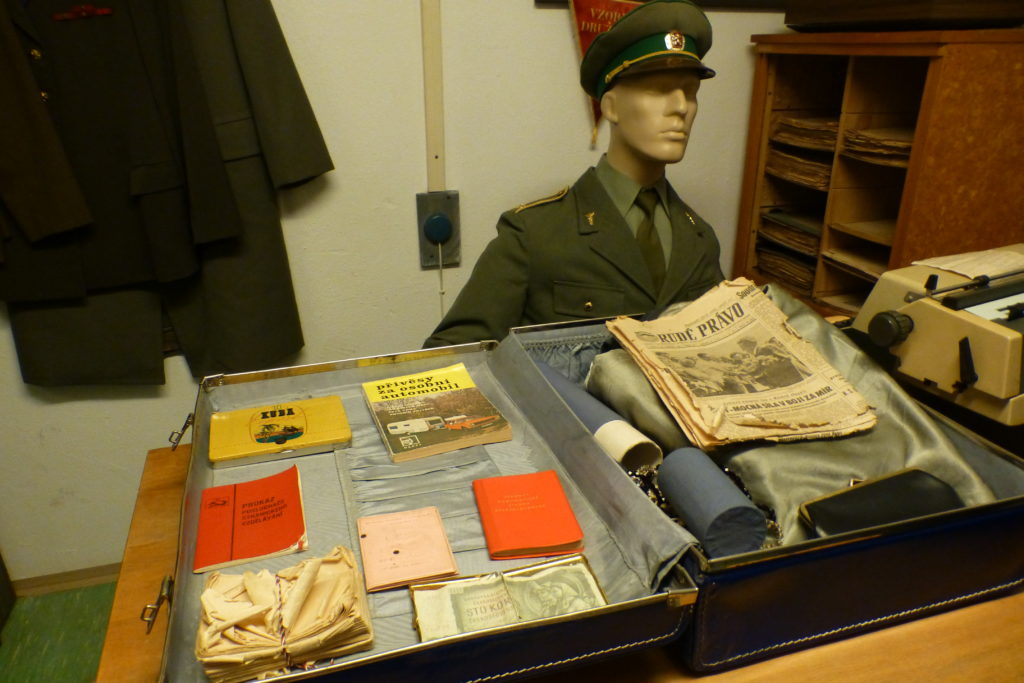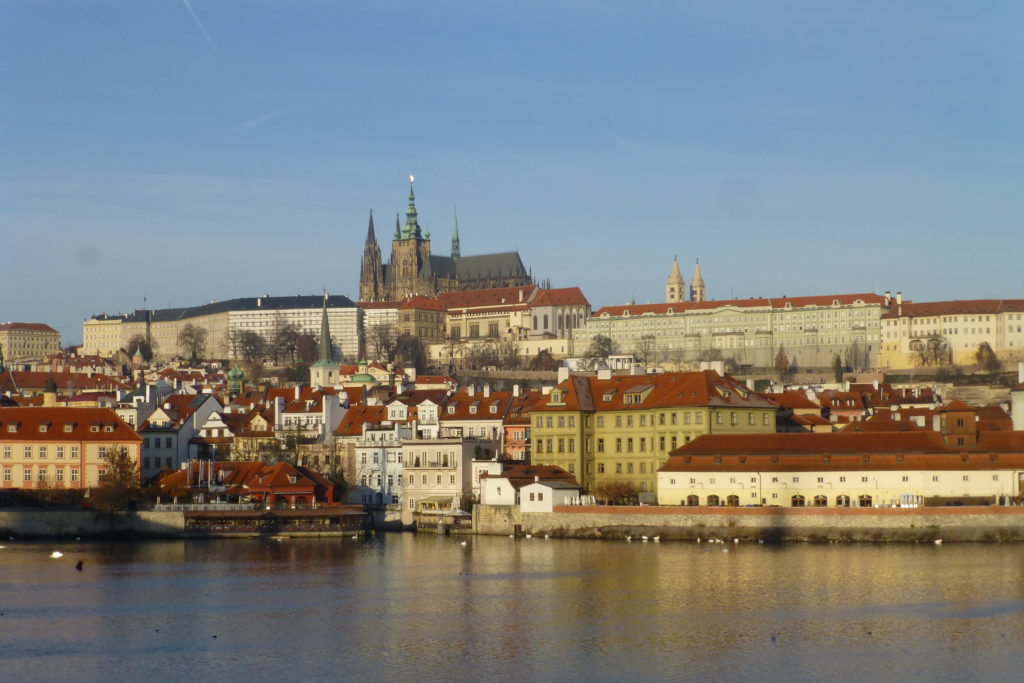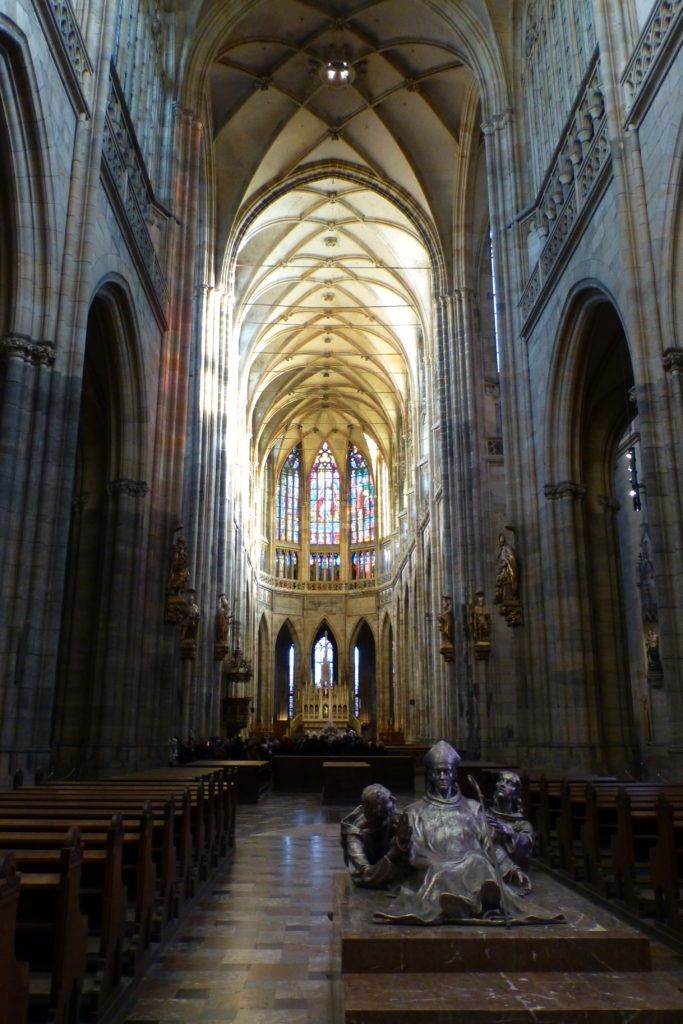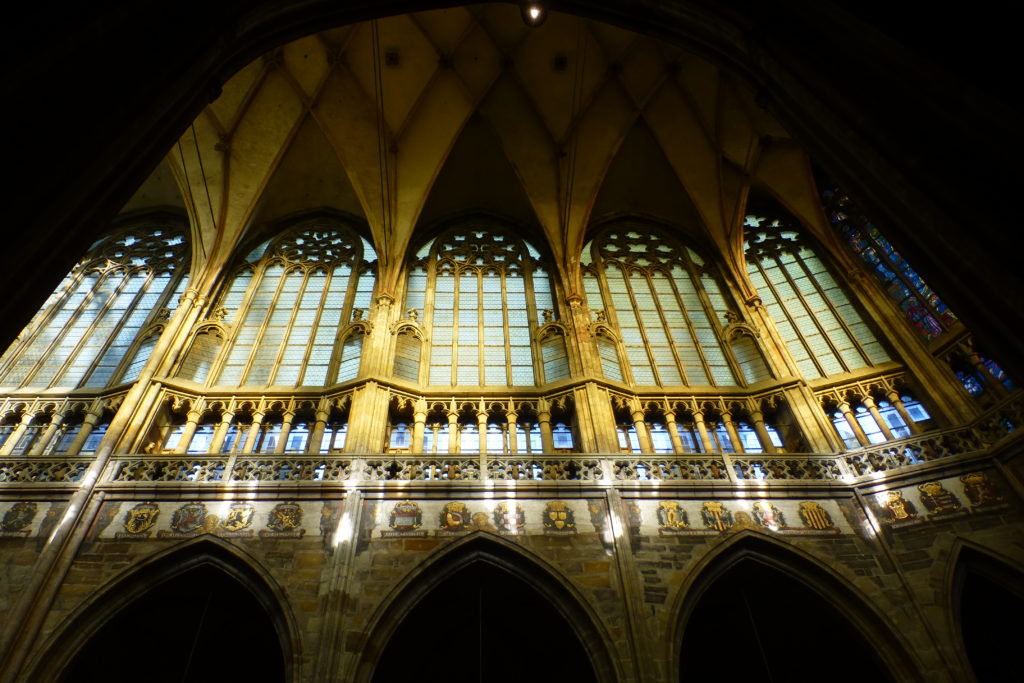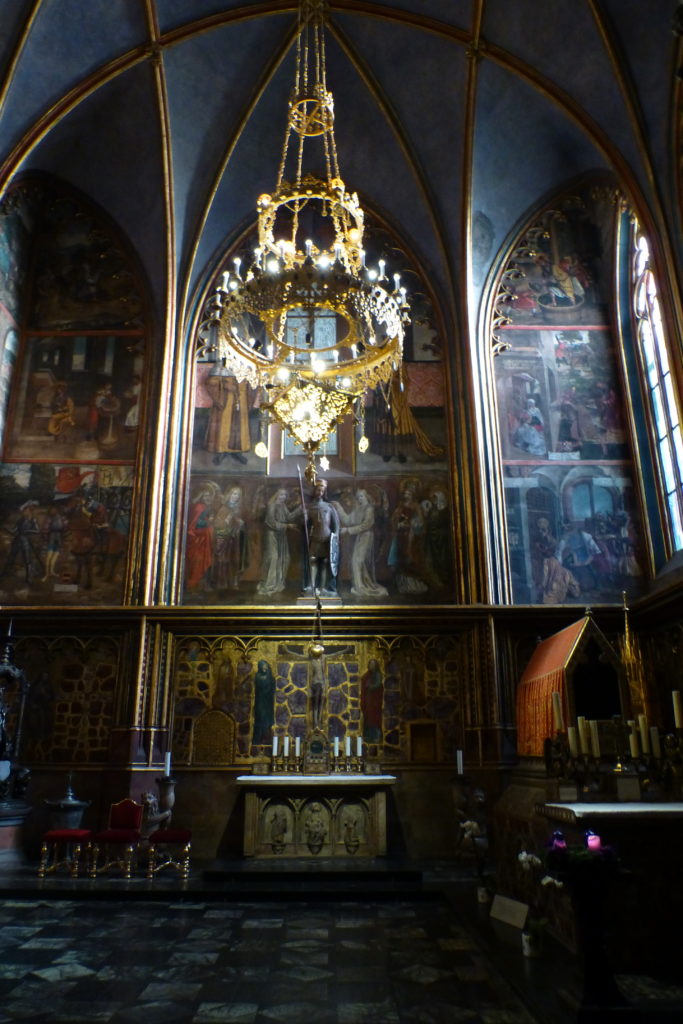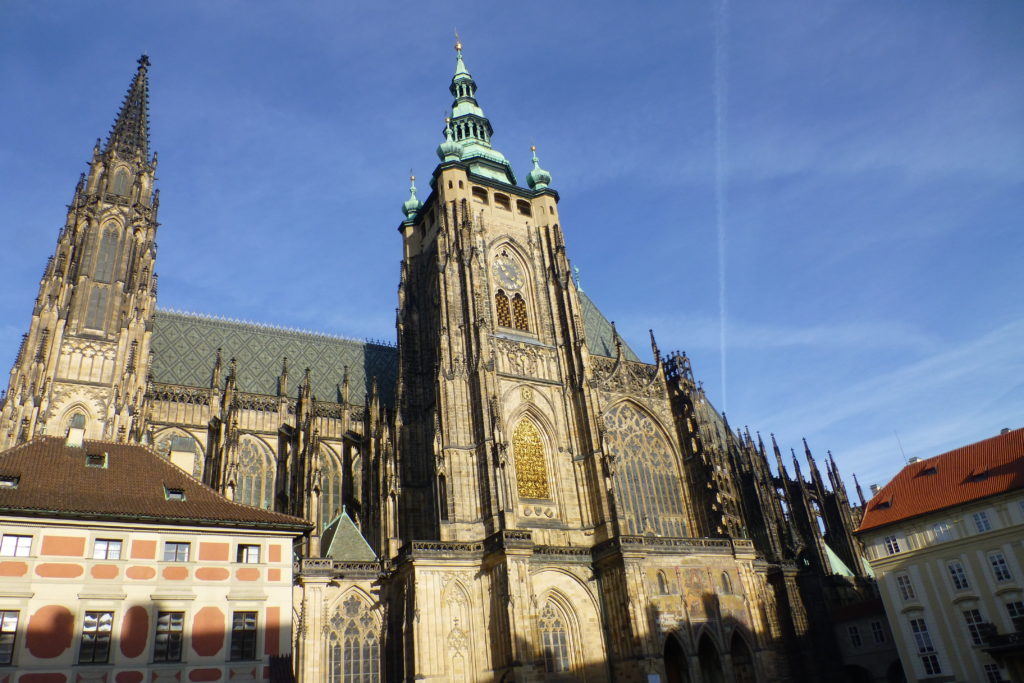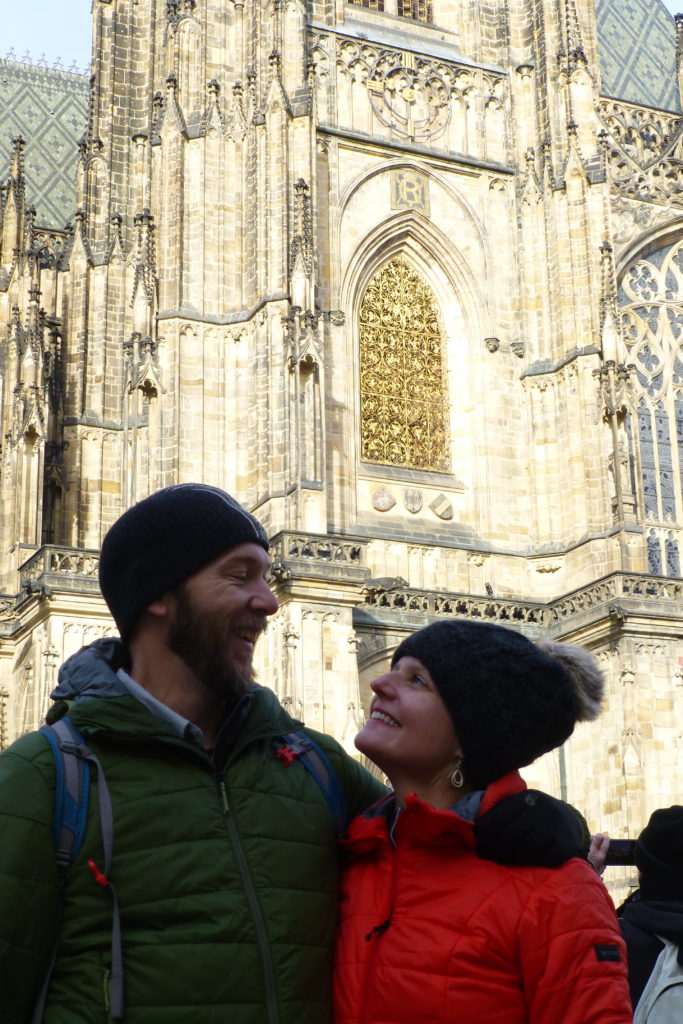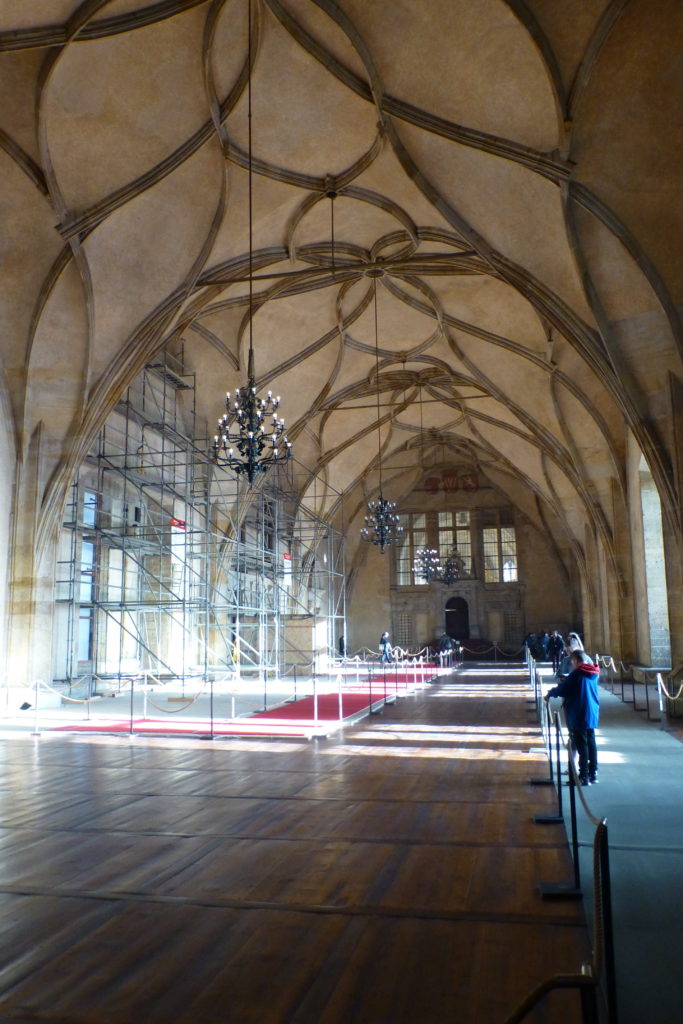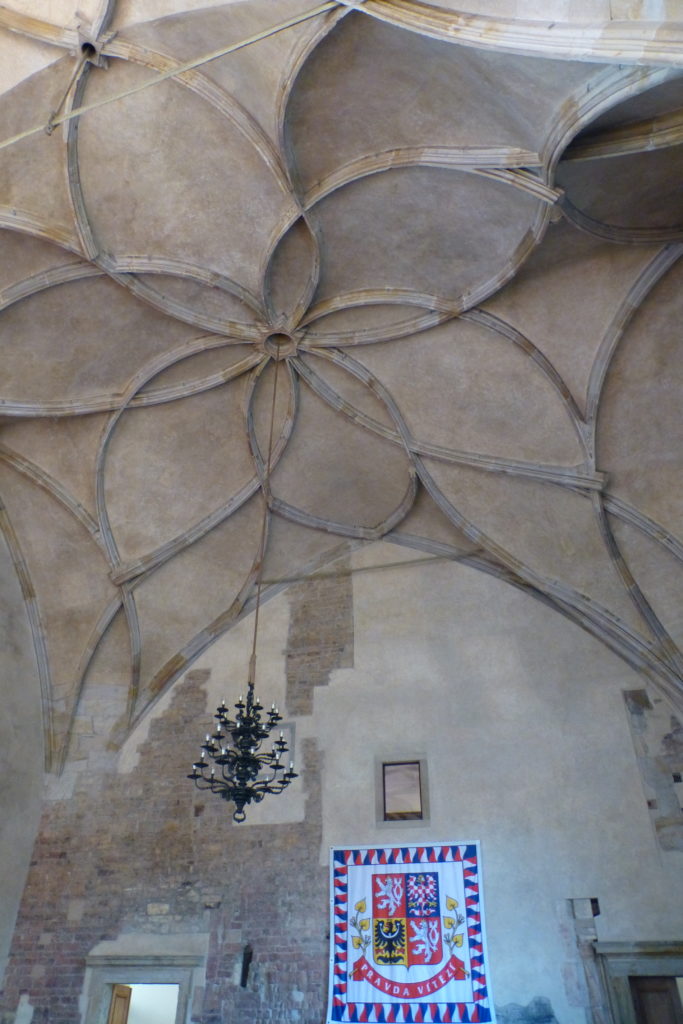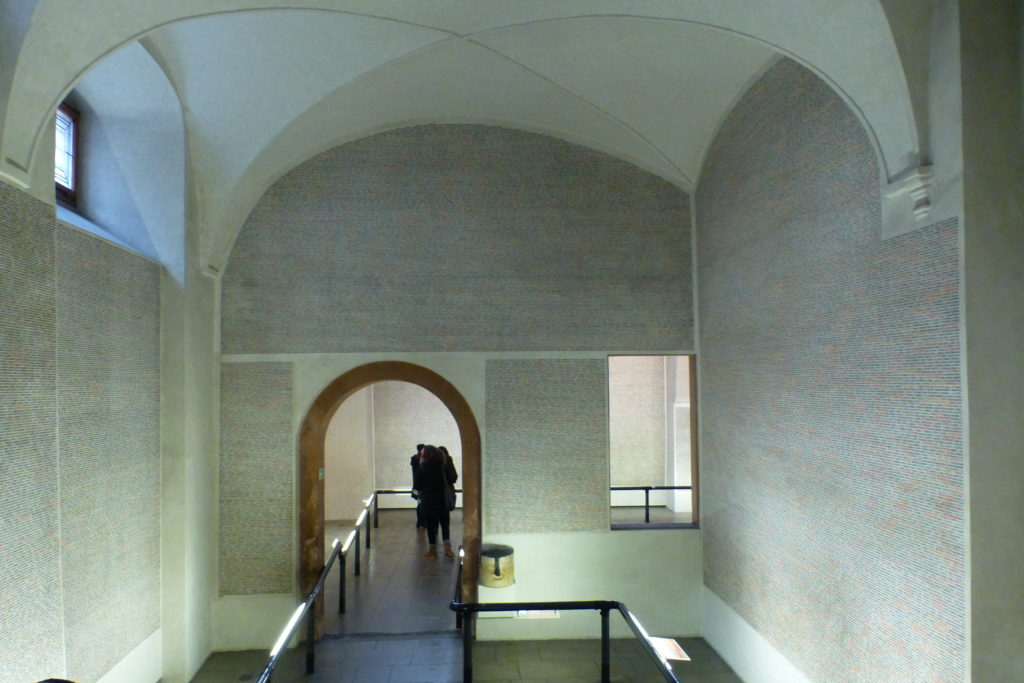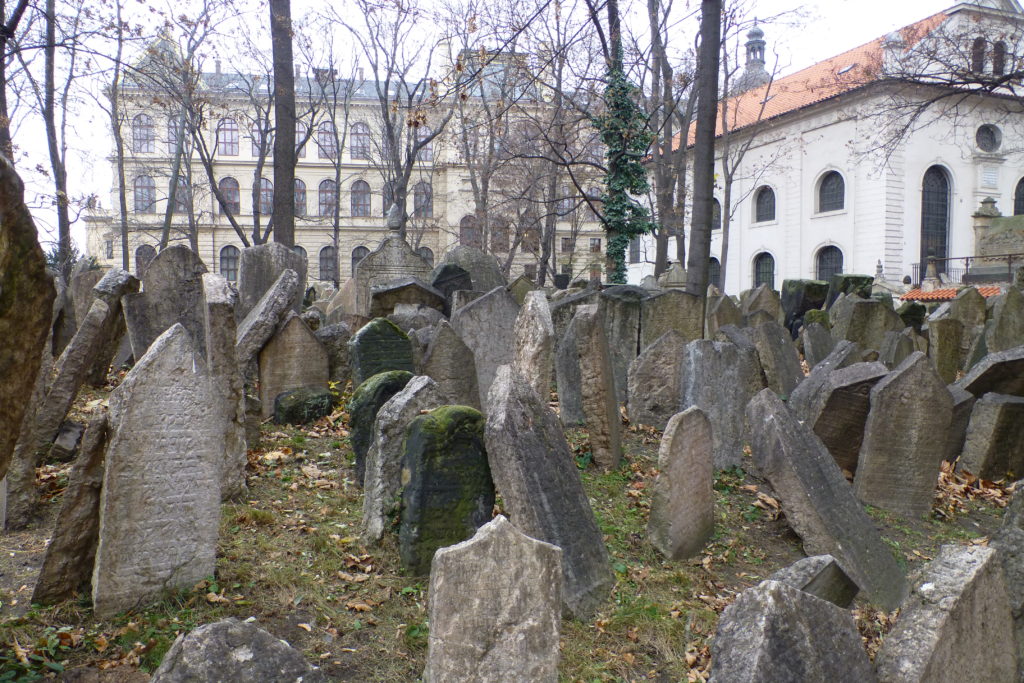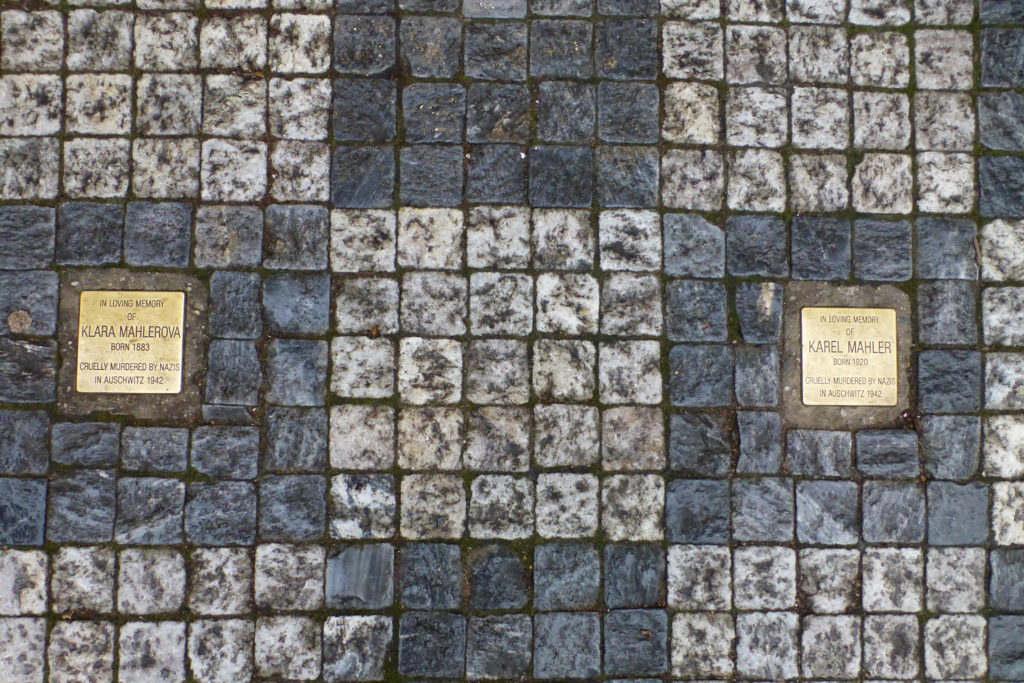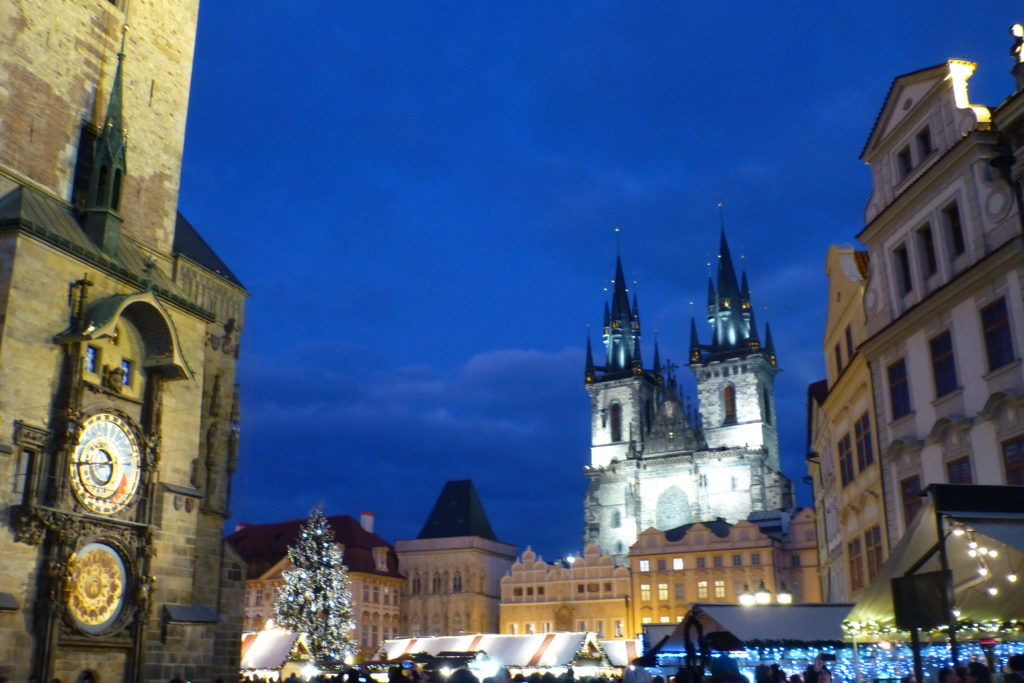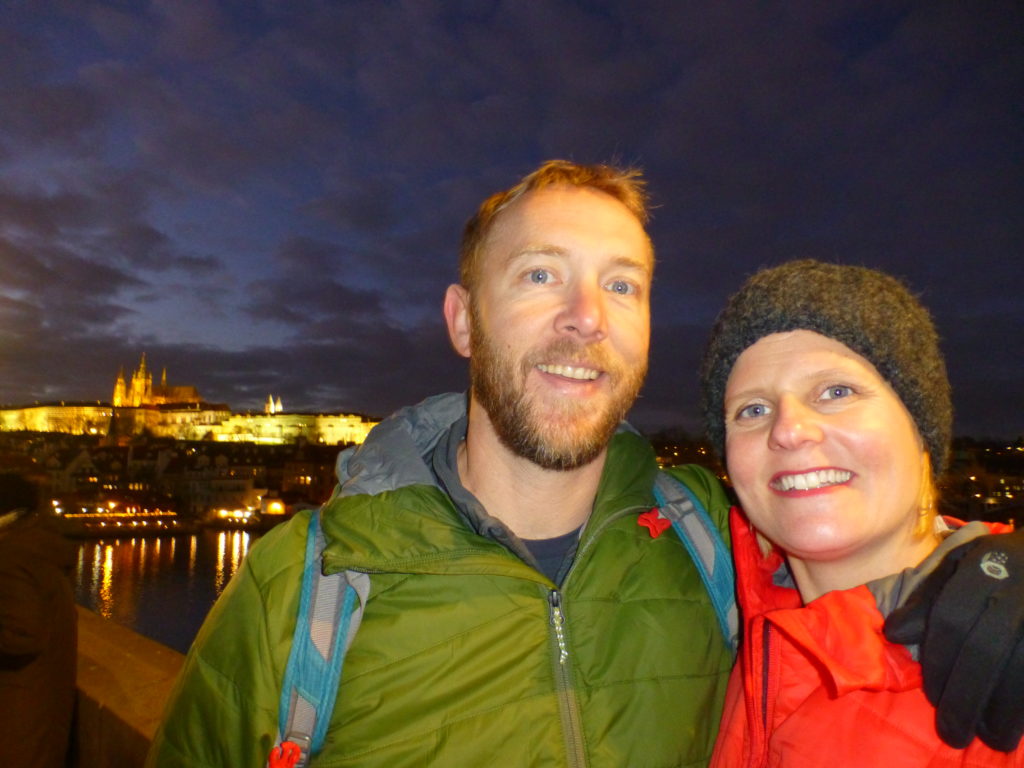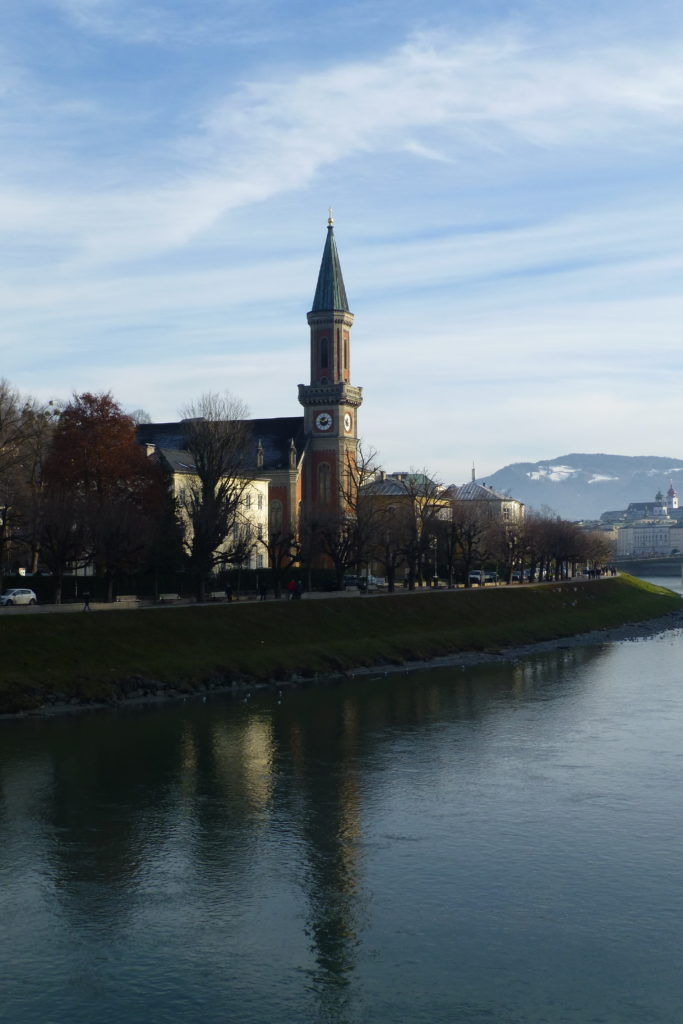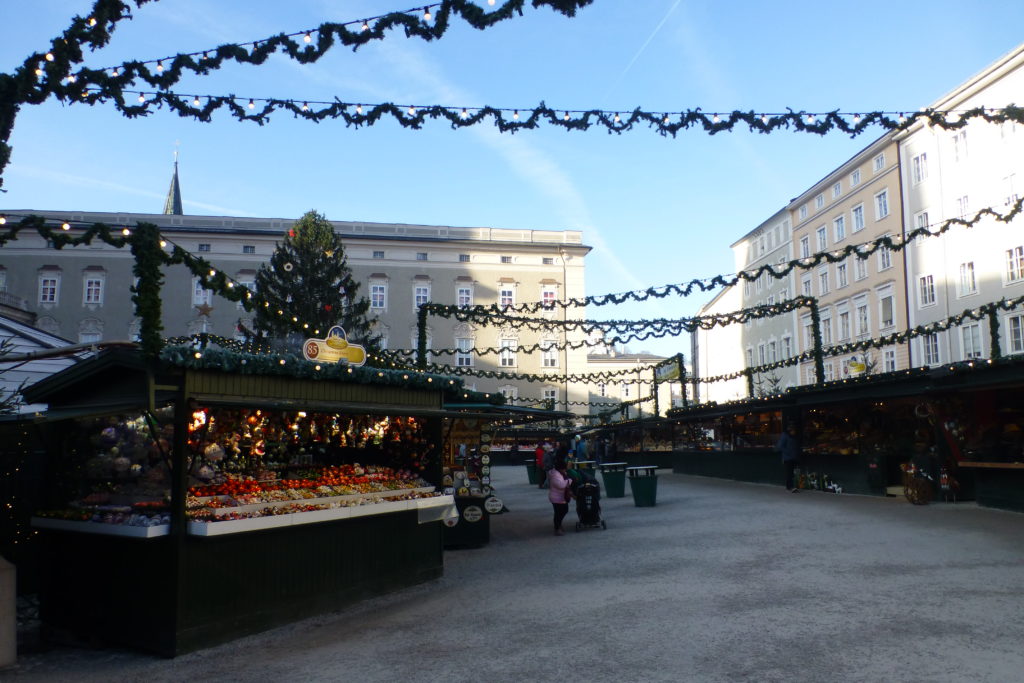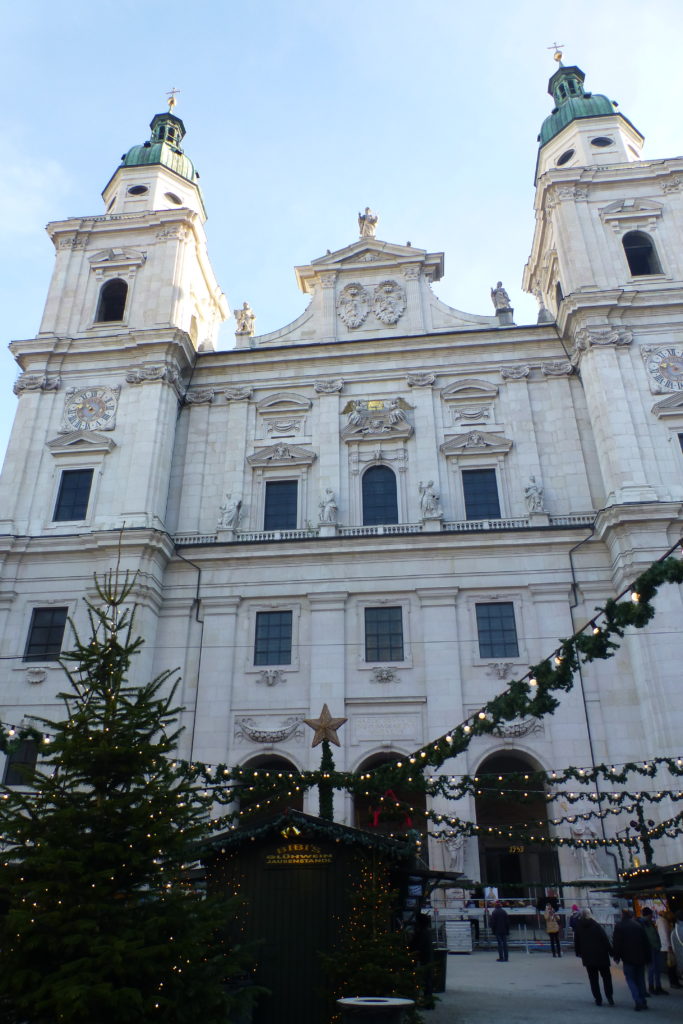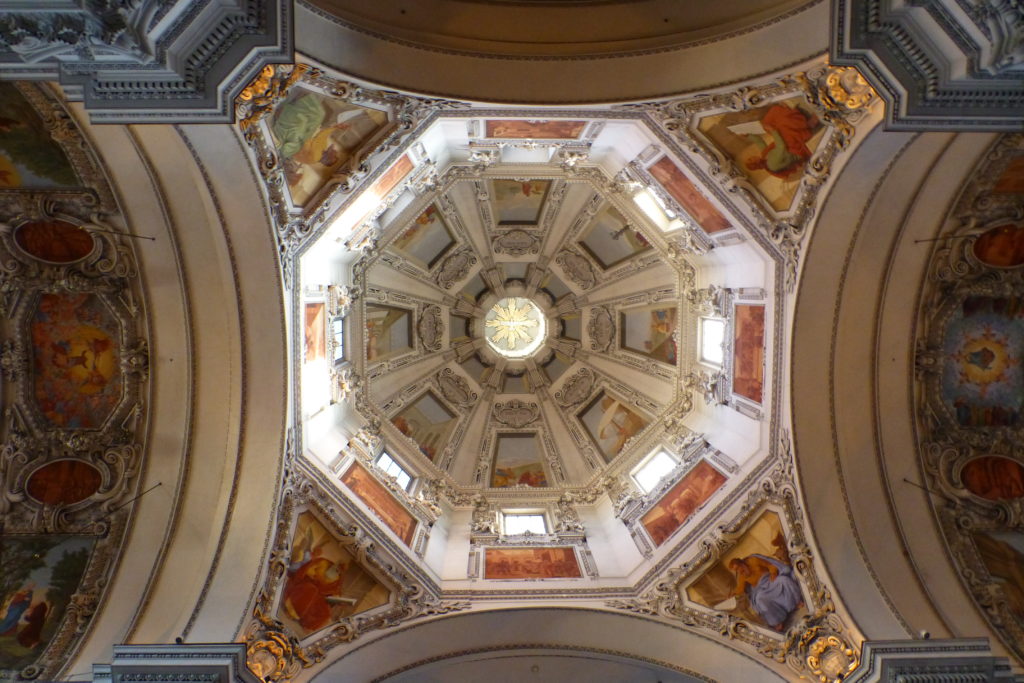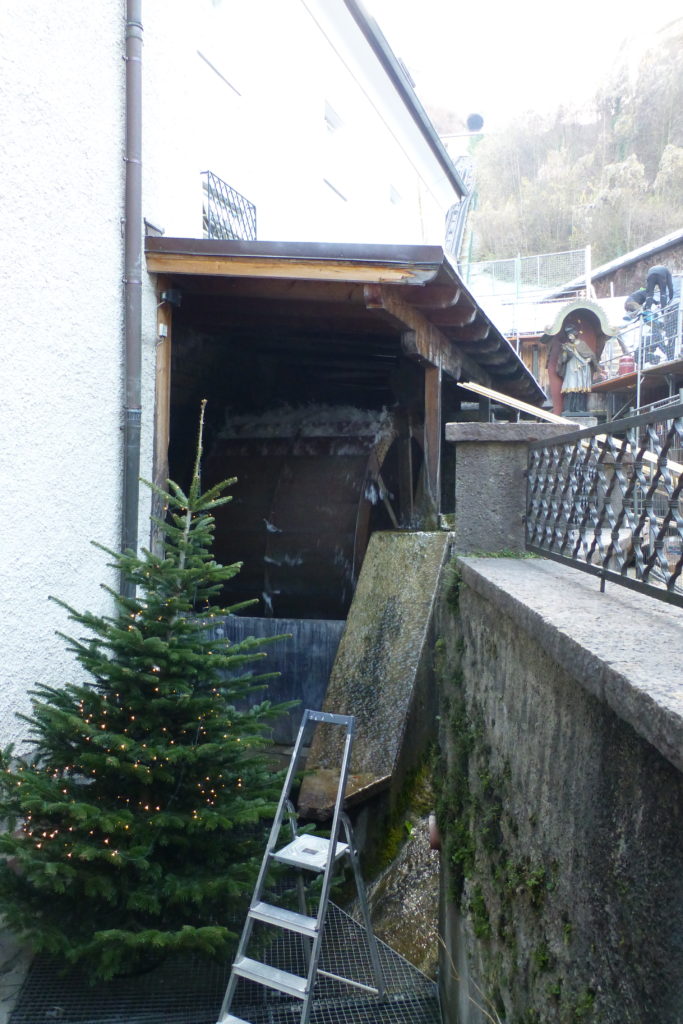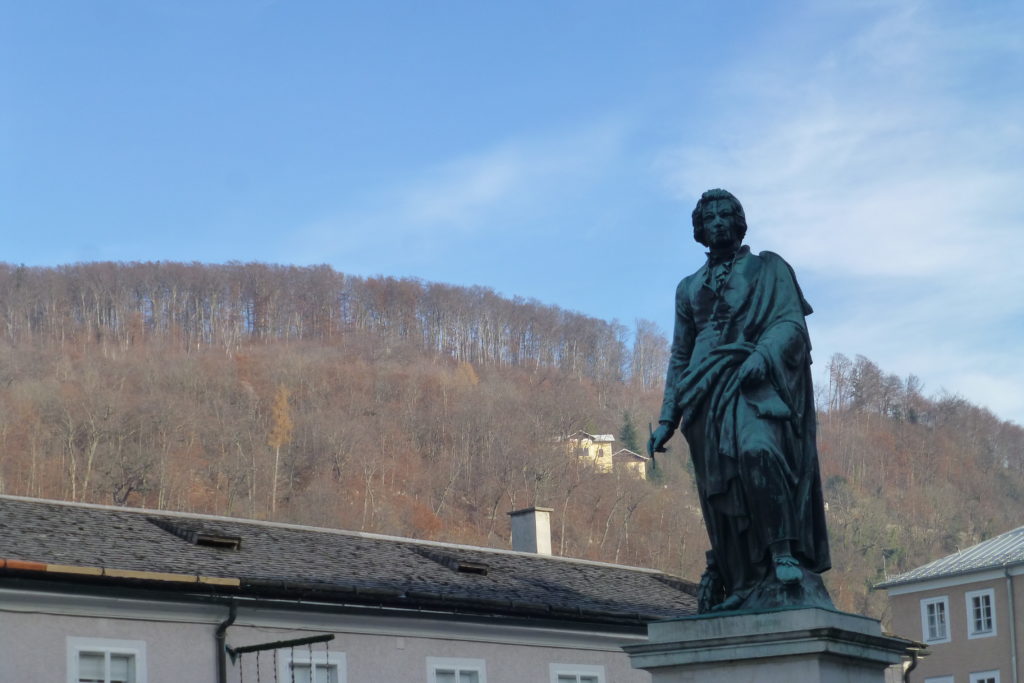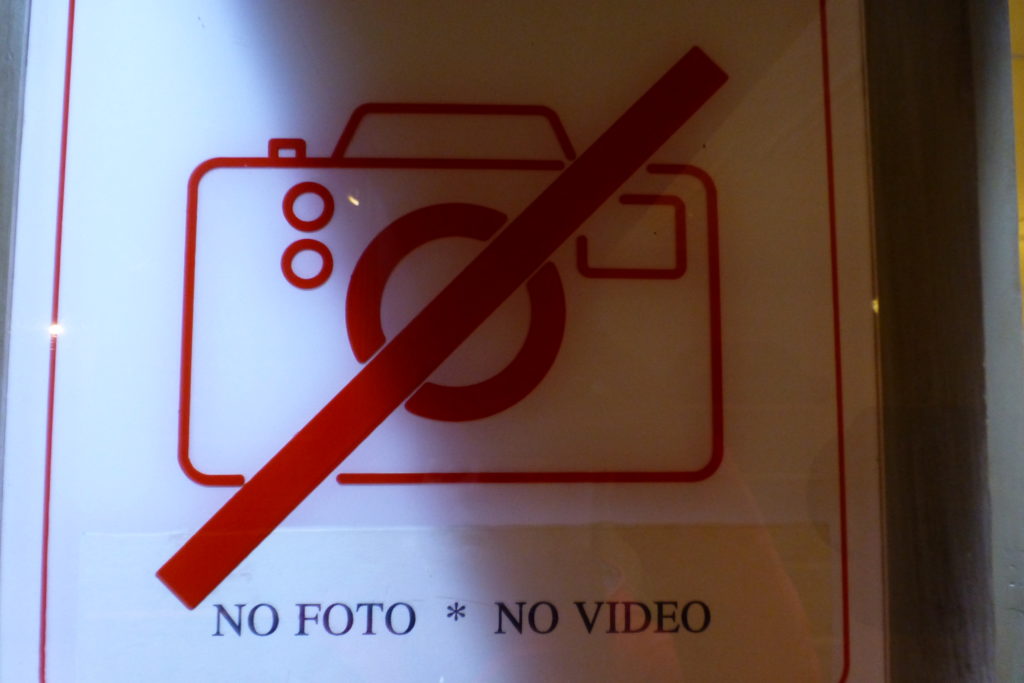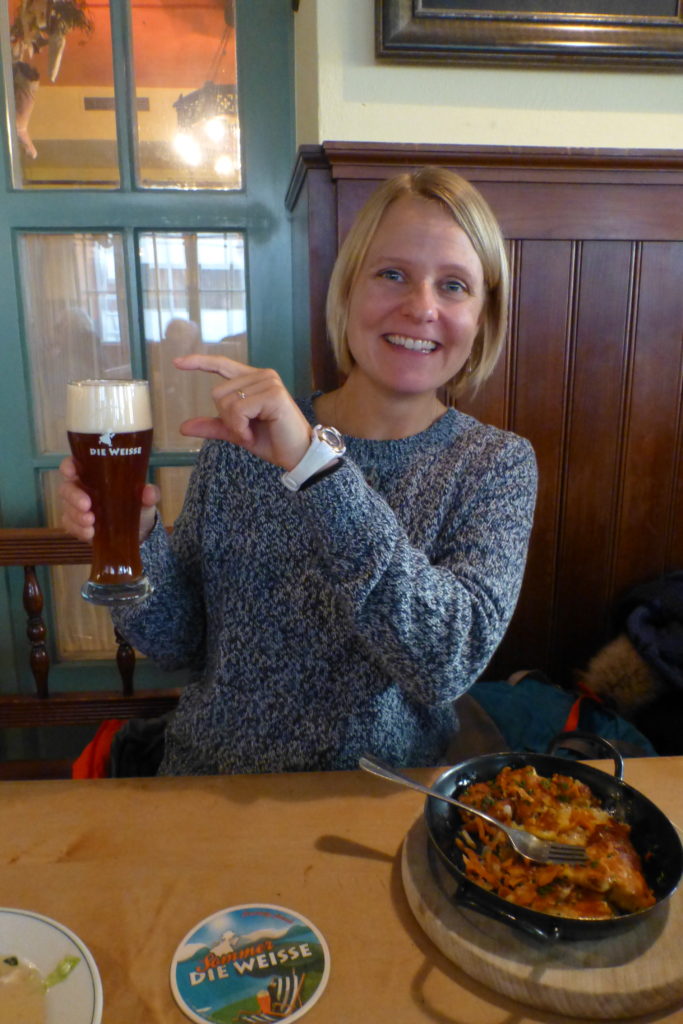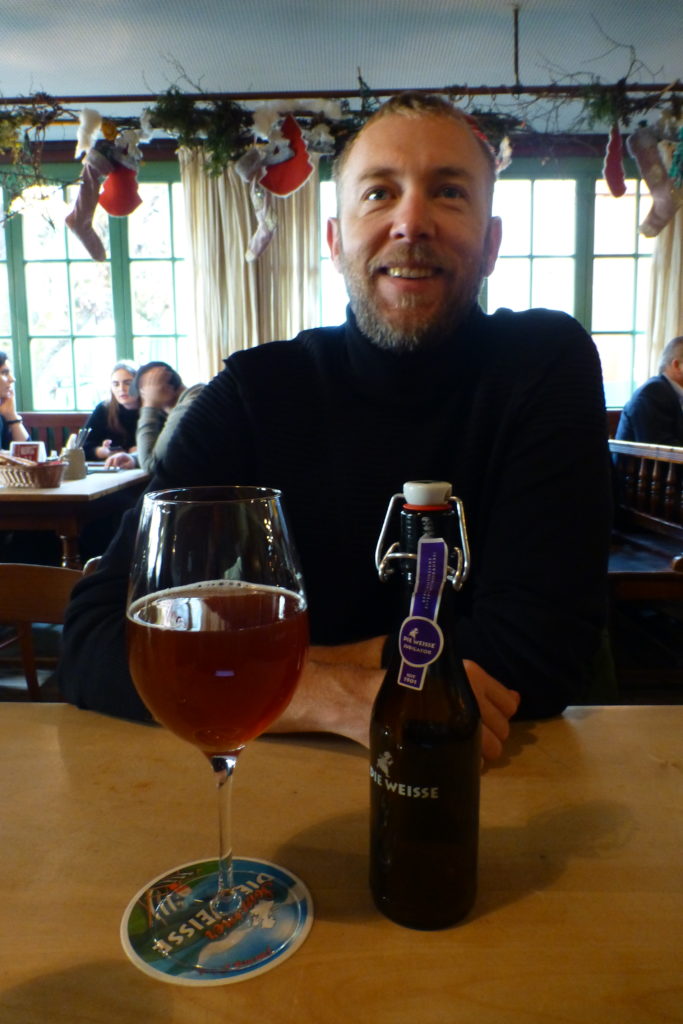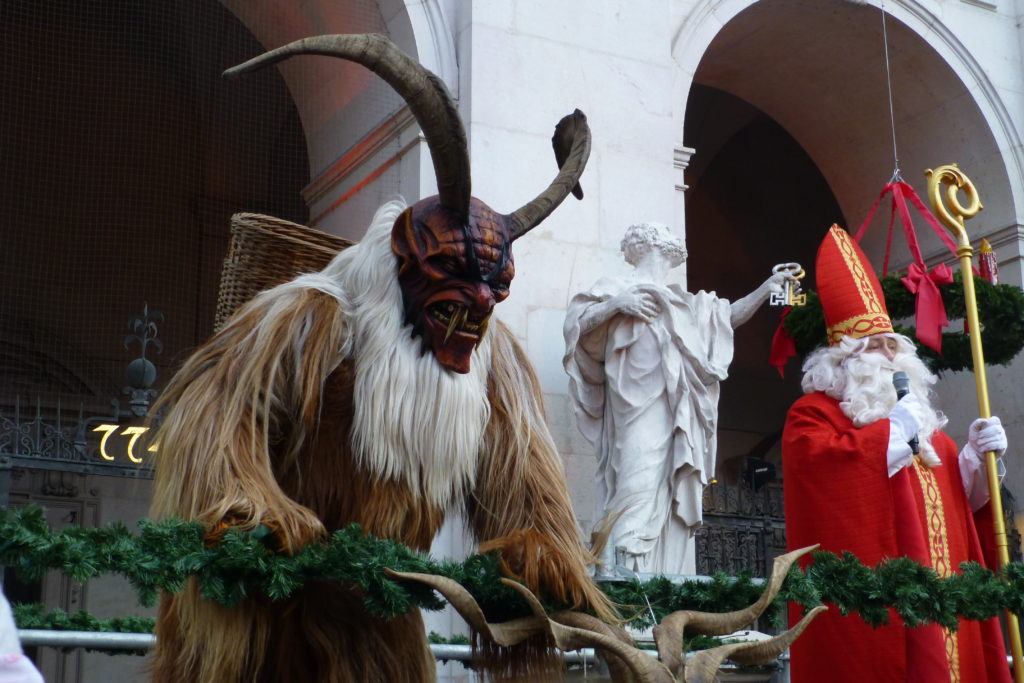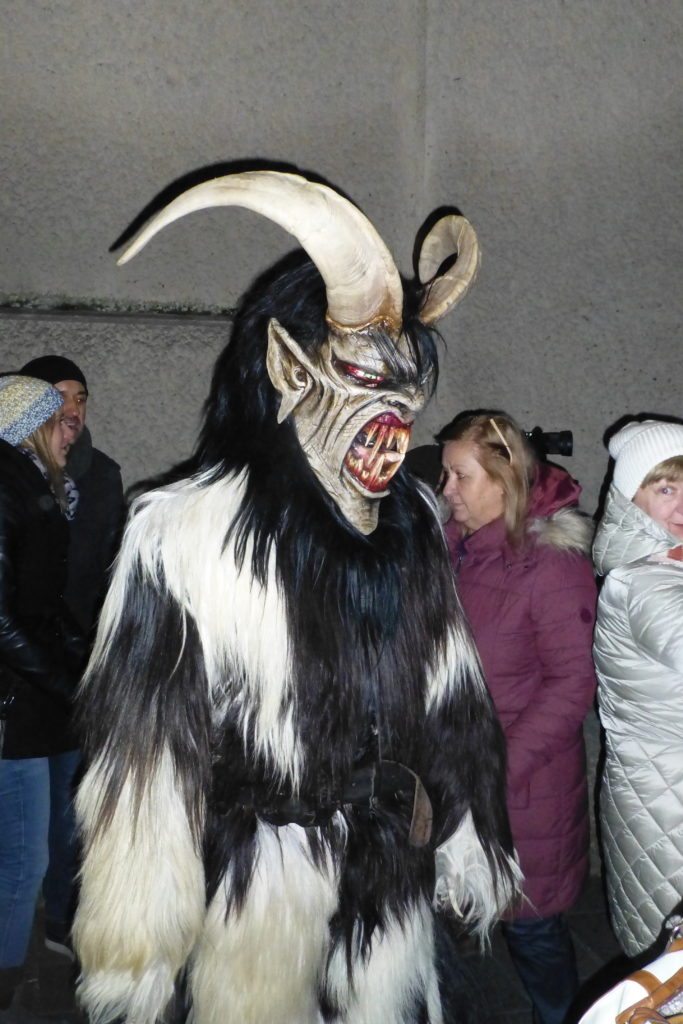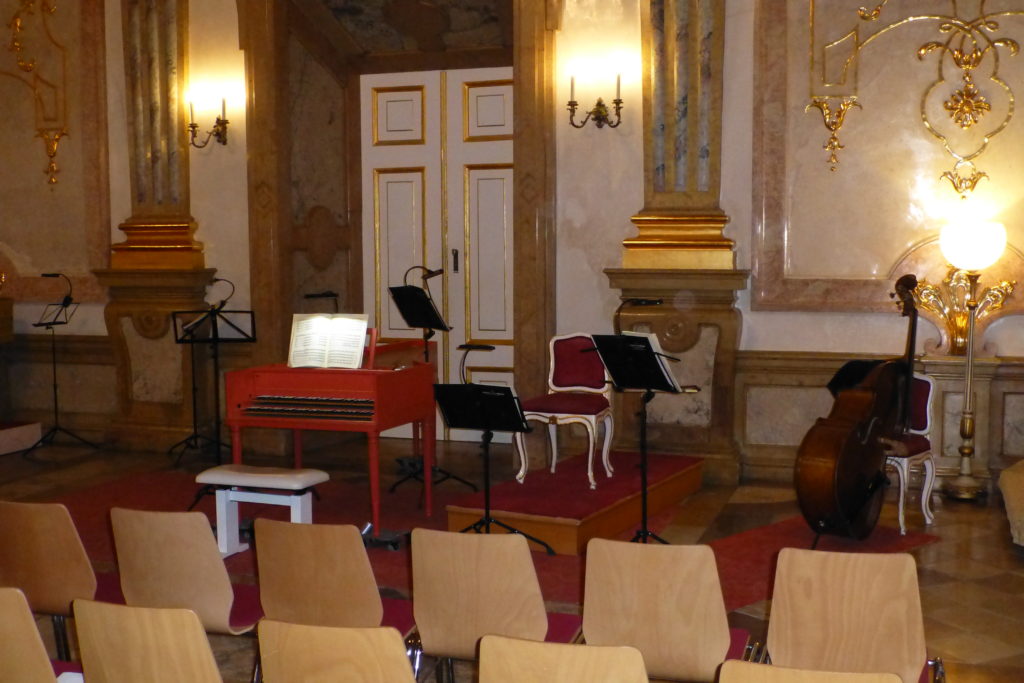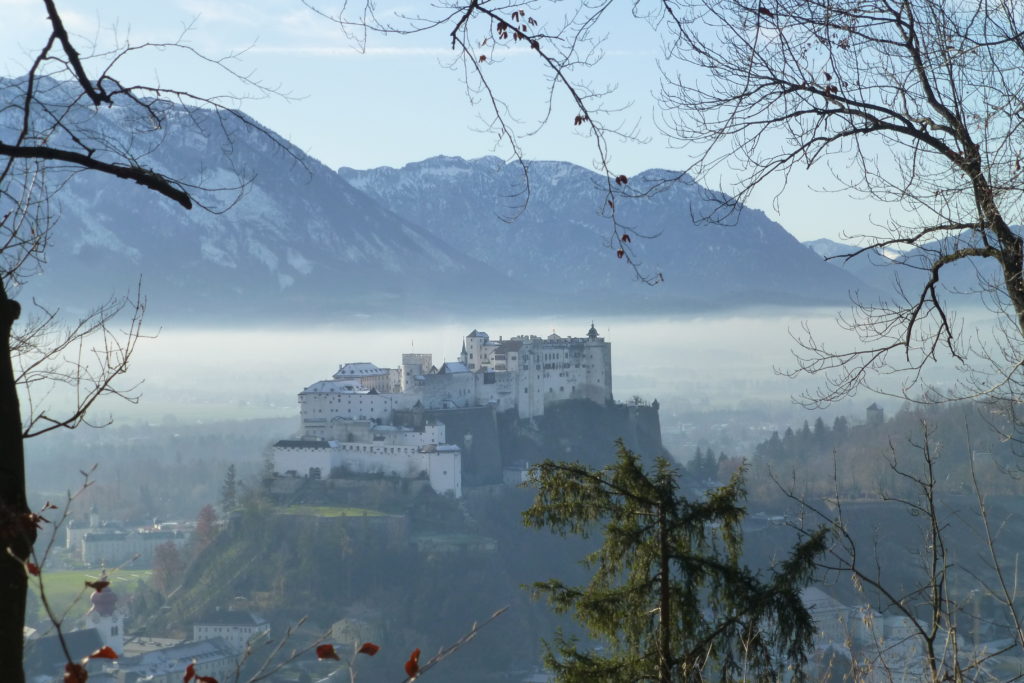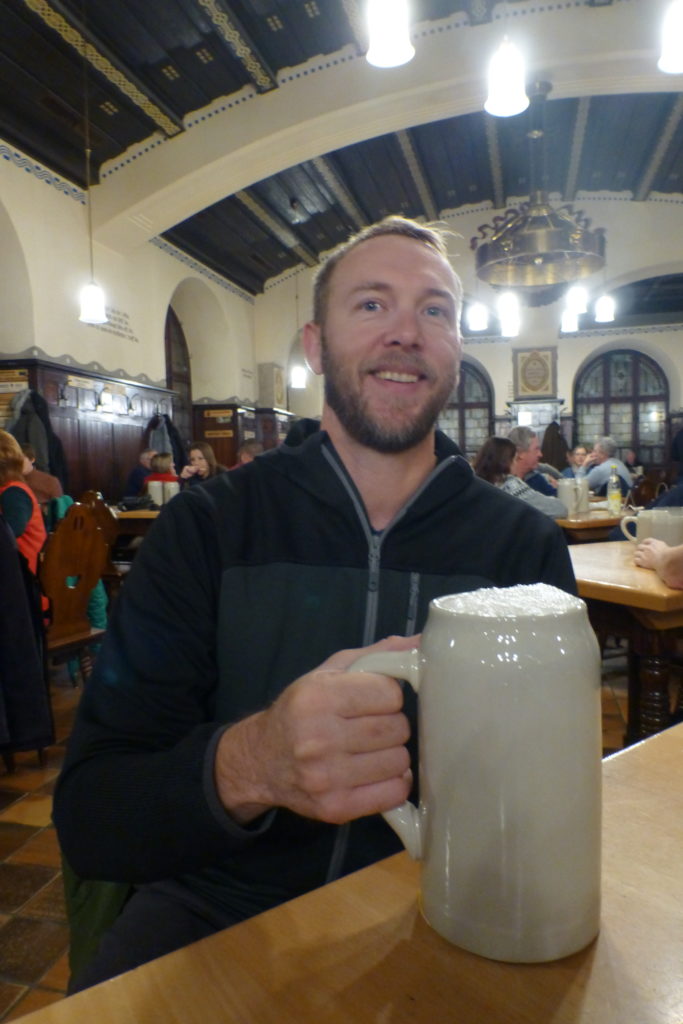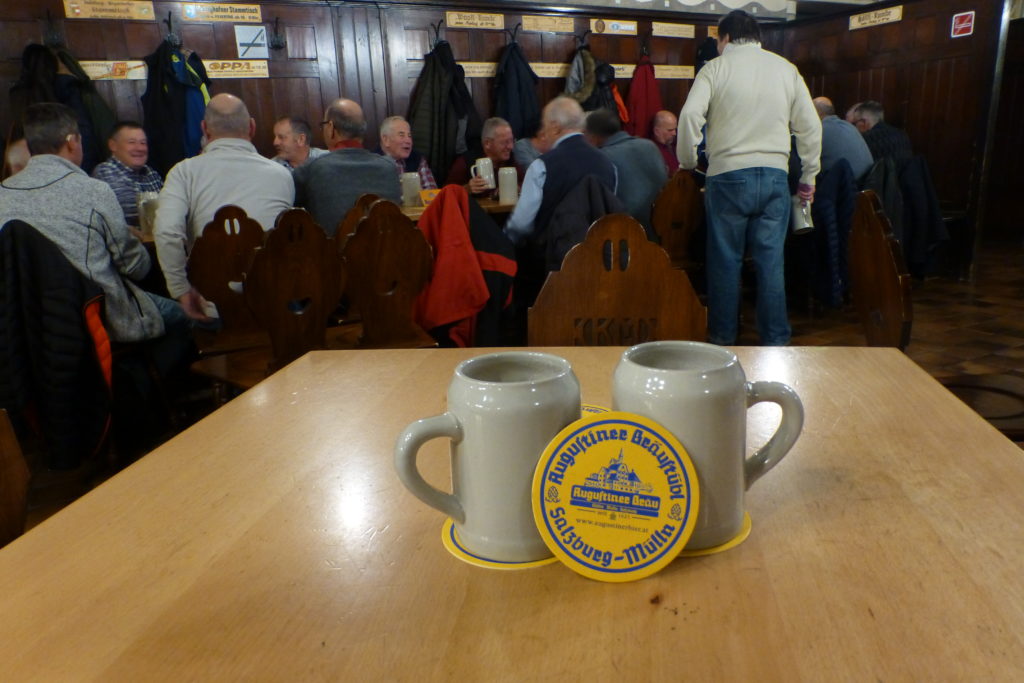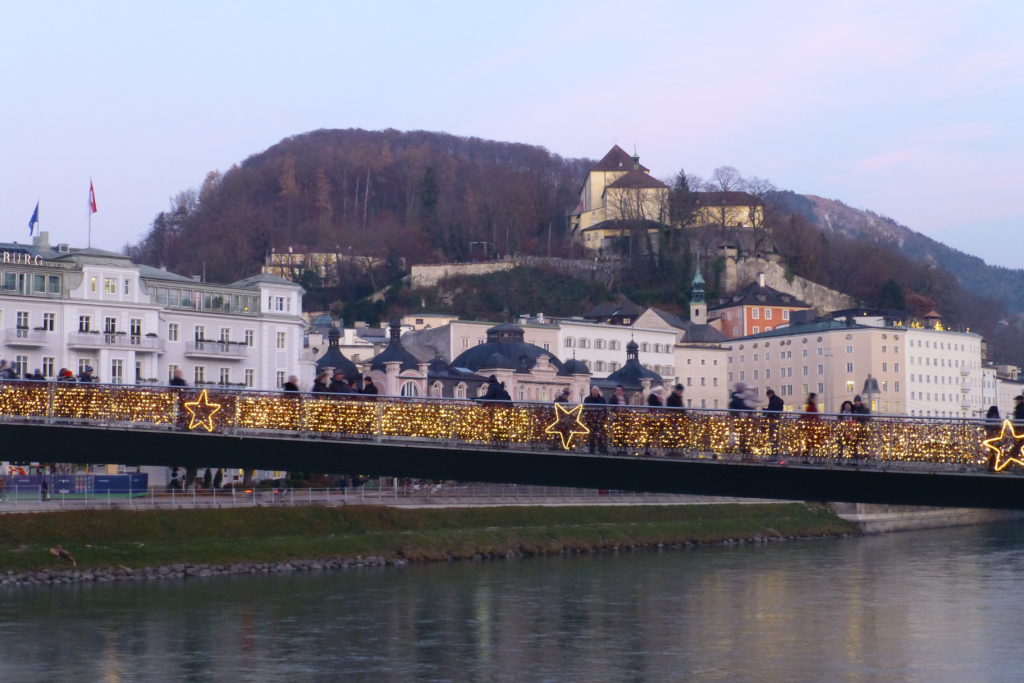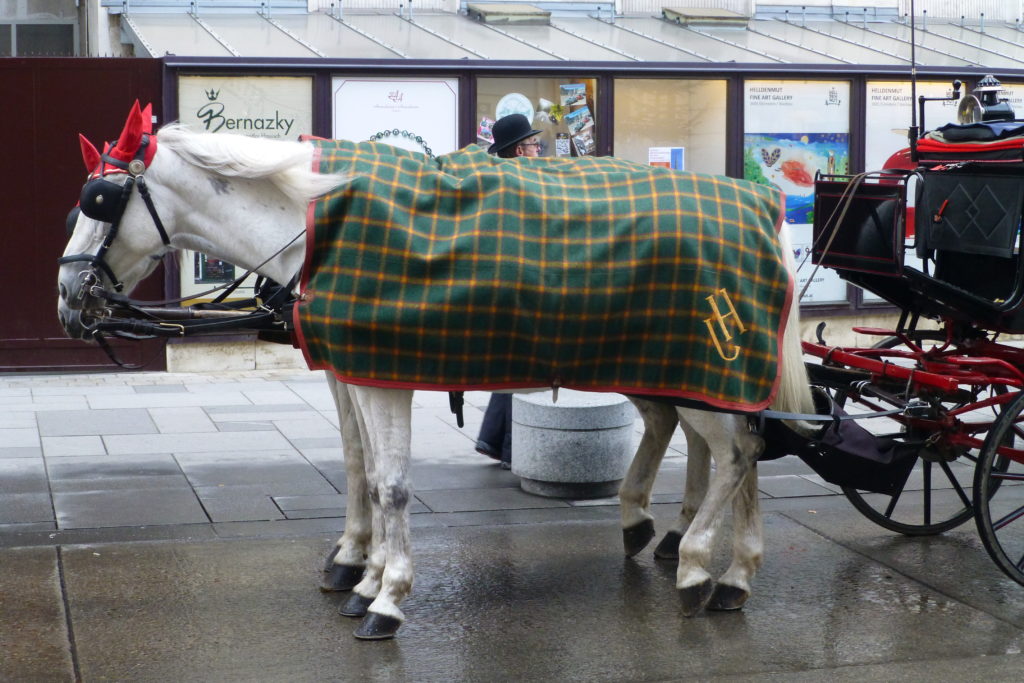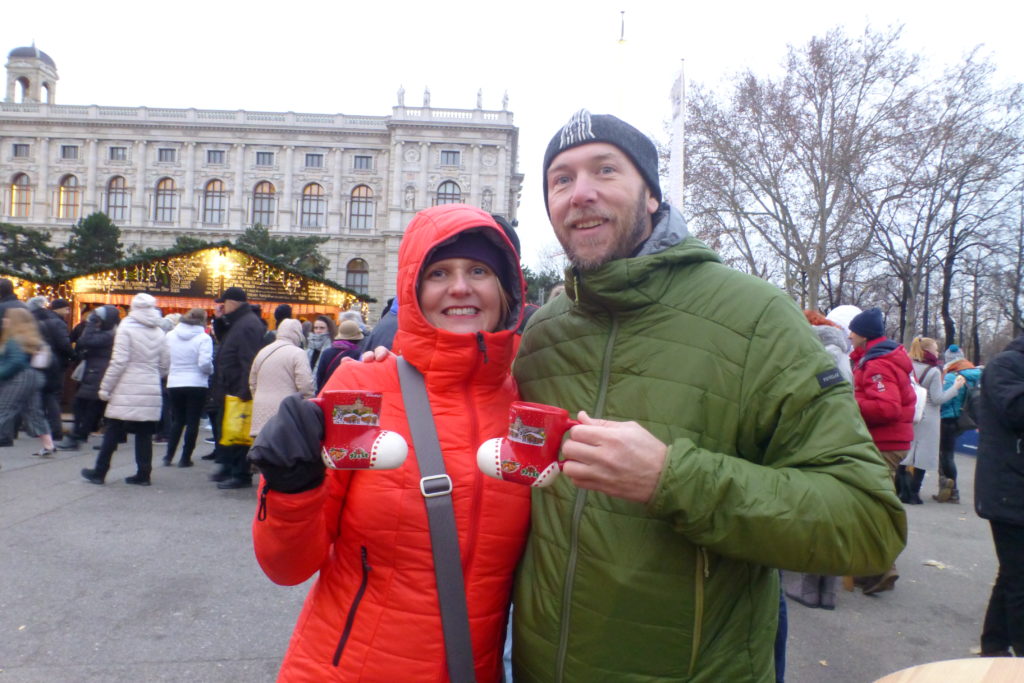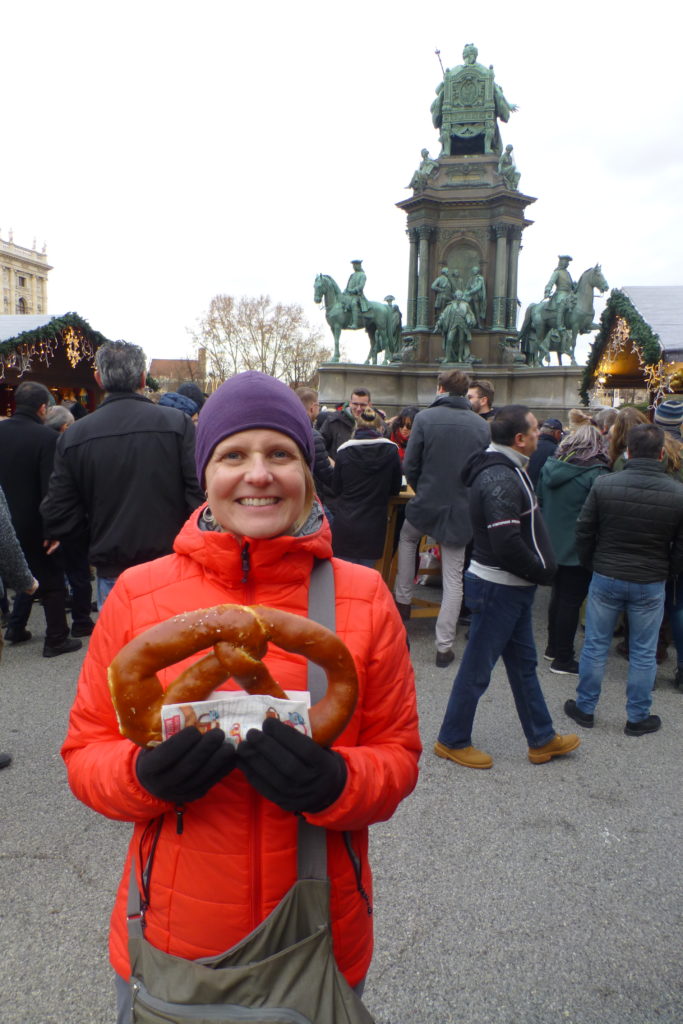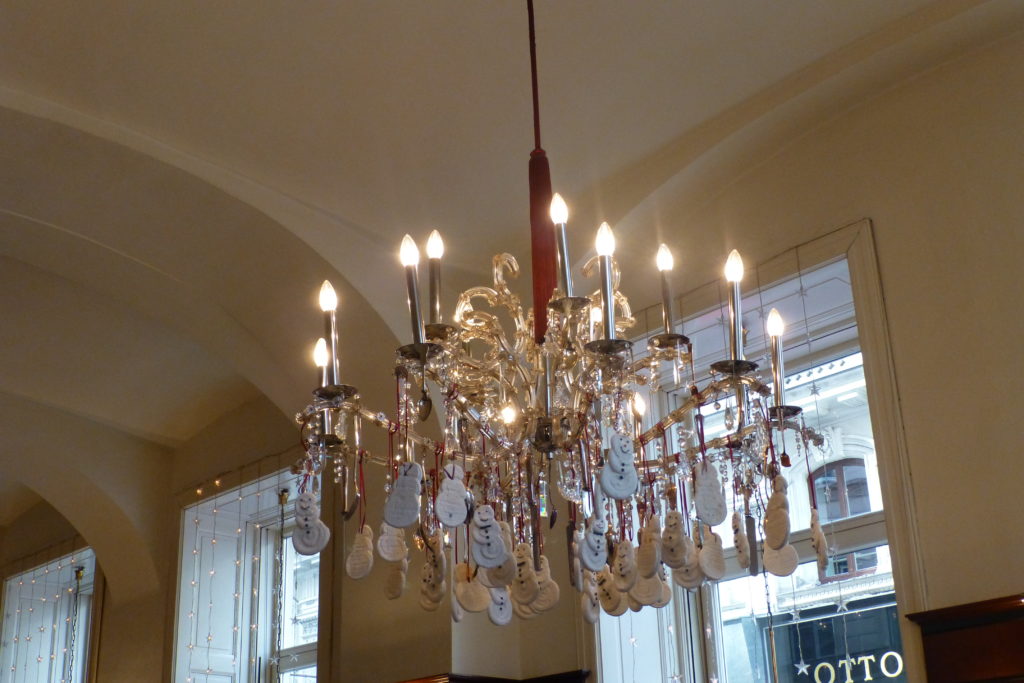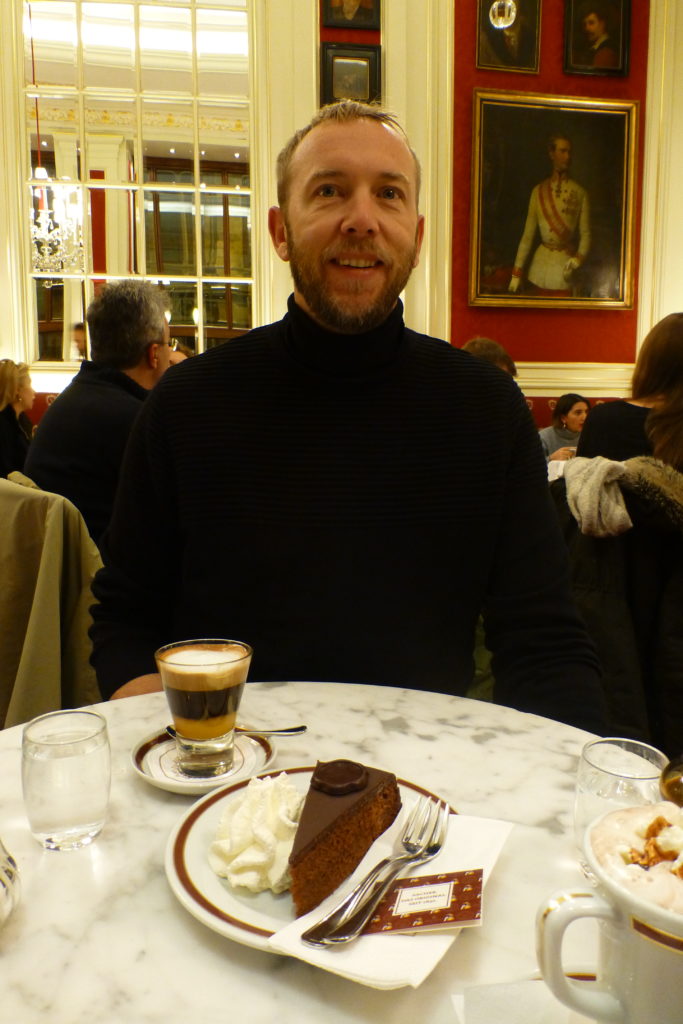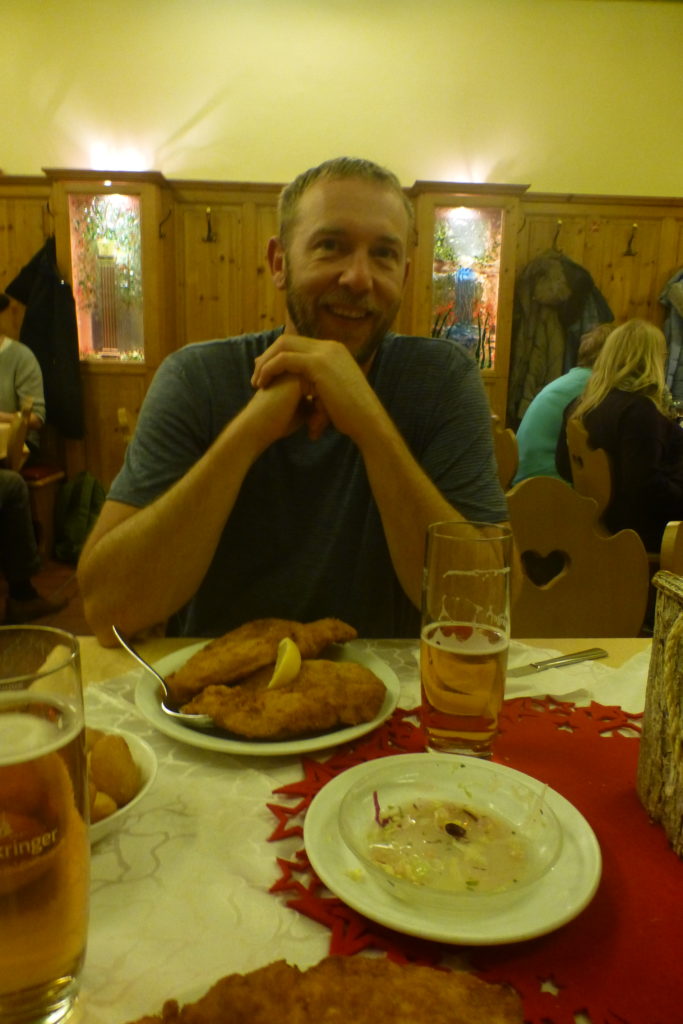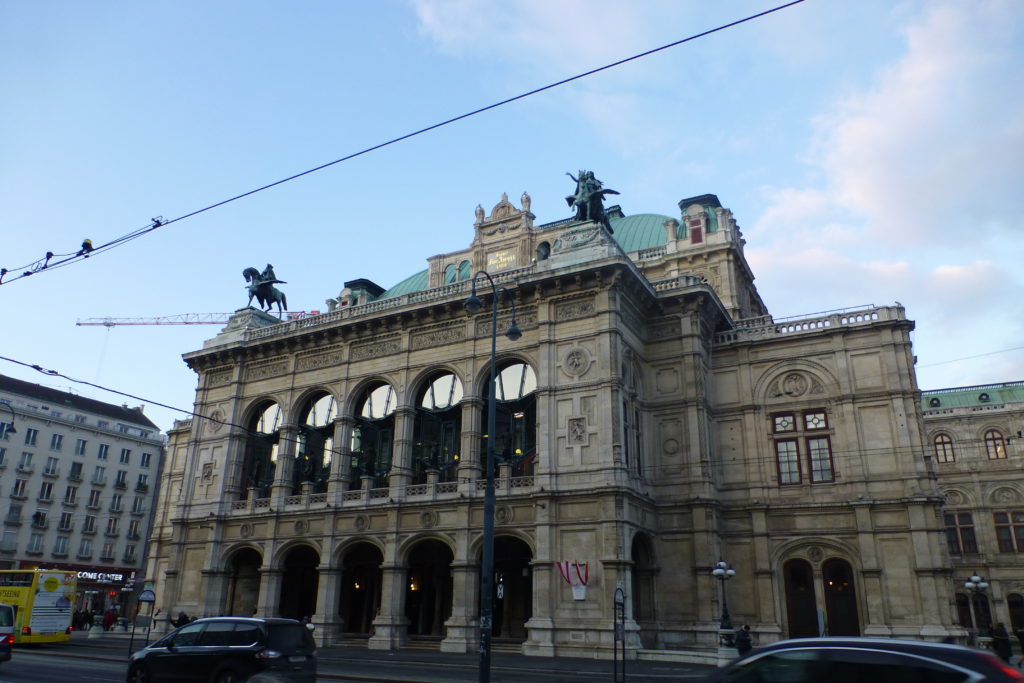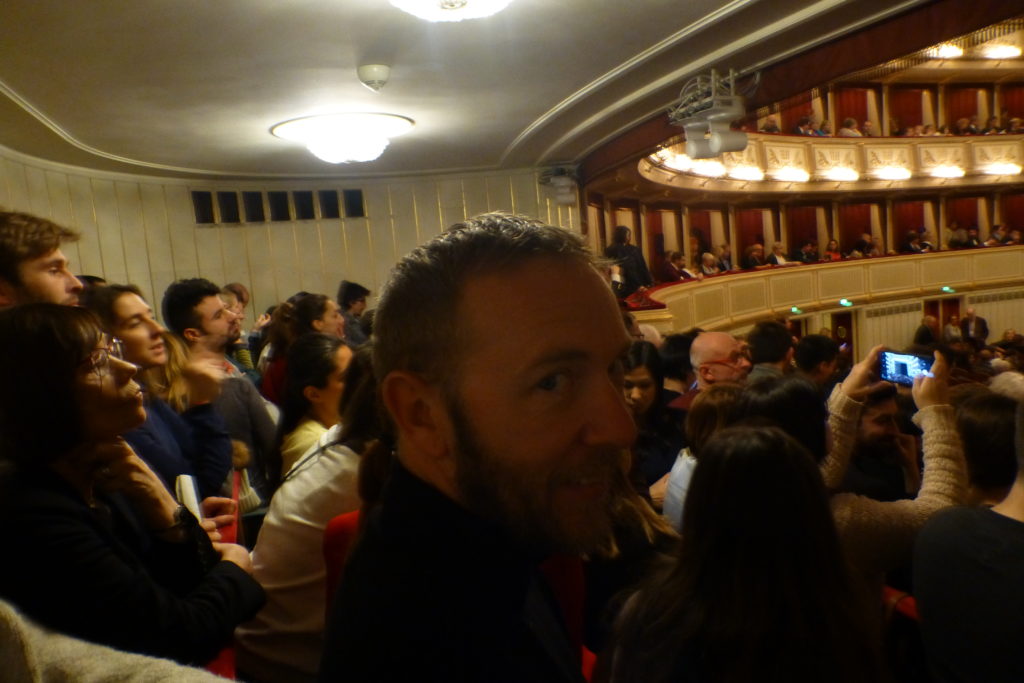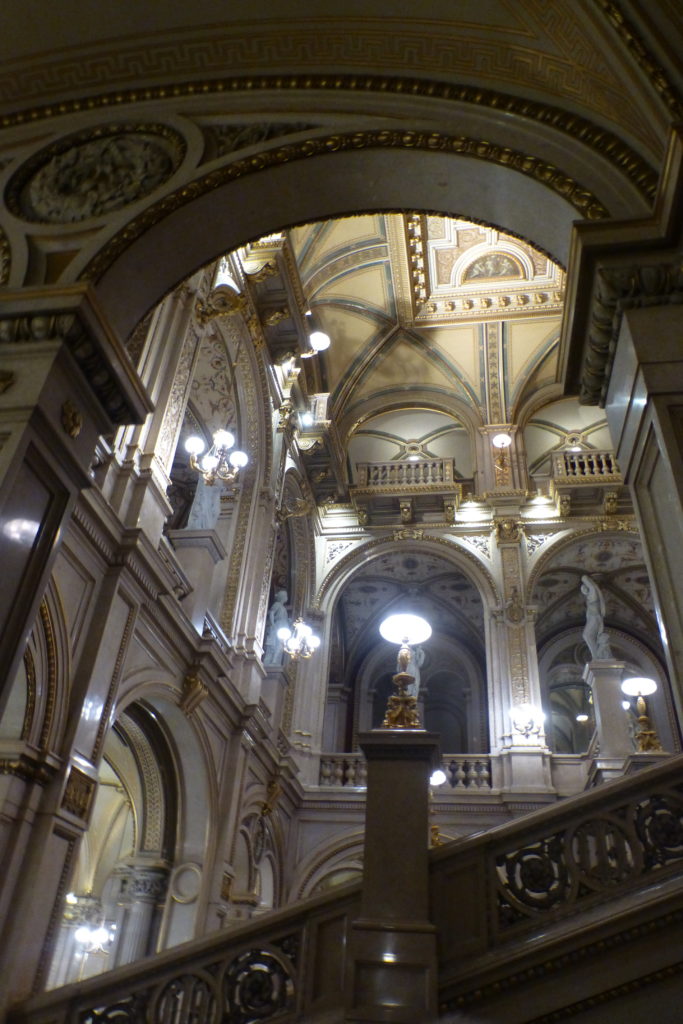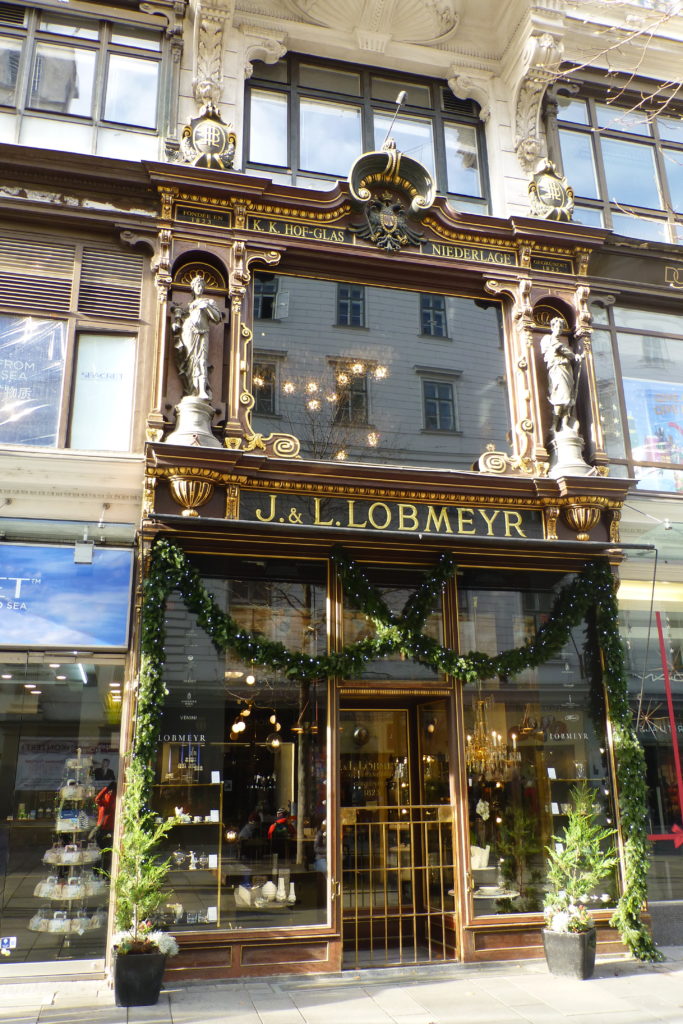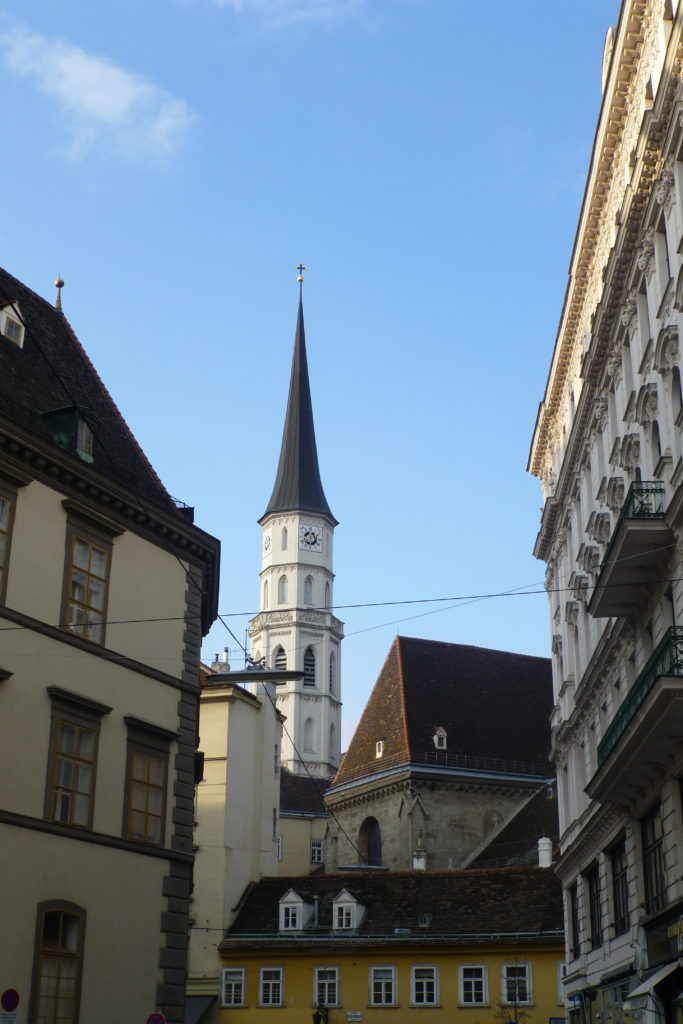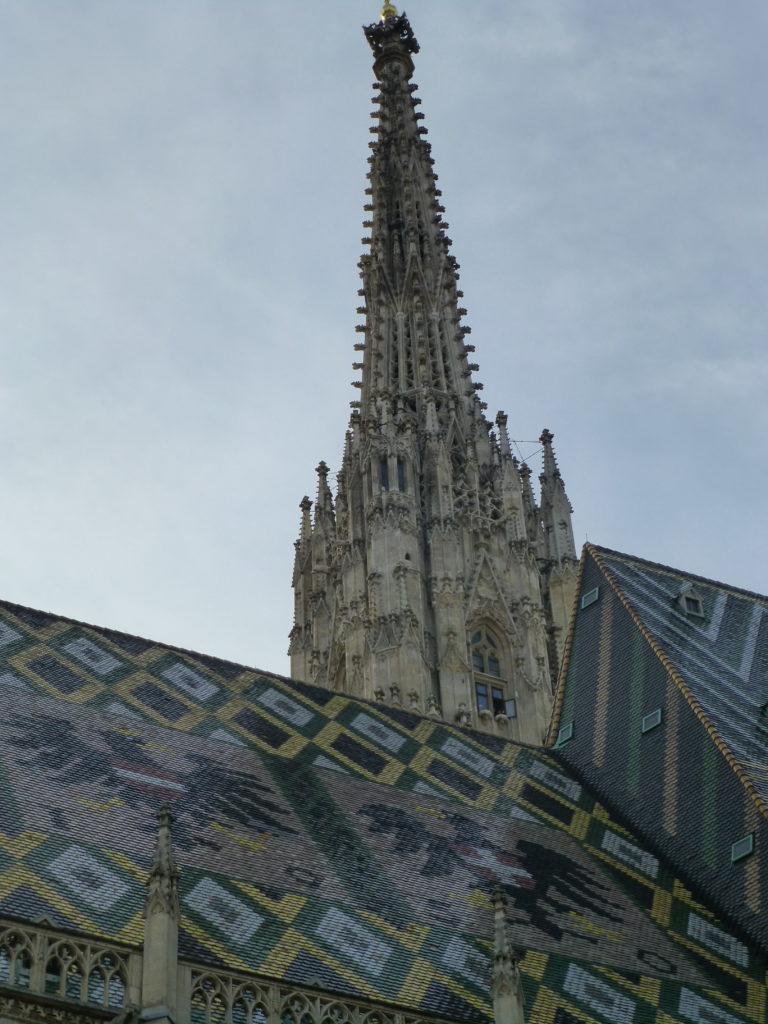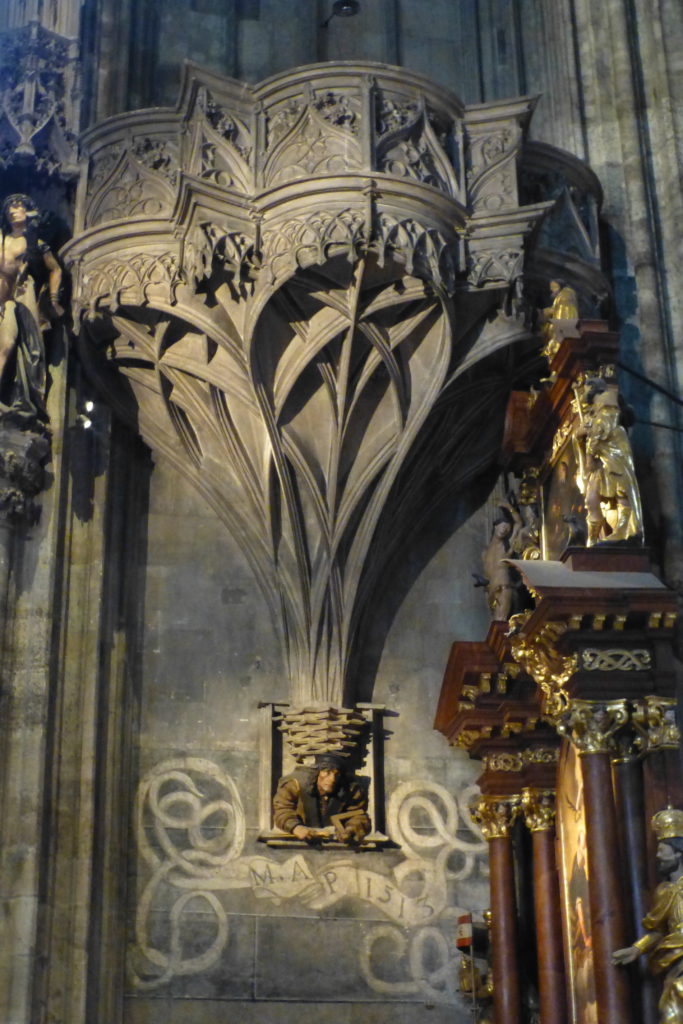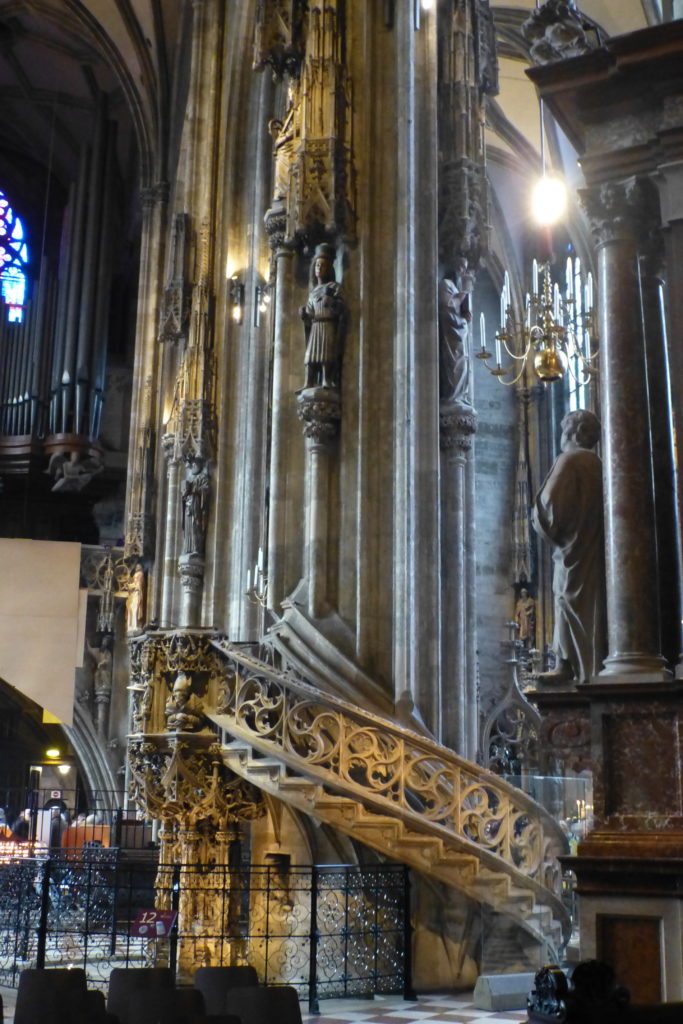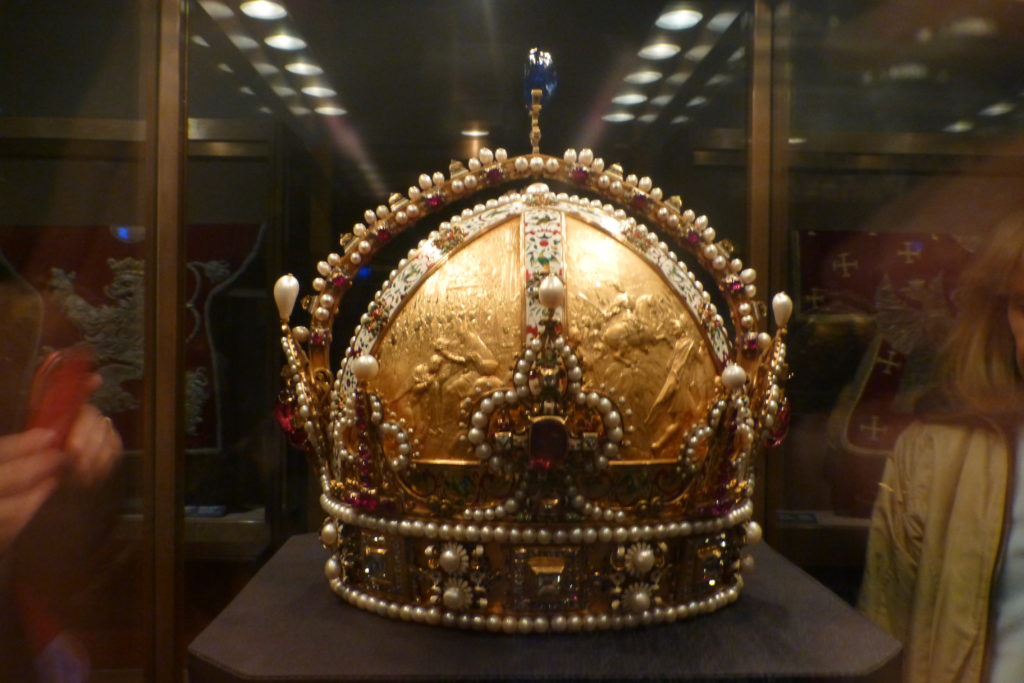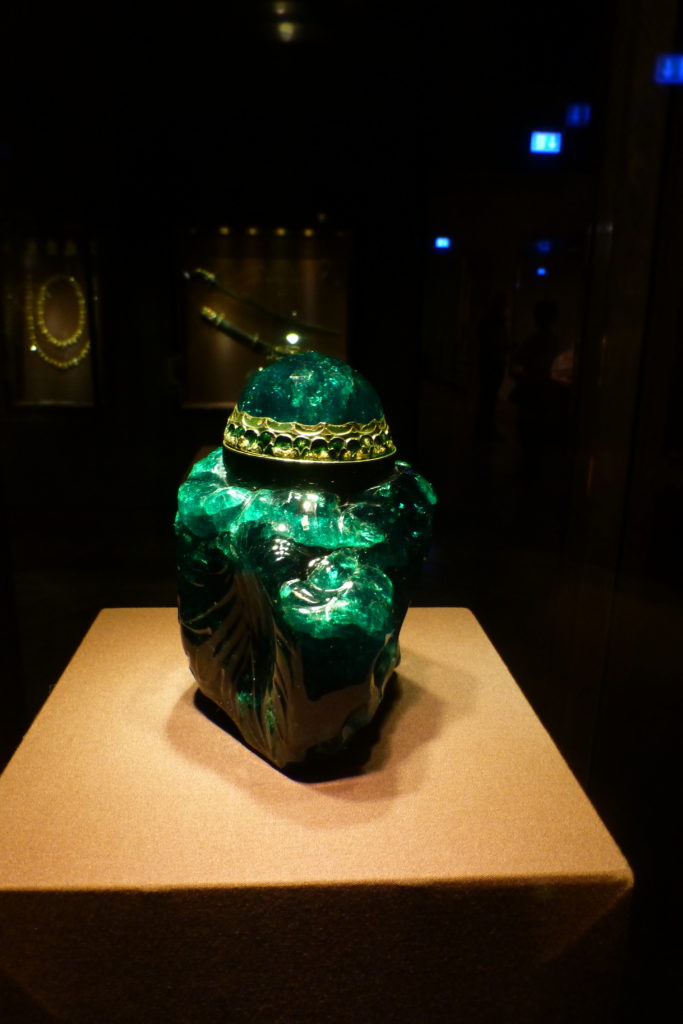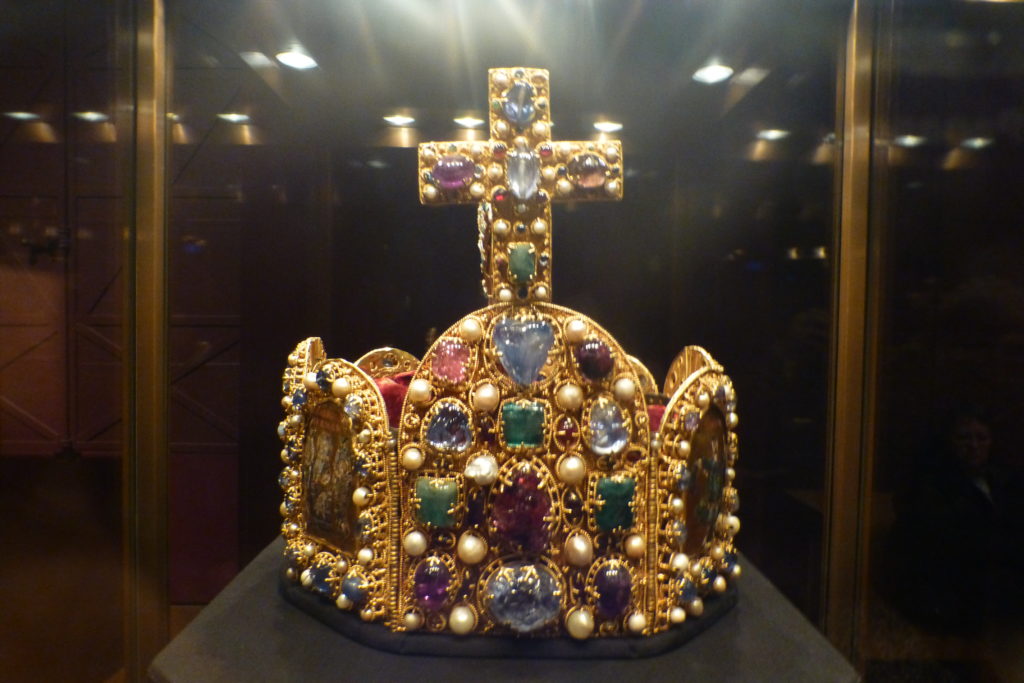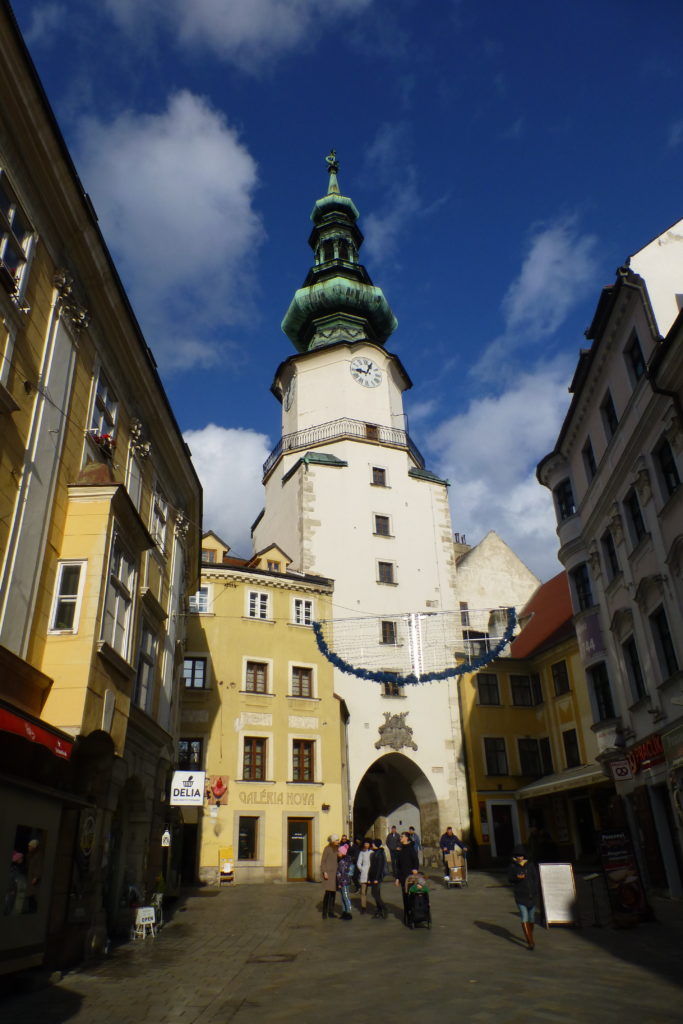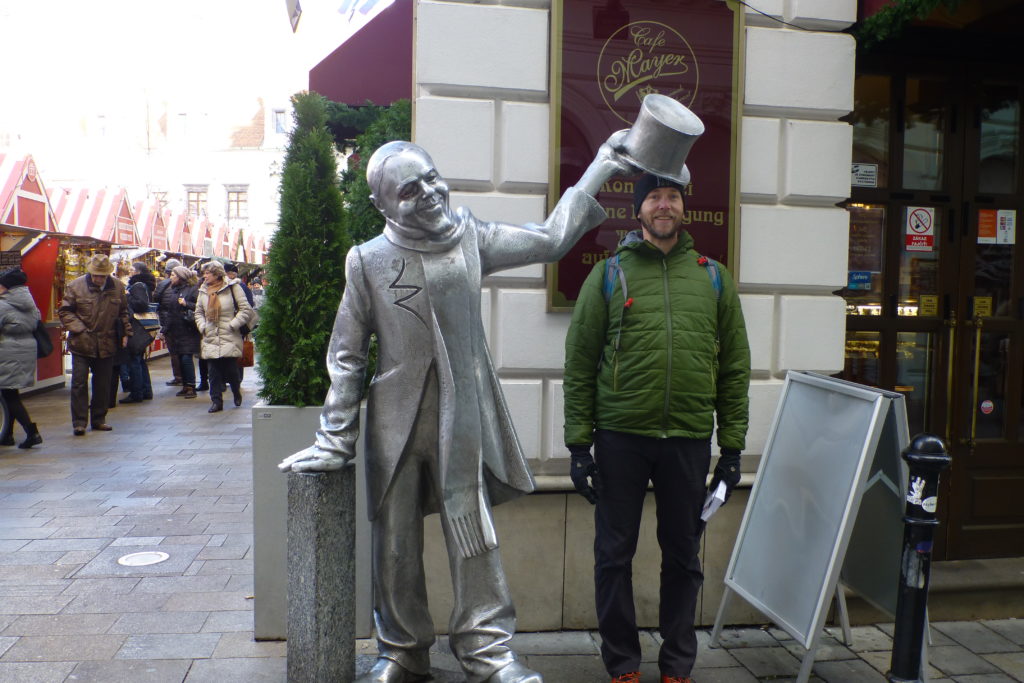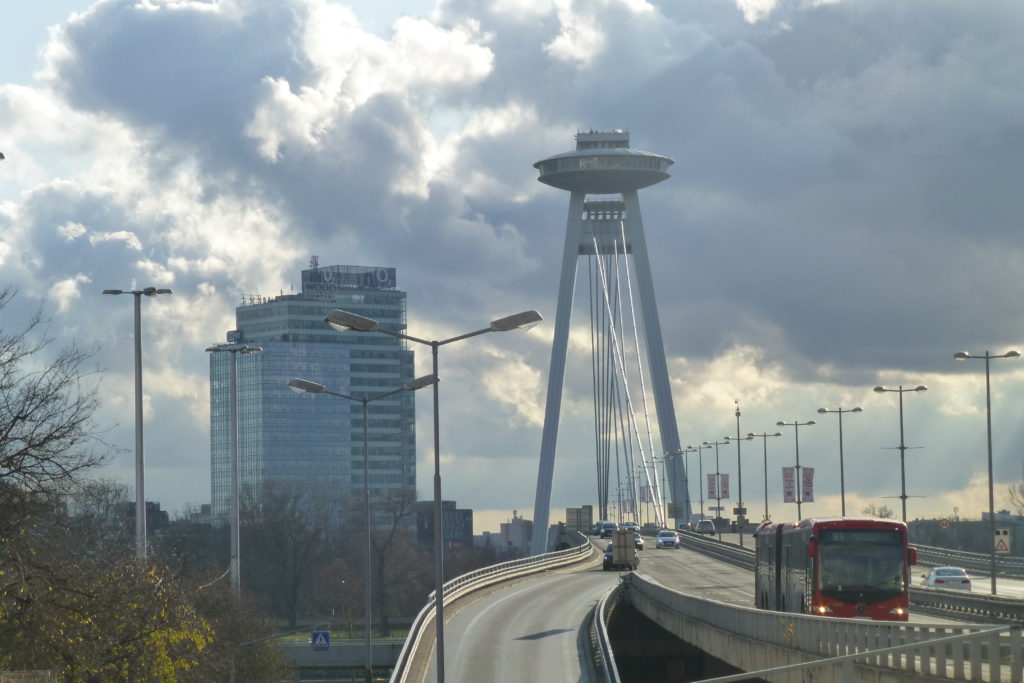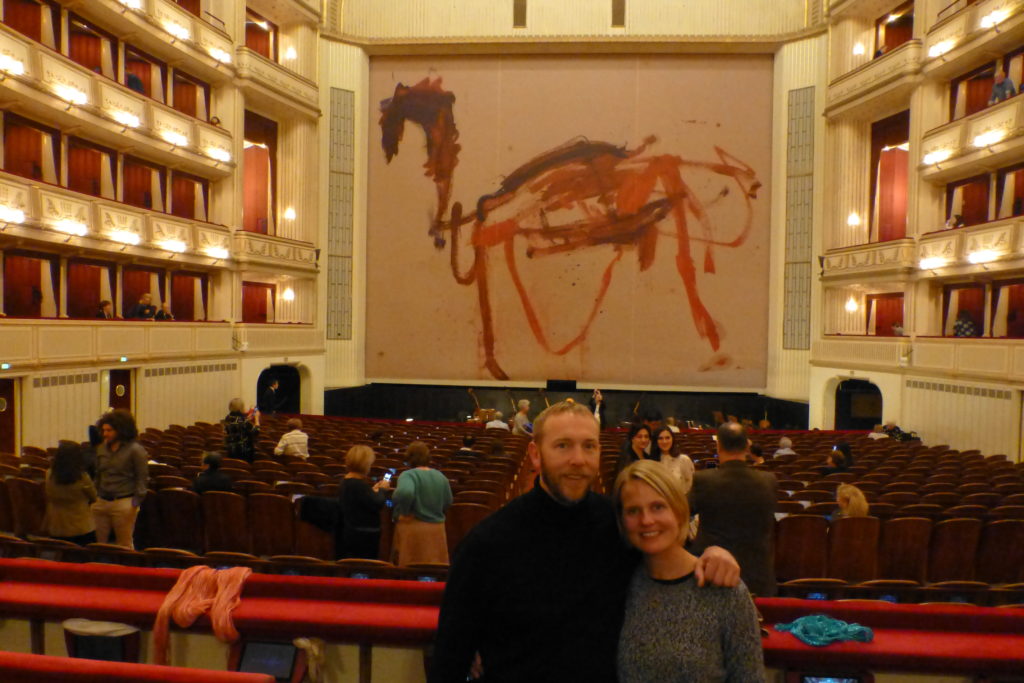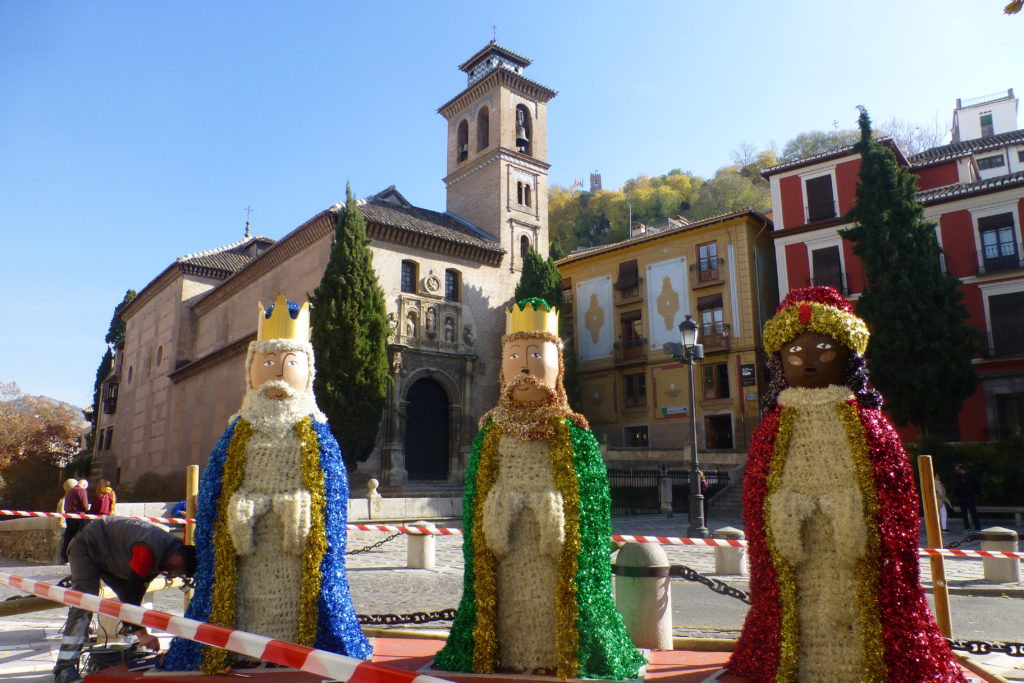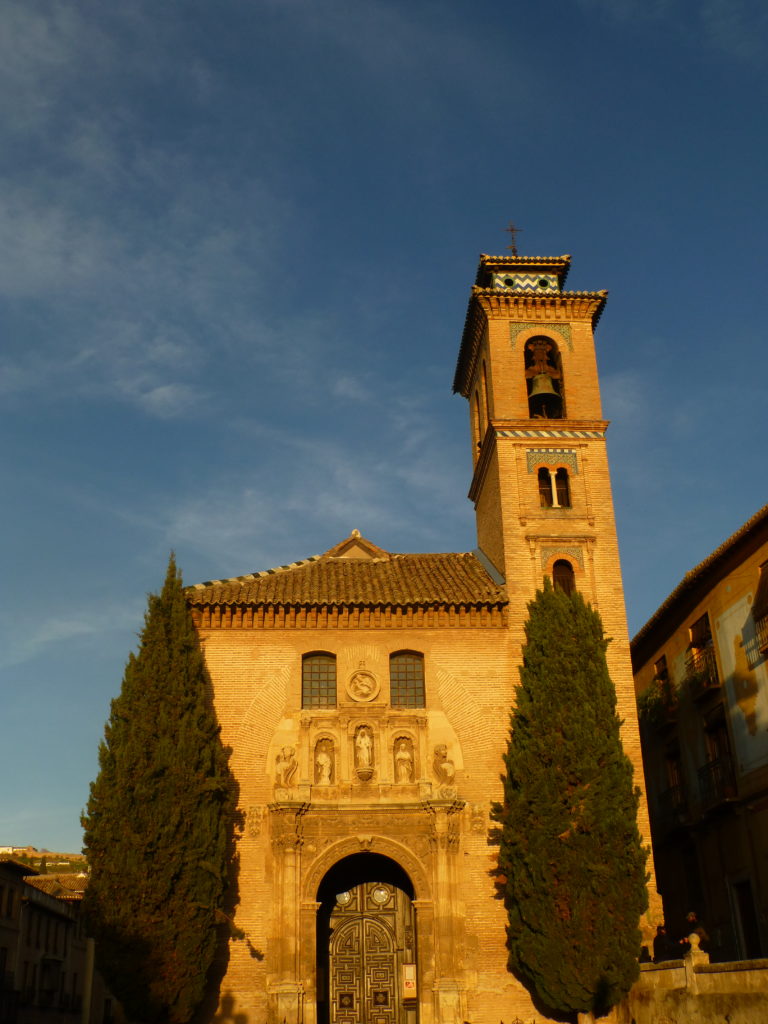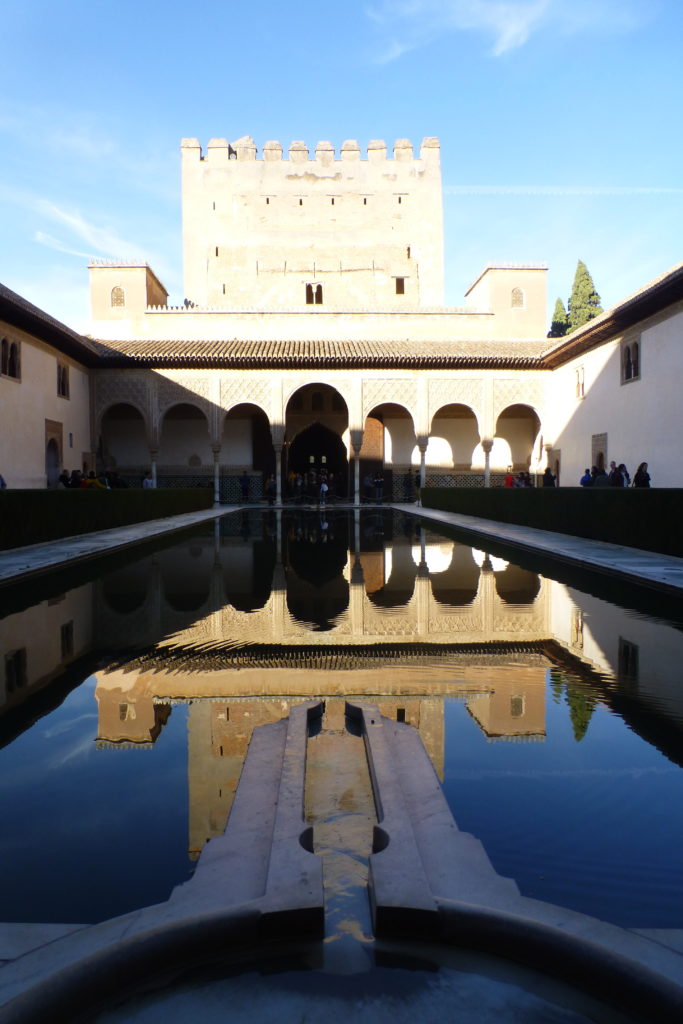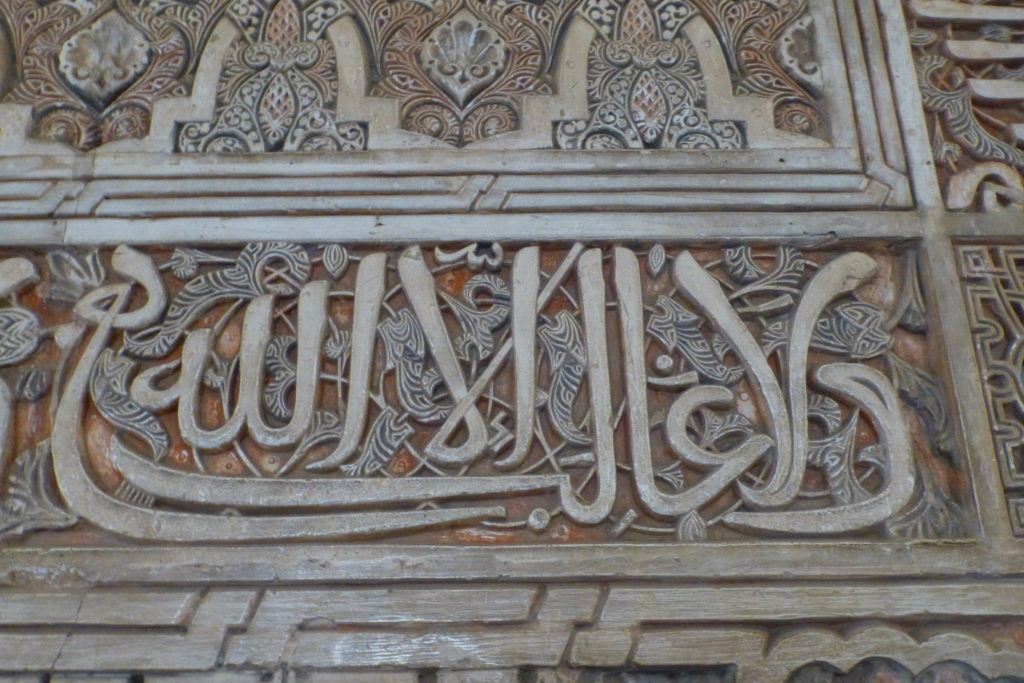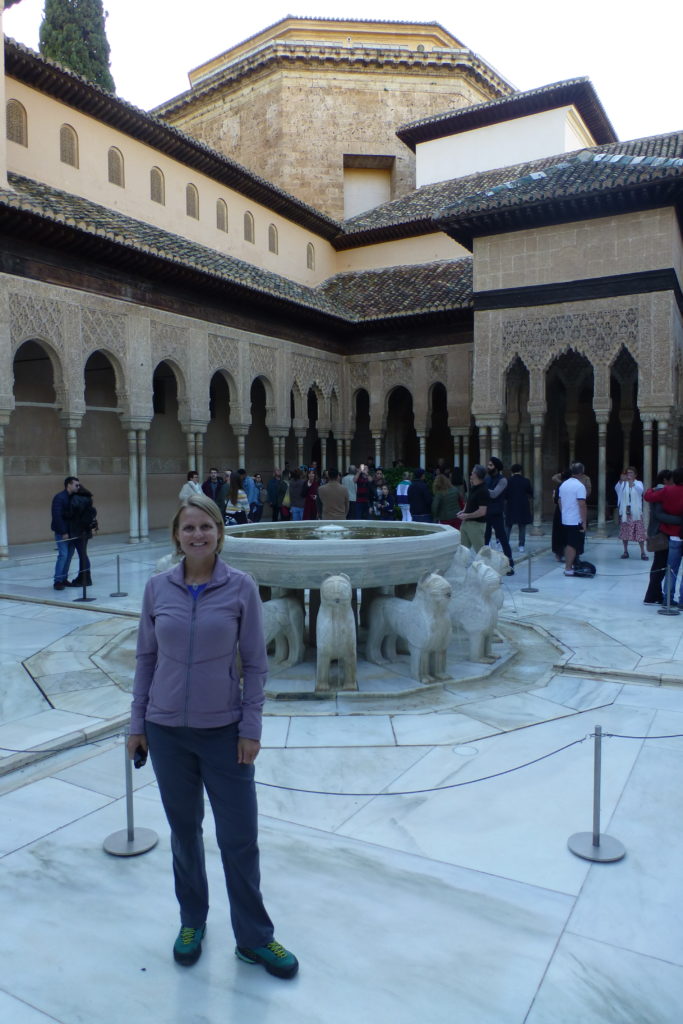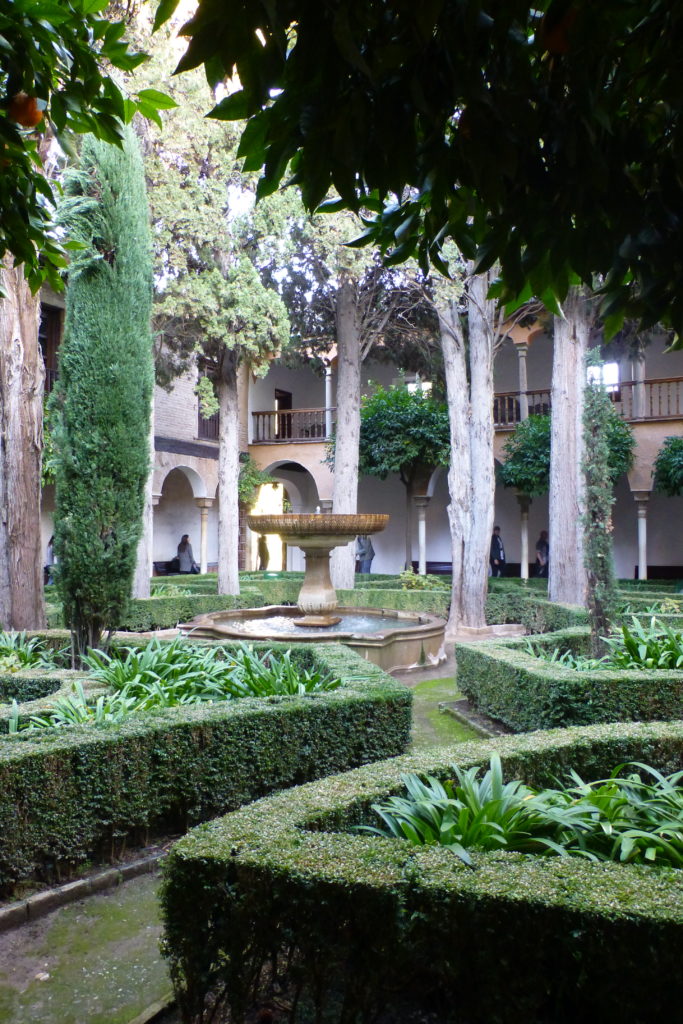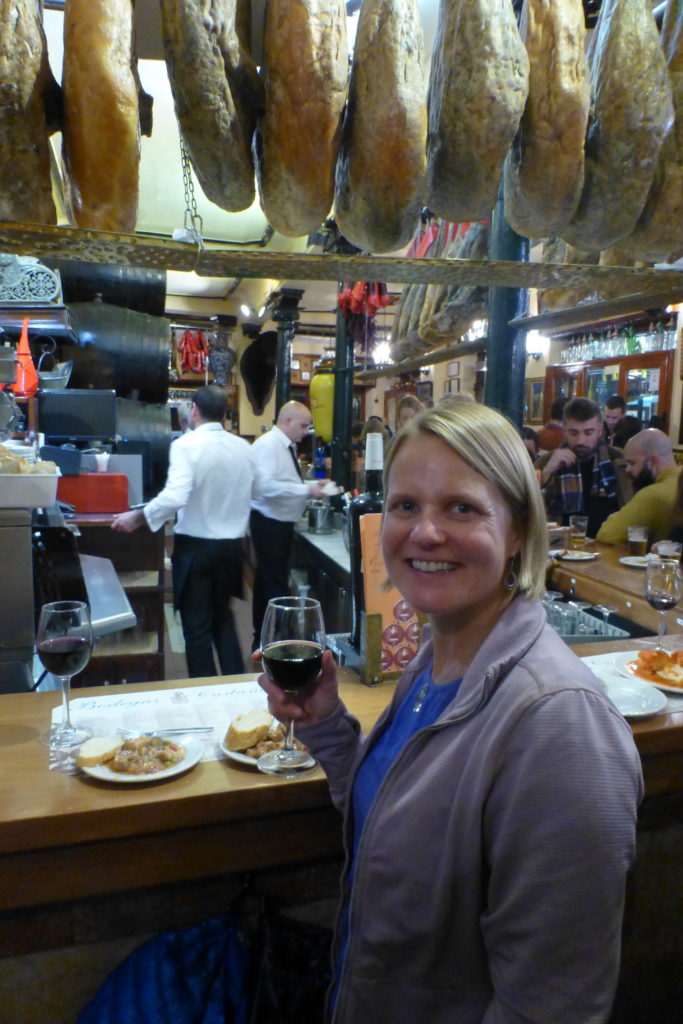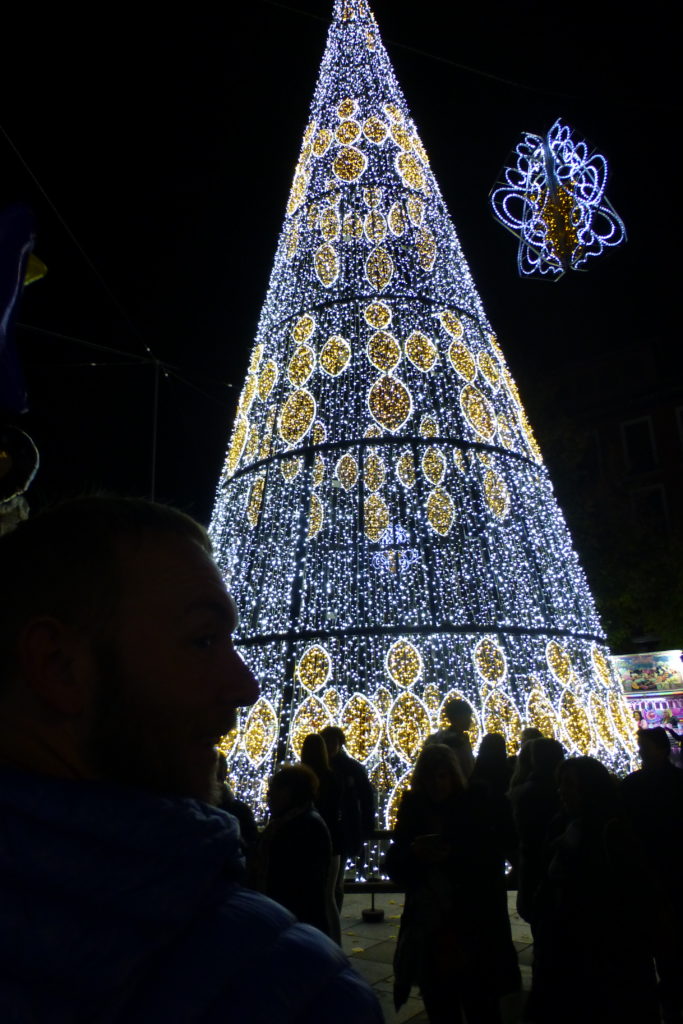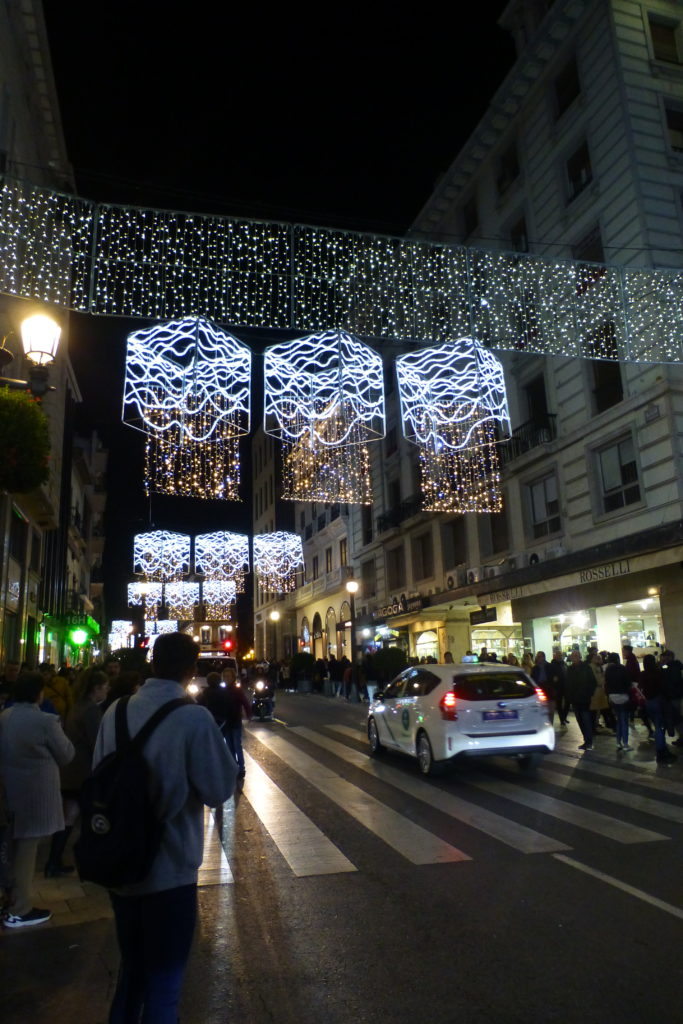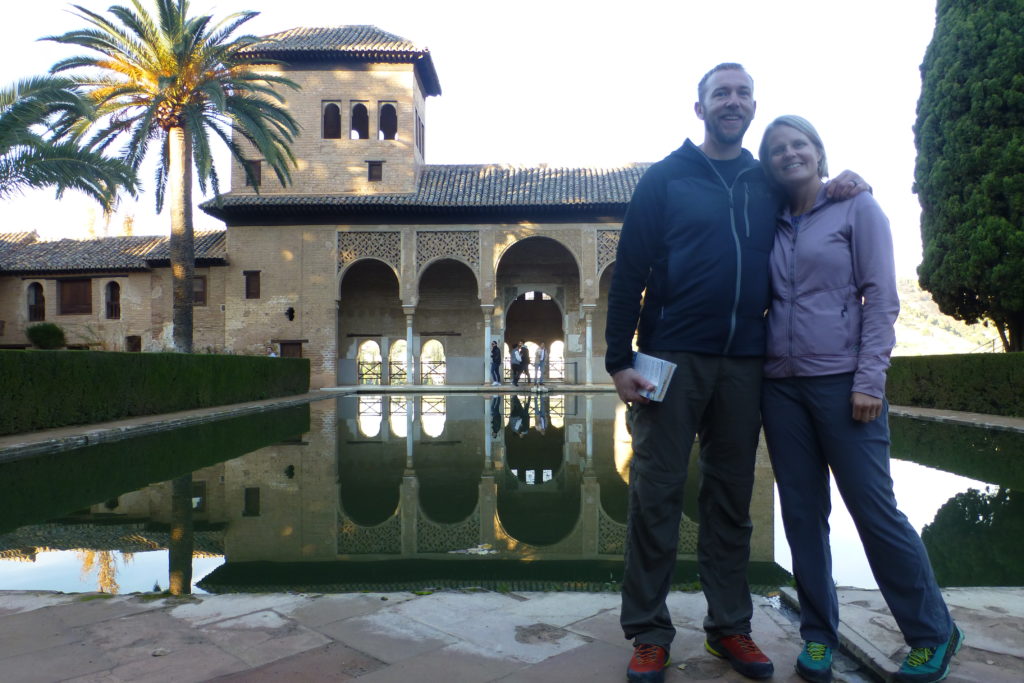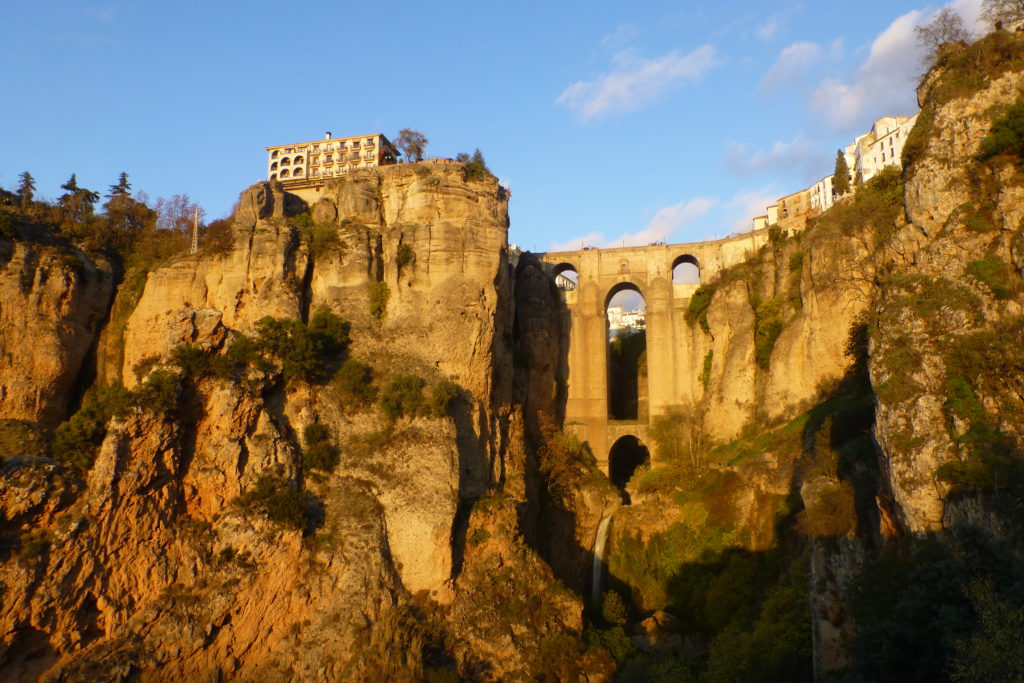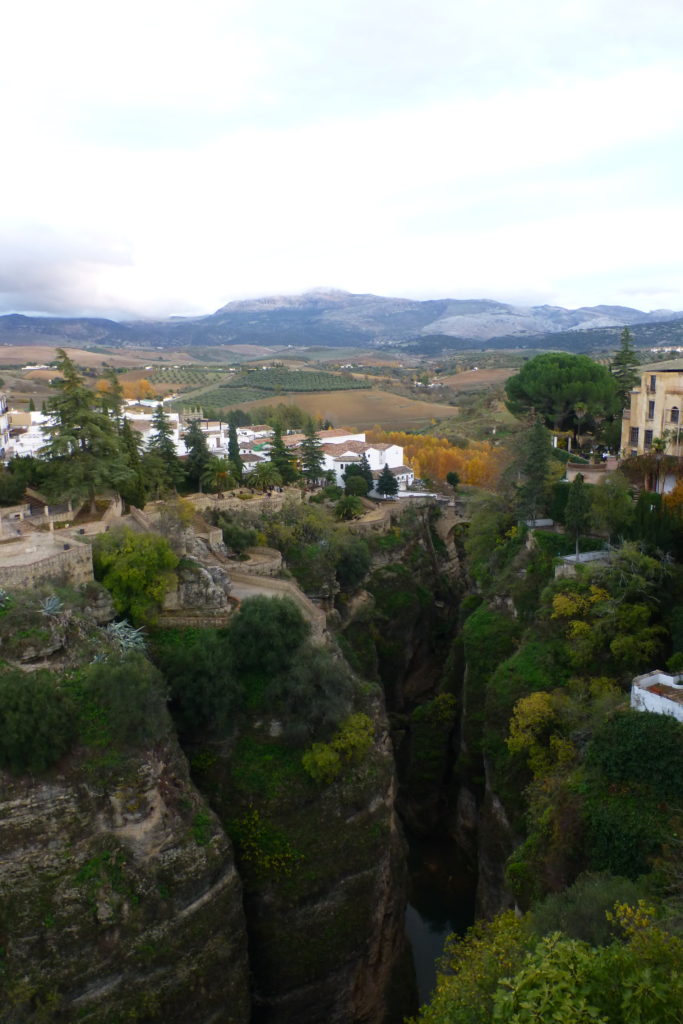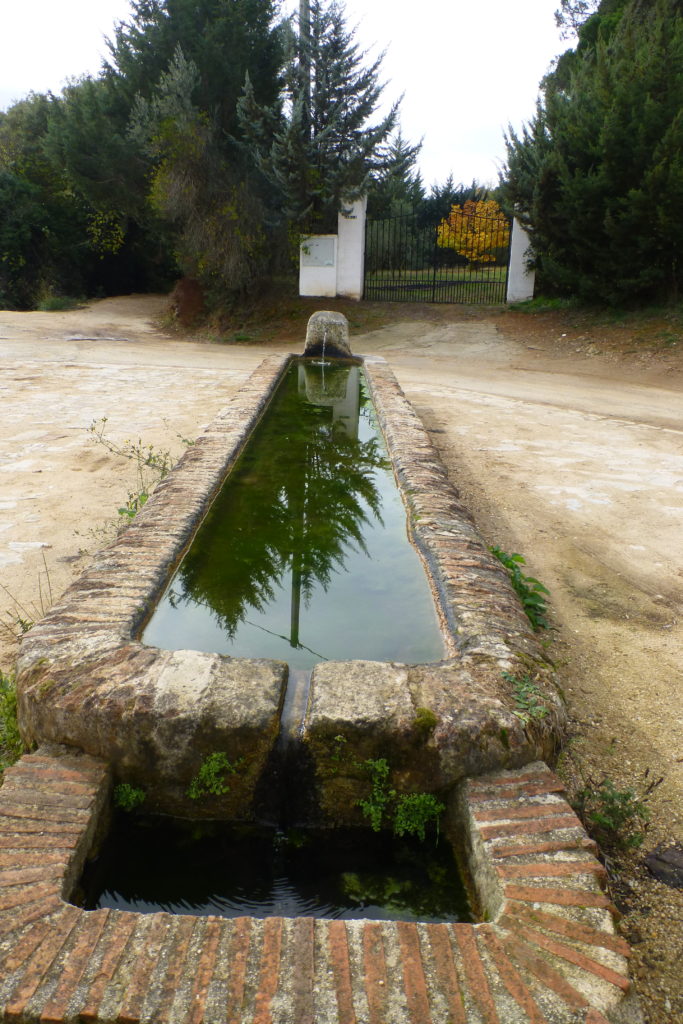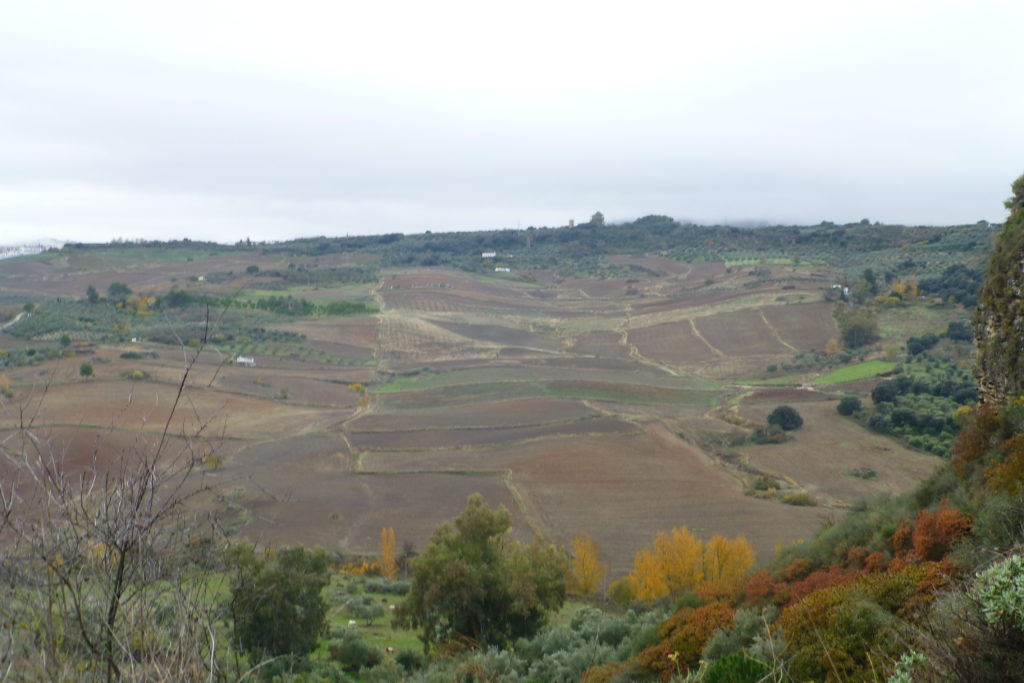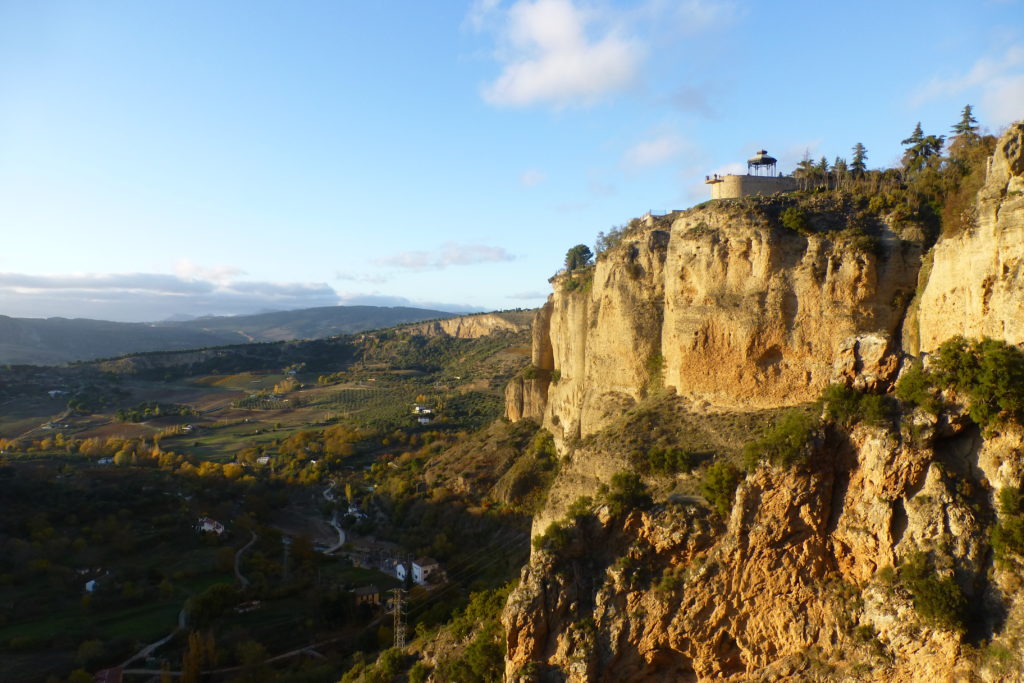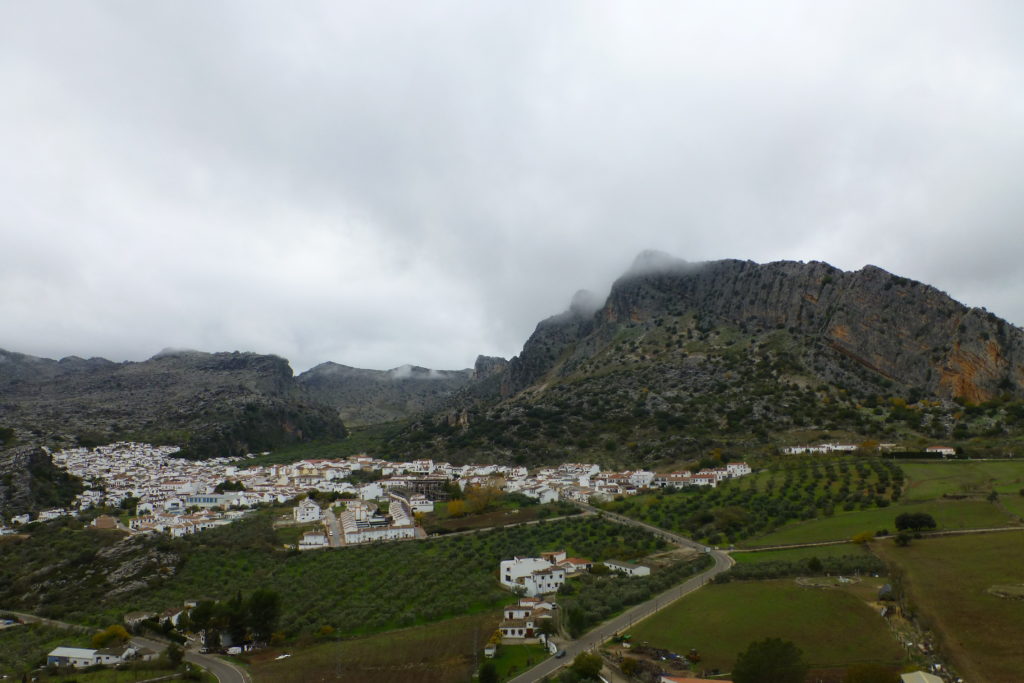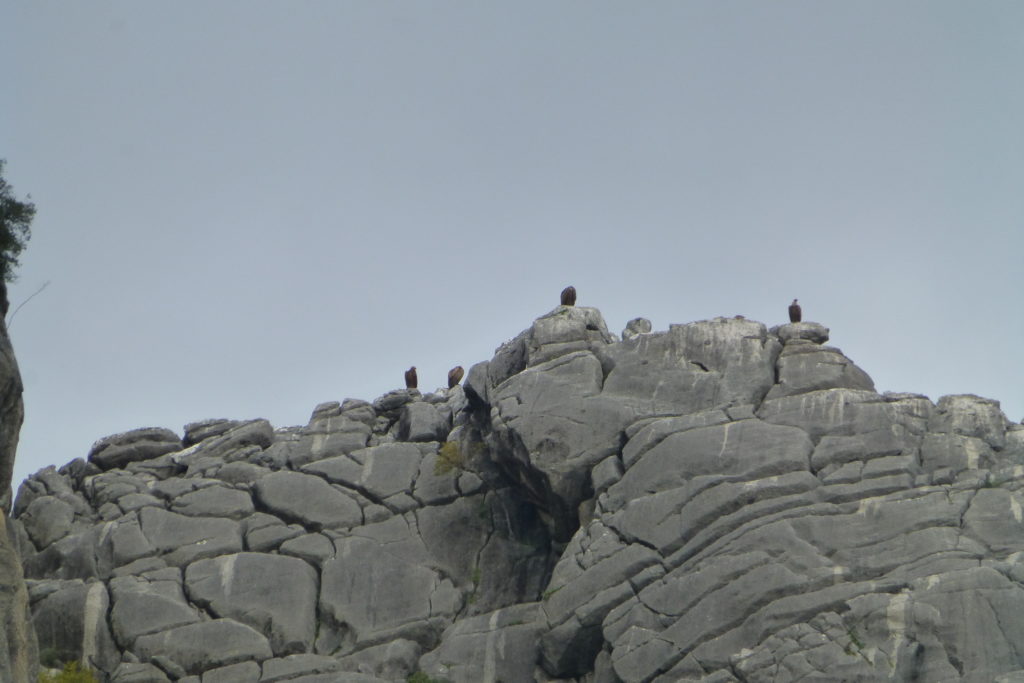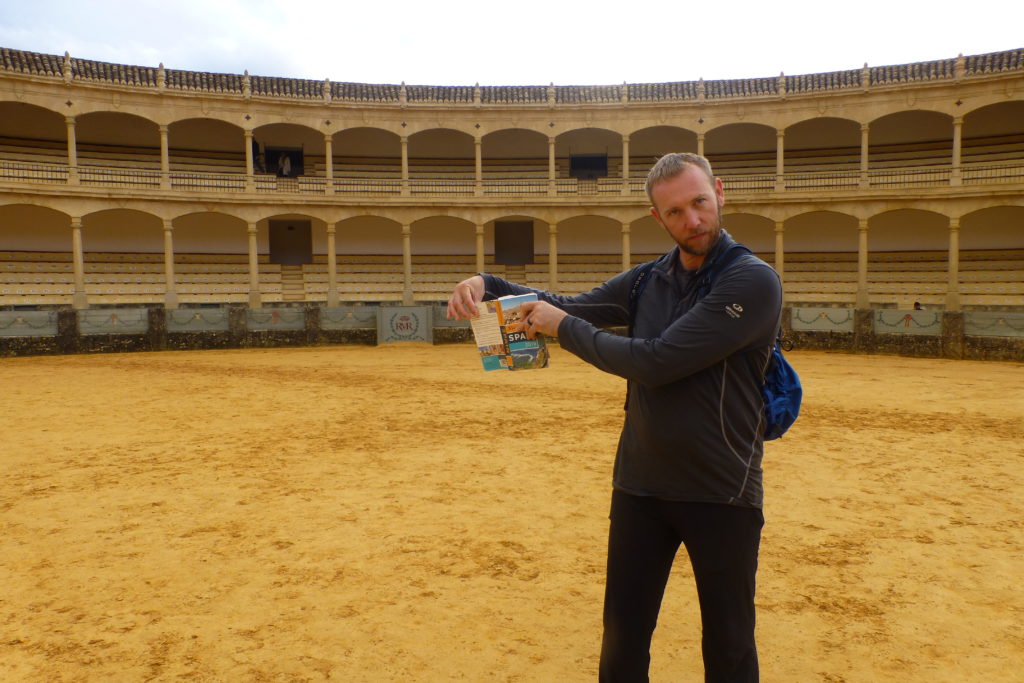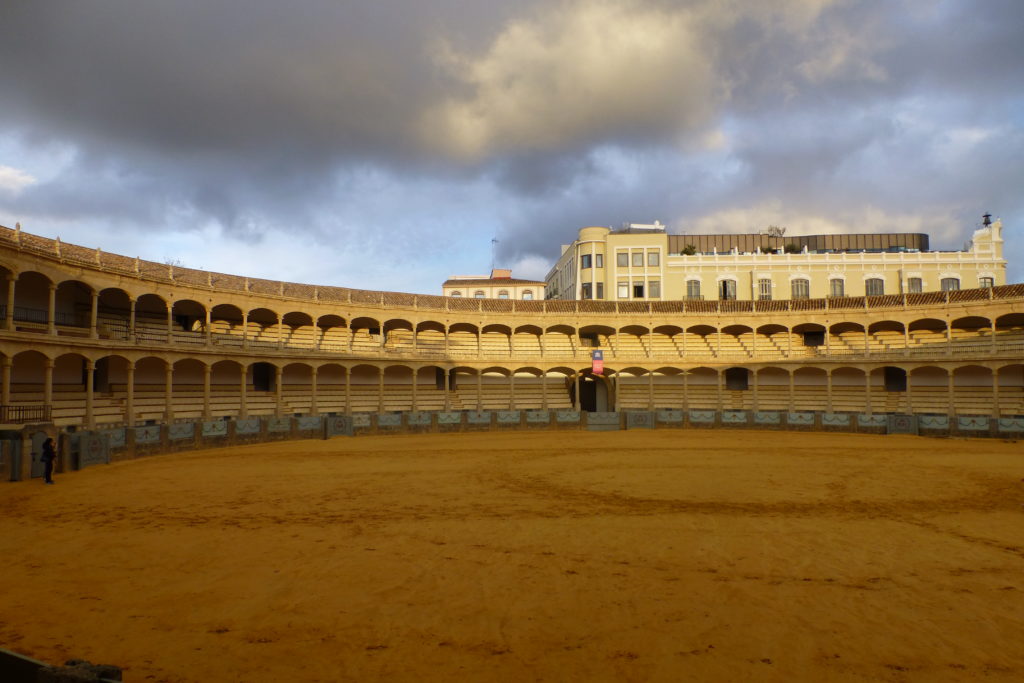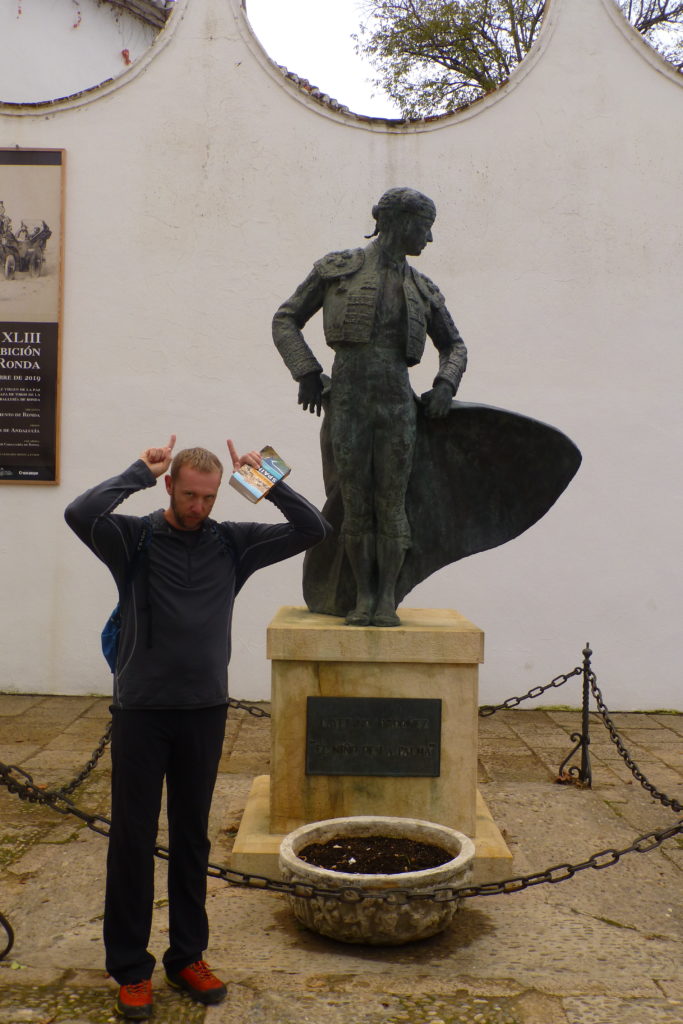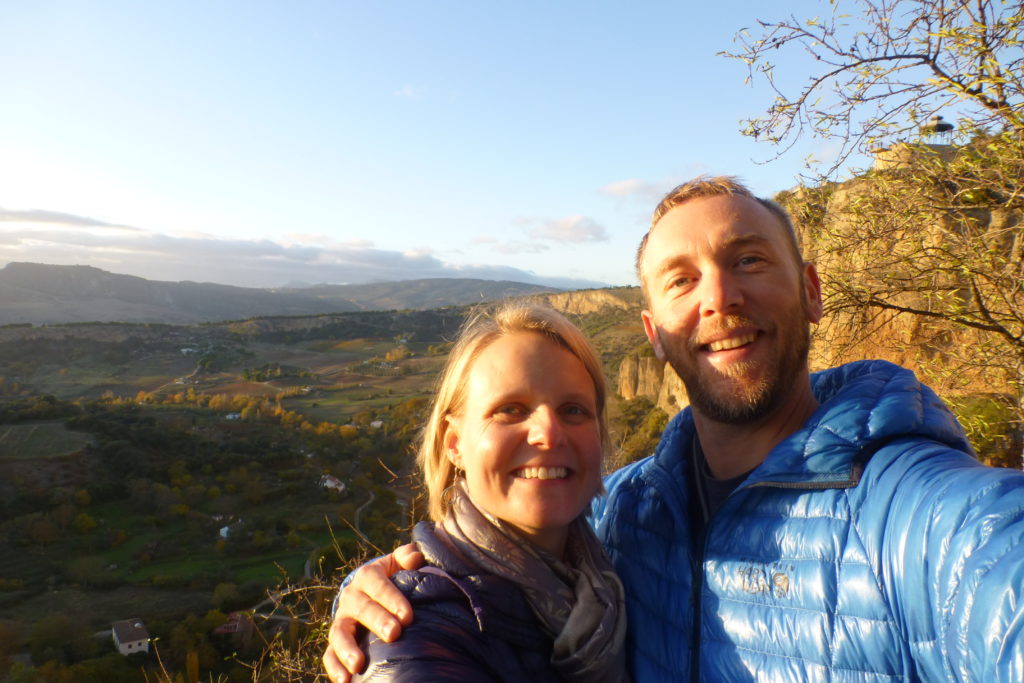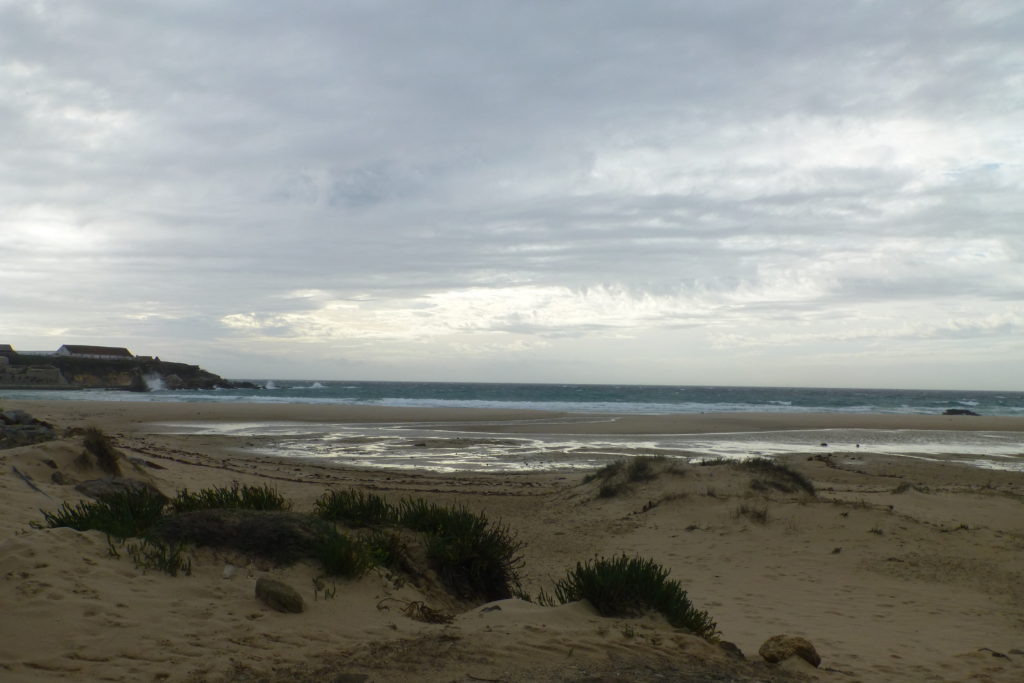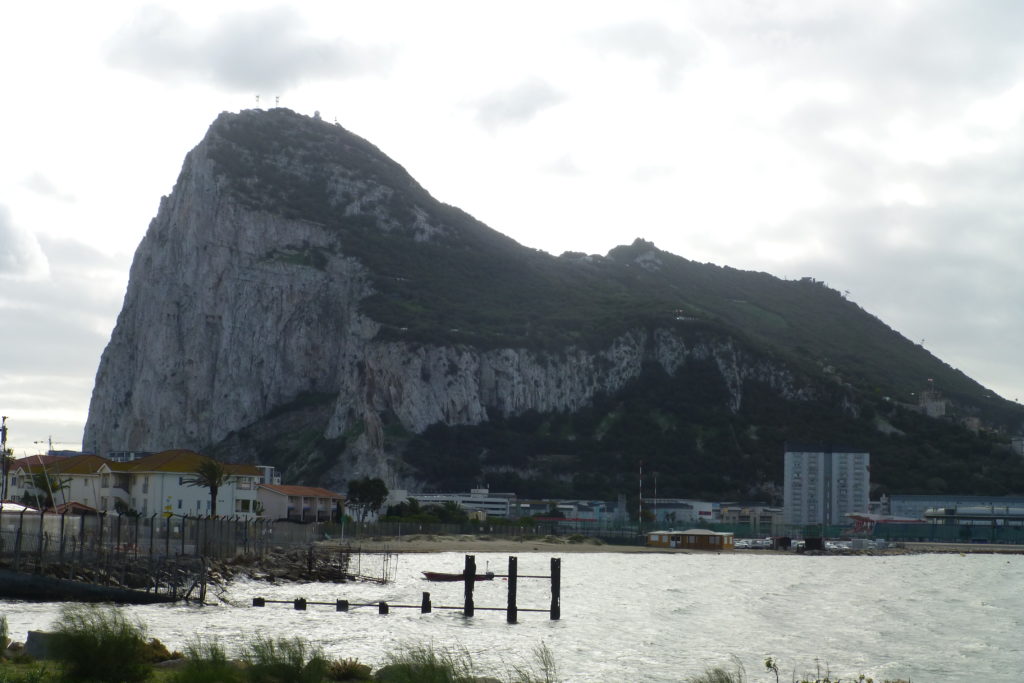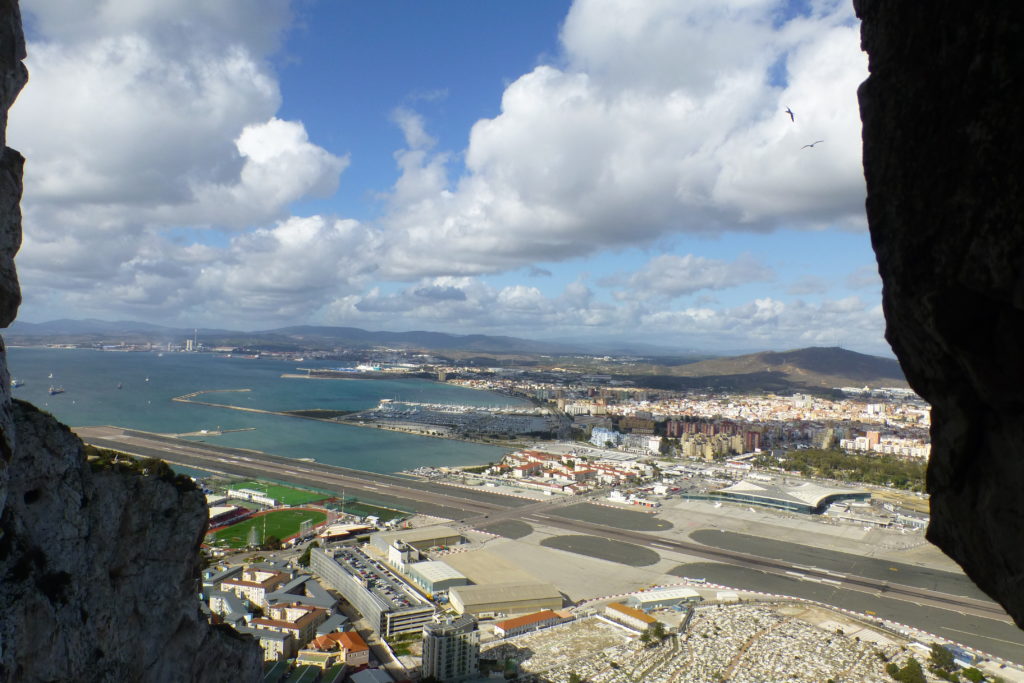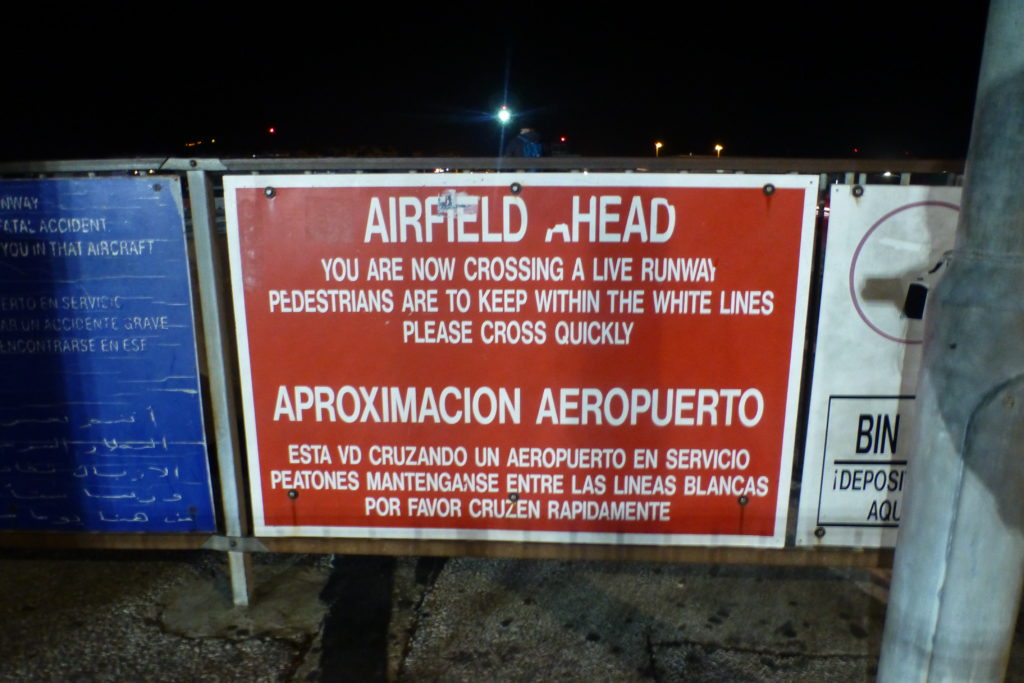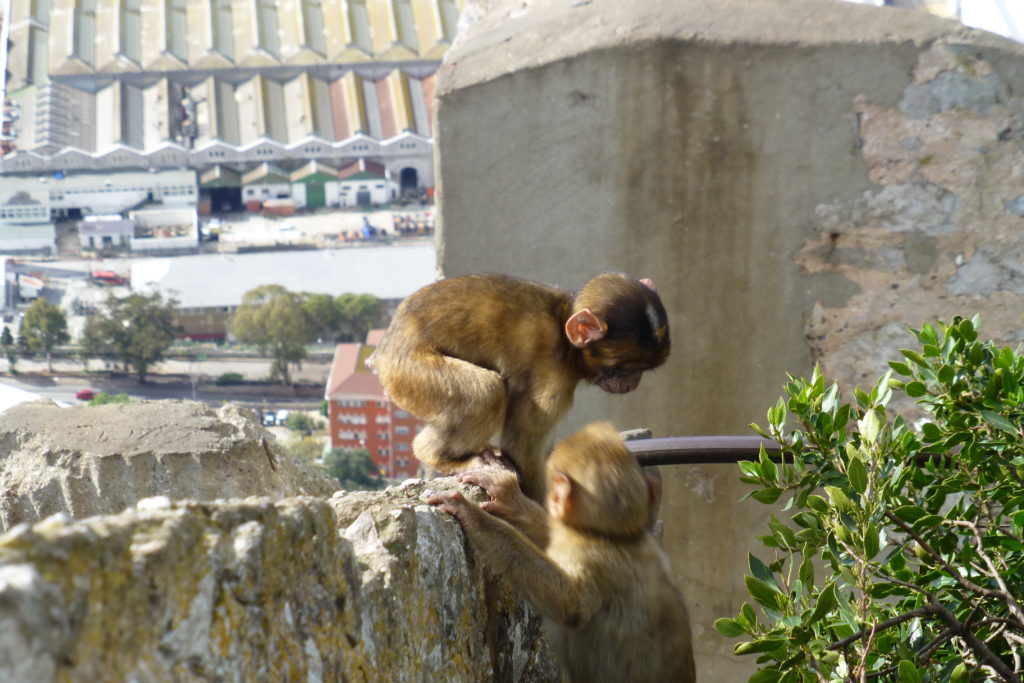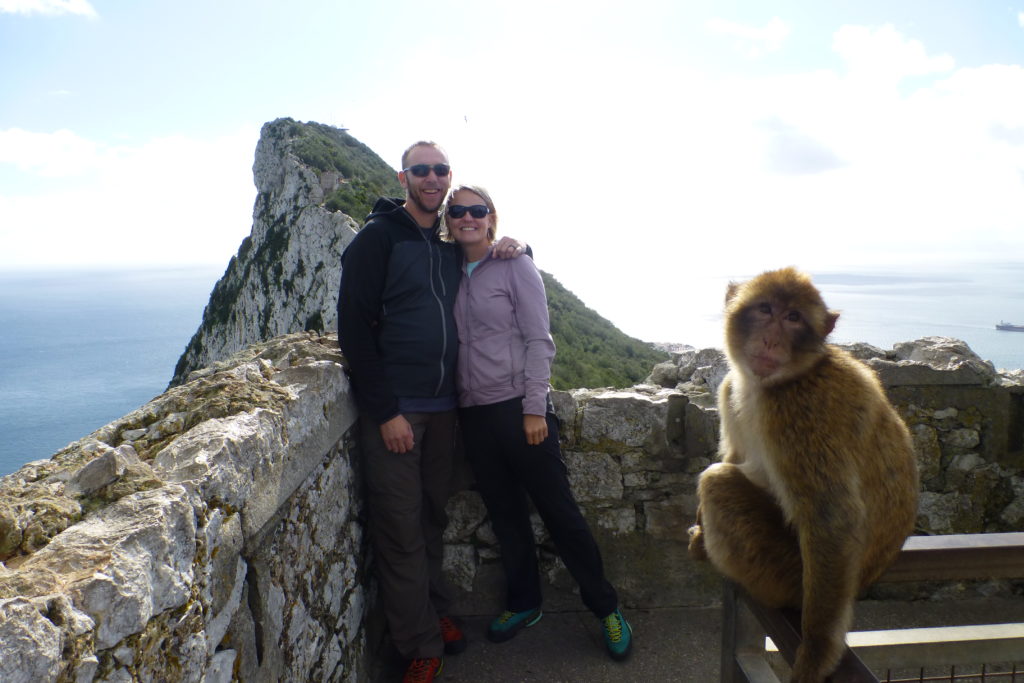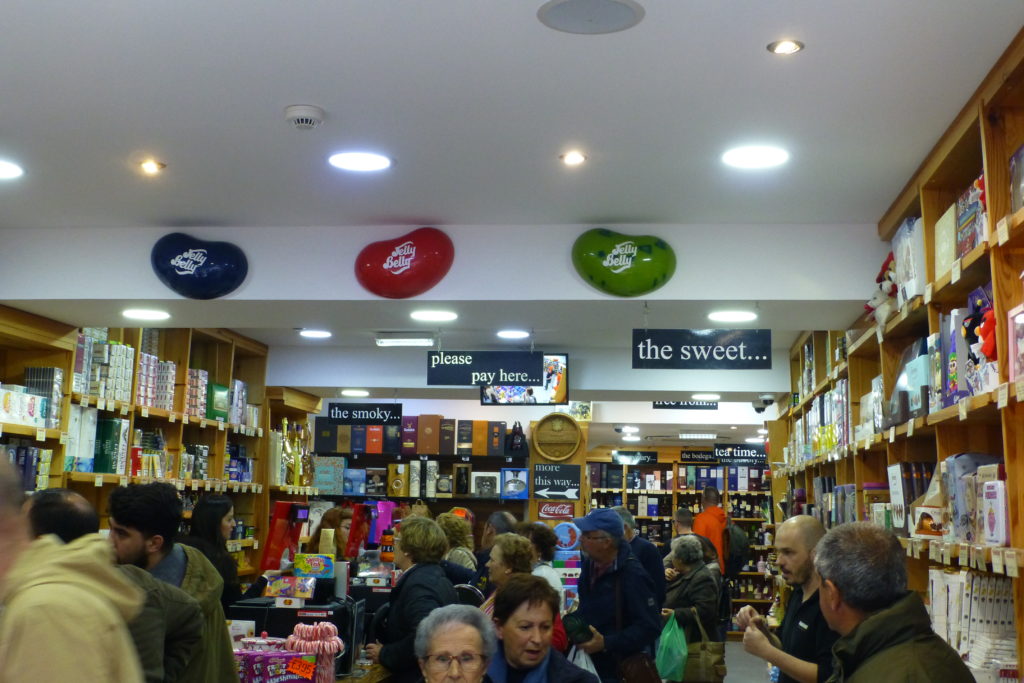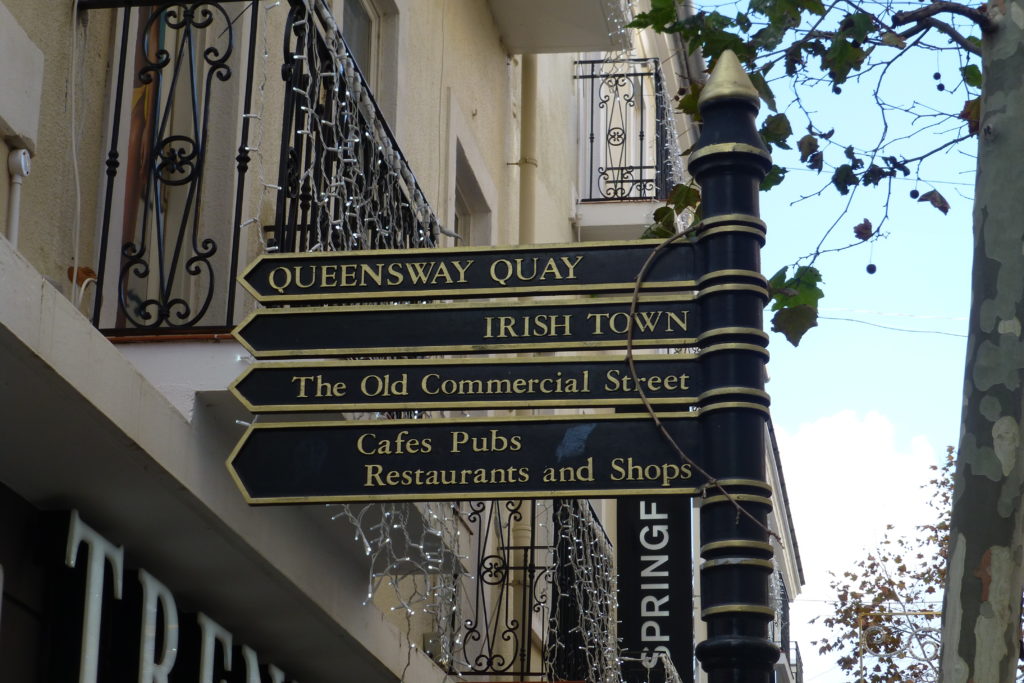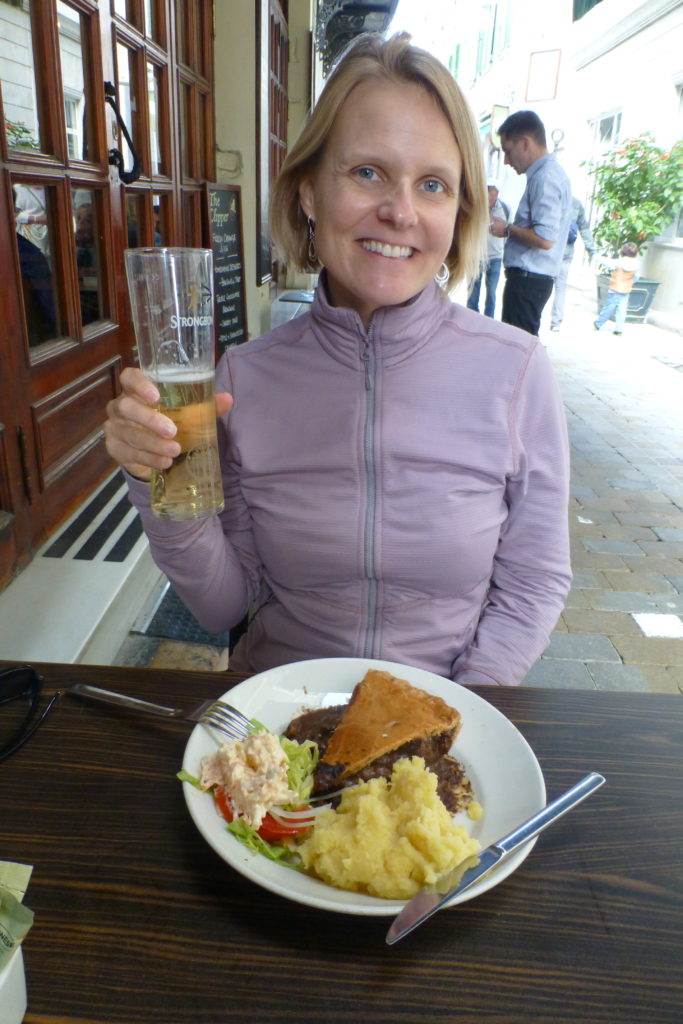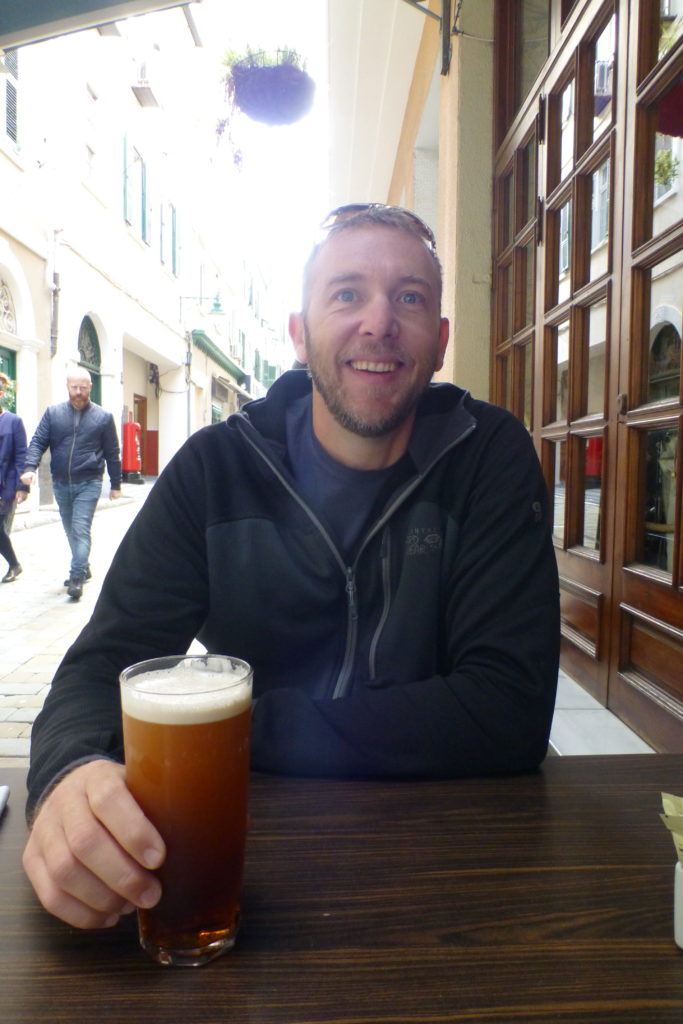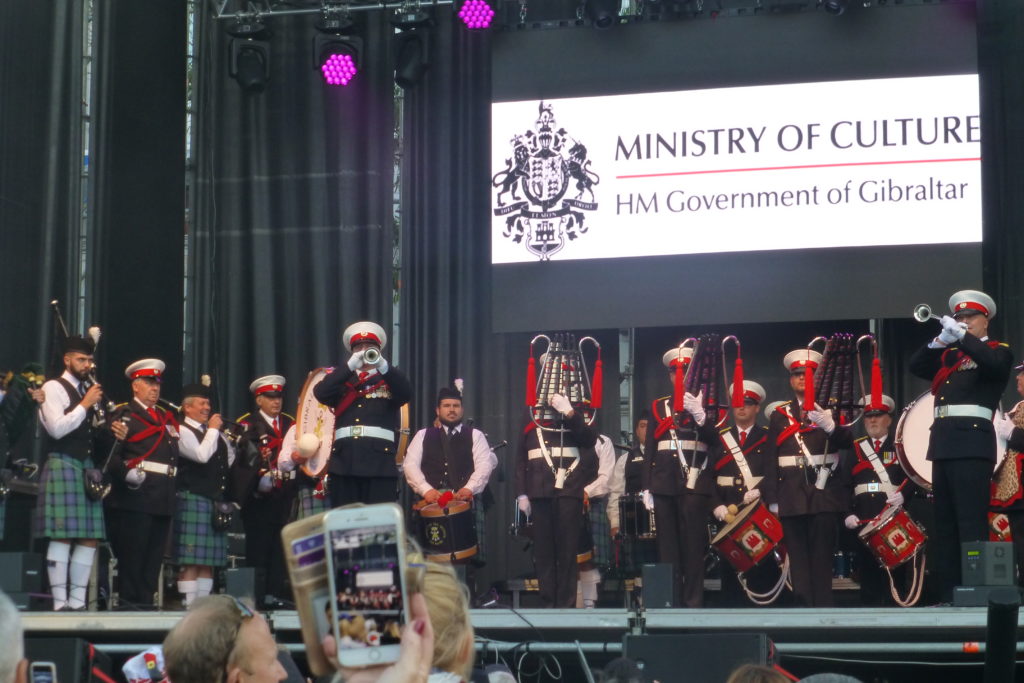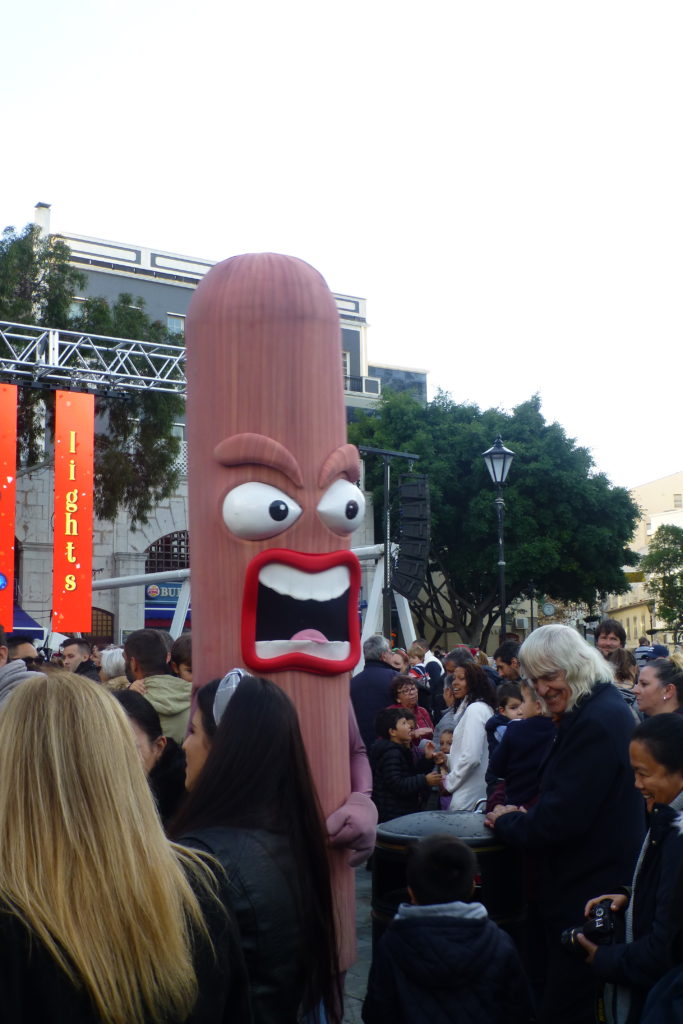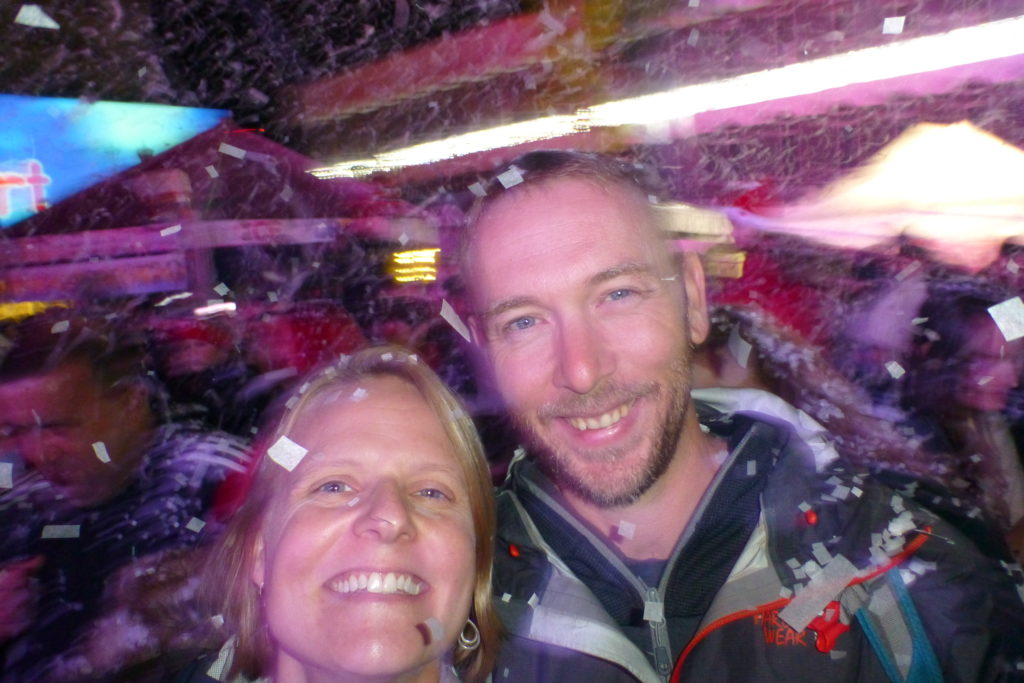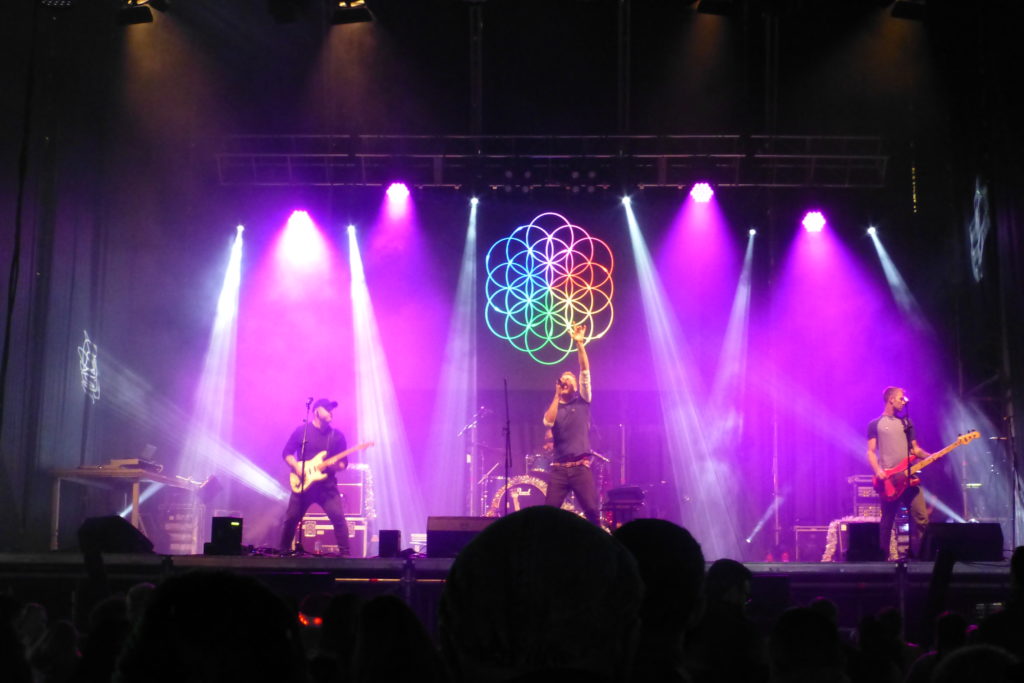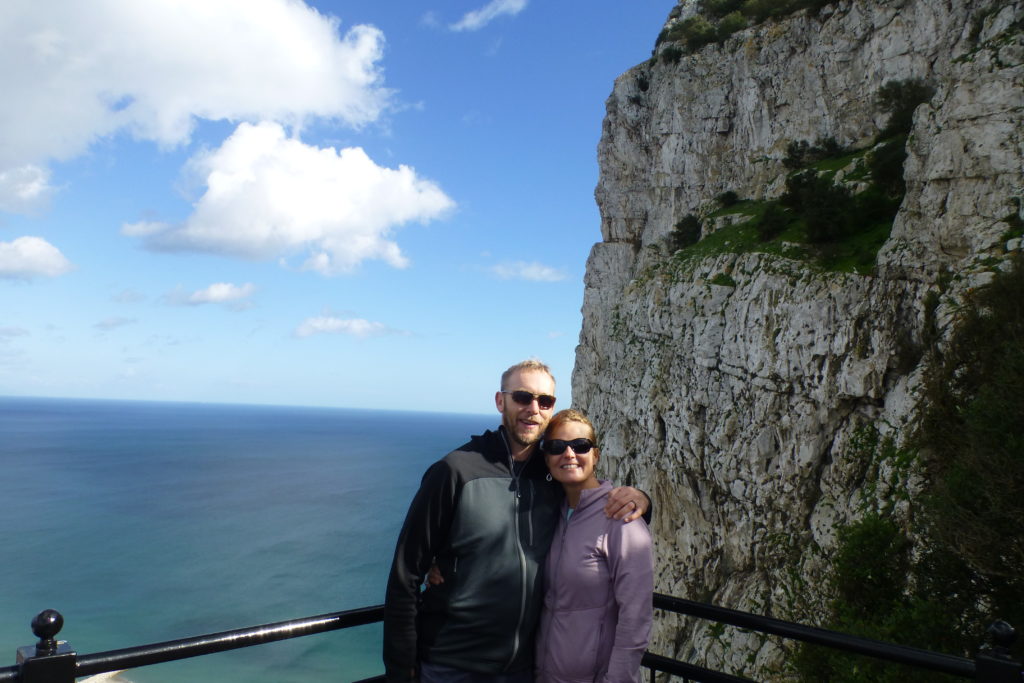When Sarah and I started planning the Still Moonin’ Tour, we each had our own lists of ideal destinations. Some of those were shared, and others required negotiation. Climbing in Ecuador was something I’d wanted to do for a long time, but it took some convincing for Sarah. The mountains are big, and she is not wild about high elevation. It would be expensive because Ecuador requires guides. We also would be pretty far from our normal level of fitness for climbing. When she told me that I could go ahead and do the footwork on researching, I’m pretty sure she thought either I wouldn’t follow through, or I would conclude that it was probably not the best choice for our trip after all. Yet, here we were one year later meeting our team for the next two weeks of high elevation adventure!
Much of our team was already acquainted; as Sarah wrote in our last blog, our close friend Mac had already joined us in Ecuador for our trek around the Quilotoa highlands. Right before we left for that short outing, our good friend Linda had posted on Facebook that she was looking for some type-2 fun before she started a new job in a few weeks. To our welcome surprise, she put together a trip to Ecuador in only a few days—good thing she stays in great shape all the time! Our new teammates—who would soon become awesome friends—were Sophie and A.T. I was a little worried that it would be tough for two other people to join a team of old friends and climbing partners, but both fit in well because of their super positive energy and strong senses of humor! In climbing, it doesn’t take long to form close connections with the right people, and we lucked out in this team of 6.
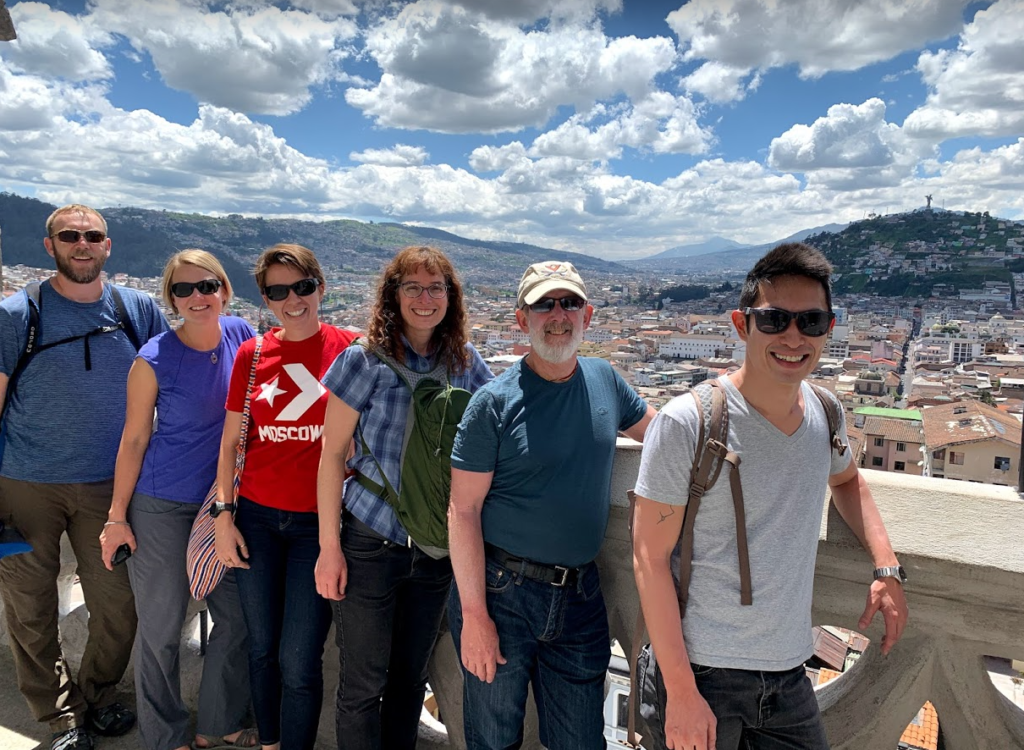
Our first day consisted of a logistical meeting and a walking tour of Quito’s Old Town; we met our head guide, Jose, at this time. Jose is an internationally certified guide who splits his time between his native country of Ecuador and the Swiss Alps. He didn’t need his fluent German on this trip, but he spoke great English as well. We soon found that in addition to excellent climbing skills, he was a genuinely kind person who went out of his way to ensure our experience was top of the line. I fully expect him to be running his own company someday, if that is the path he chooses.
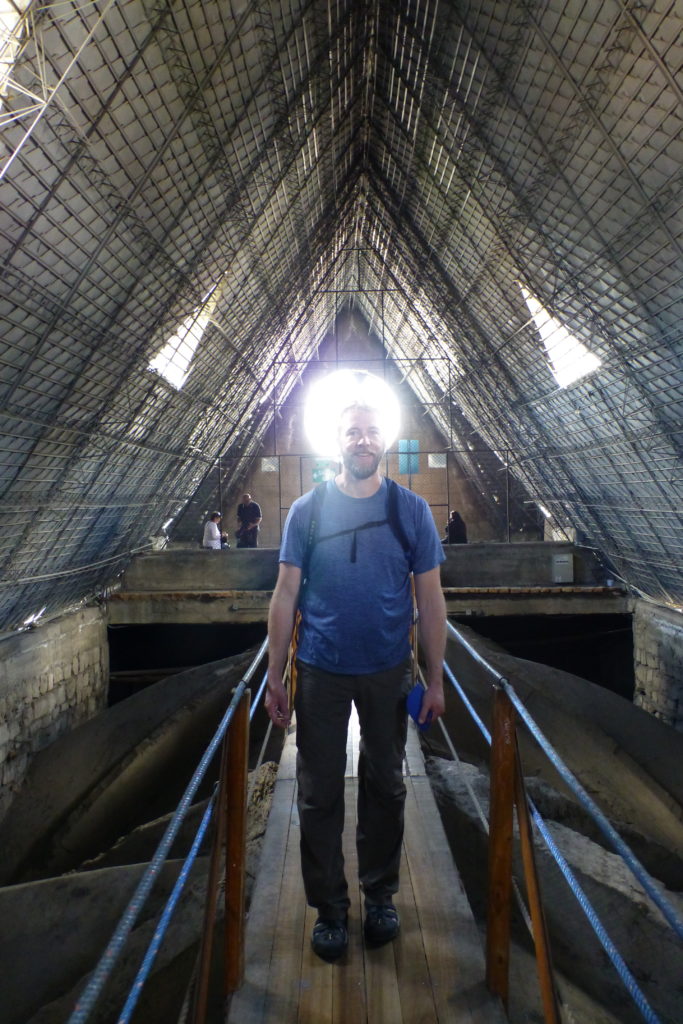
In addition to seeing cool stuff, our goals for the Quito tour were also to continue acclimating and to start to gel as a team. It’s amazing what a few days in the highlands had done for Sarah, Mac, and I already. We were all moving with normal heart rates and no headaches, and it was much easier to enjoy our walk around Quito than it had been the previous week. We revisited the Basilica that Sarah described in her last blog, but this time we climbed the two towers. There was a pretty memorable vertical staircase that was definitely airy, but the towers provided great views. Quito is really sprawled out, and it is sort of a giant blob of civilization surrounded by nothing but high hills and mountains.
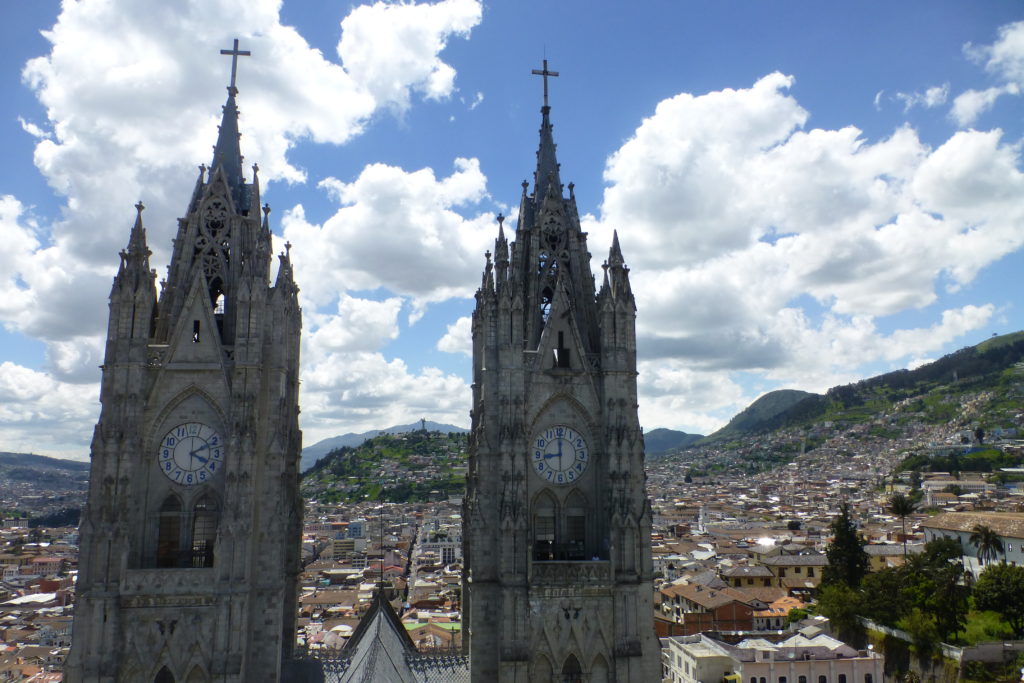

The rest of our tour included a couple of other churches—Quito’s churches are a little different than others that we have visited in South America, which was nice for us. We had a nice lunch of traditional Ecuadorian food—hello, plantains, how I’ve missed you! We also enjoyed chocolate and coffee tastings, strolled through the Grand Plaza, and visited an artesian craft market. By now, we’d also had plenty of time to chat with one another, and I think everyone felt like things were going to be good.
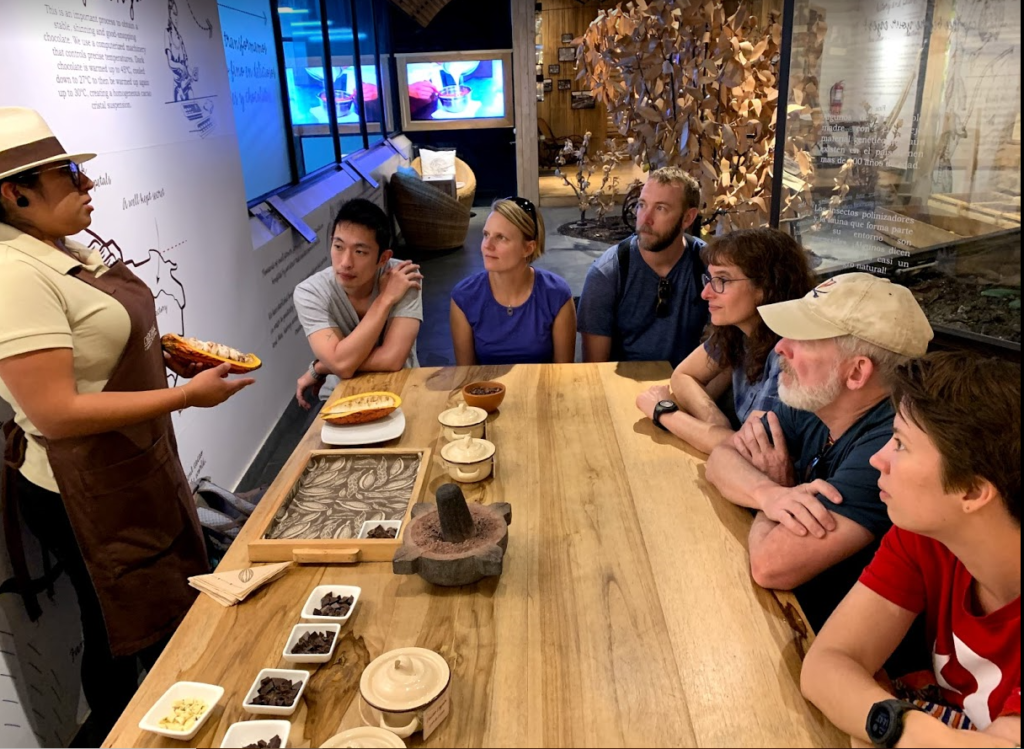
Day 2 was our first acclimation climb—a hike to the summit of 13,700 ft. Pasochoa. The peak has two distinct summits, and it took our group about 3 hours to reach both. Everyone seemed to do quite well with the elevation, and I really liked Jose’s slow, steady pace. He obviously knew what we needed in order to be efficient but also comfortable as we adjusted to thinner air. The hike was nice—not many people—with some cool plants, including long grass that captures dew and rain, thus becoming part of the system carrying water downhill to the people. We enjoyed fine views of the mountains, which often cloud in by mid-afternoon, because it was sunny and clear.
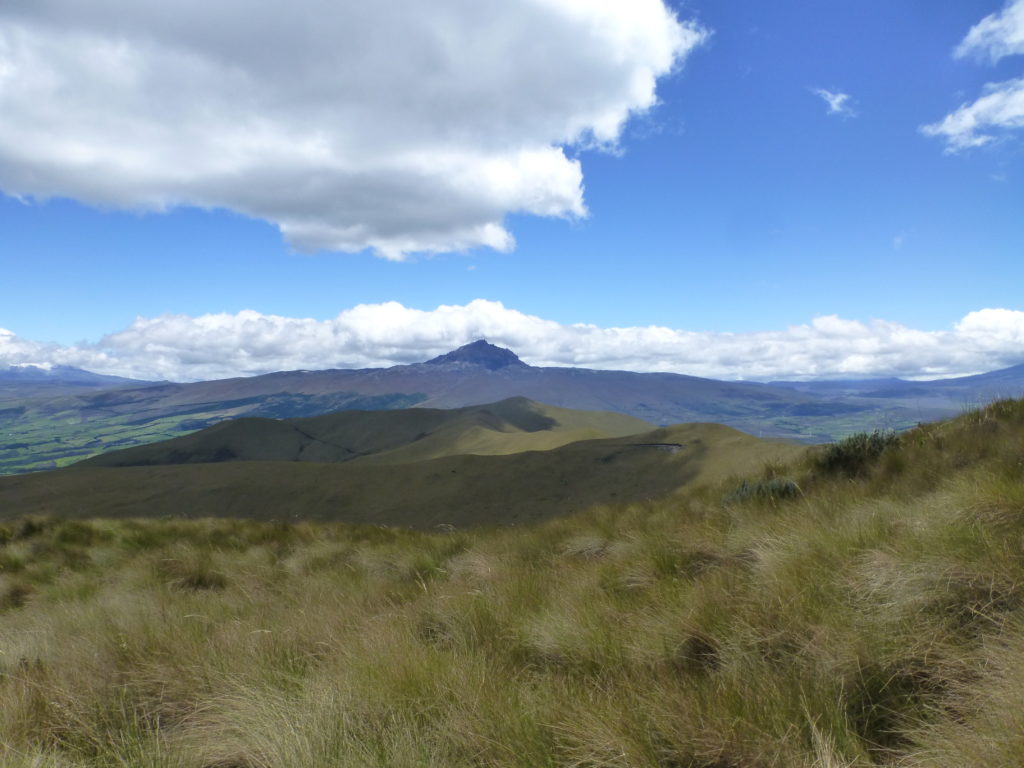
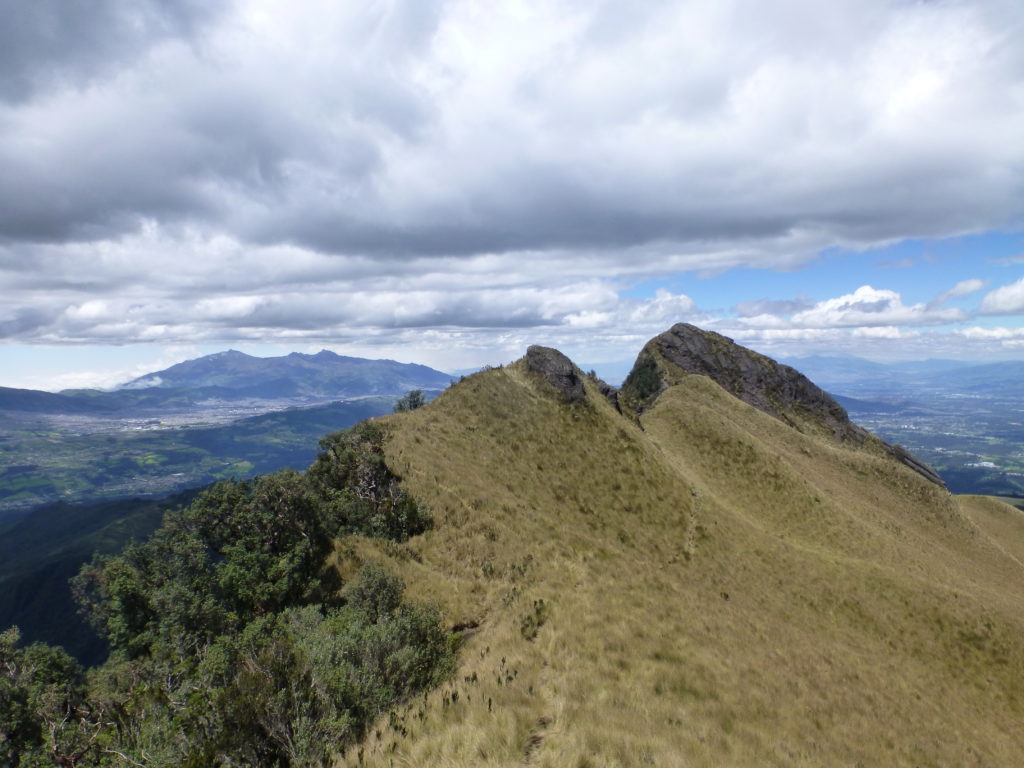
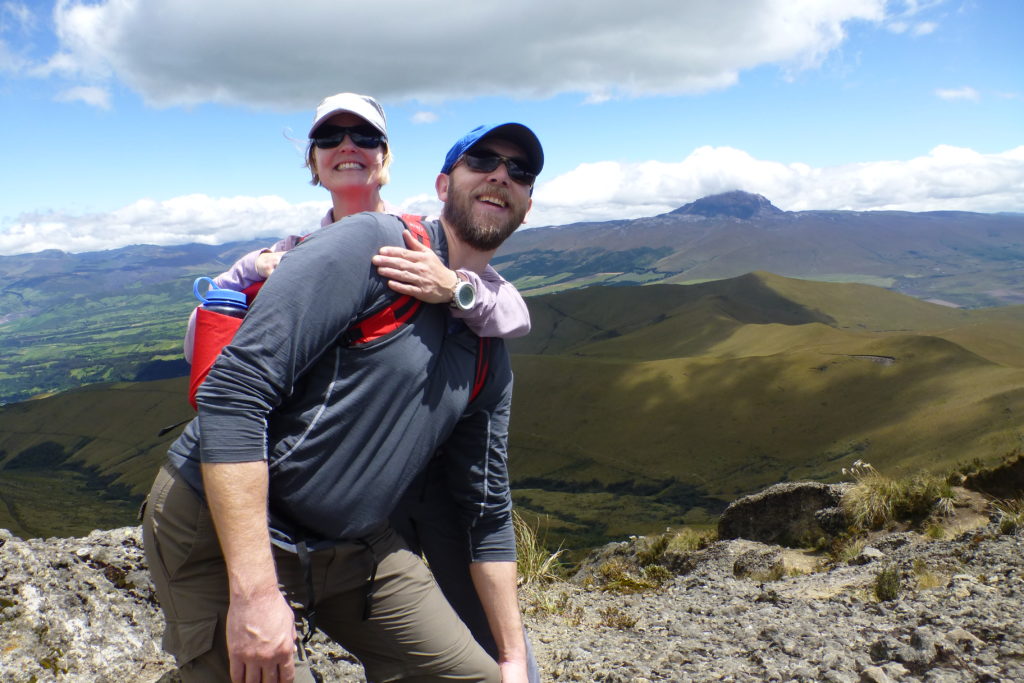
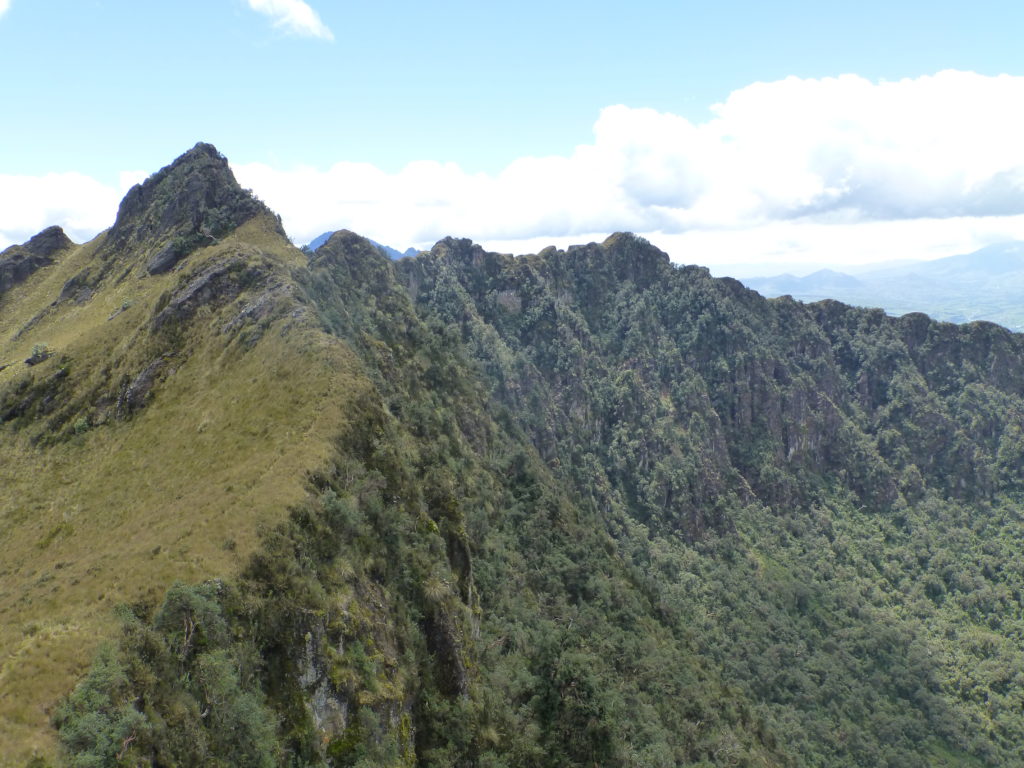
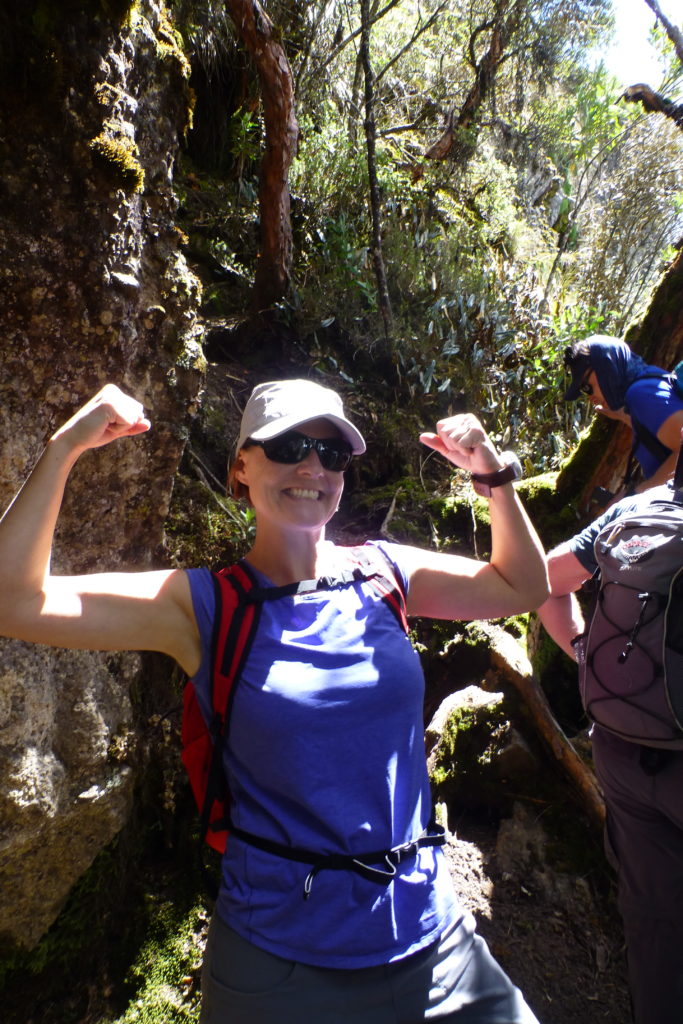
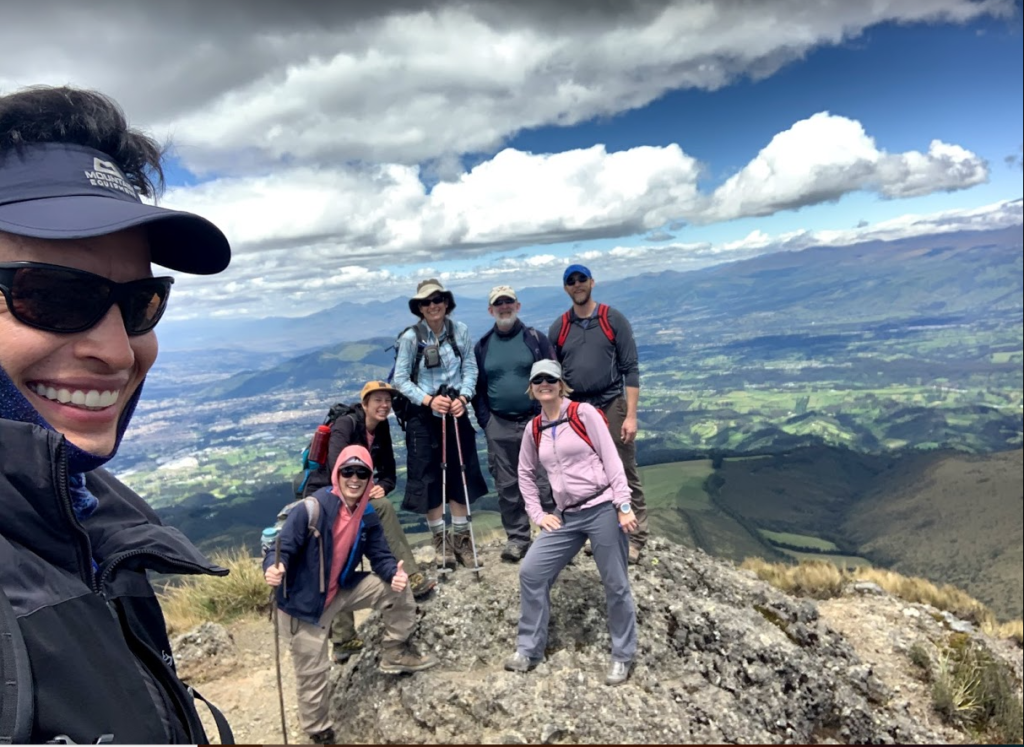
We continued acclimating with our second climb the following day. Pichincha, hovering directly above Quito, was a big step up in elevation—15,600 ft. Our total elevation gain was similar to the previous day, though, because we rode a chairlift up to about 12,000 ft. Pichincha is one of the most popular, accessible peaks from Quito, and so it can be quite crowded. Luckily, we were there on a Thursday, and it wasn’t too difficult to find a pocket of space just for our group. After a couple of hours hiking up a green ridge with good views of Quito and a few glimpses of bigger peaks (Cayambe and Antisana), we finished with a fun scramble through the rocks and a short patch of old forest to the summit. I had expected this to be my least favorite day because of crowds, but it ended up being quite enjoyable. On our descent, the clouds lifted over Cotopaxi—one of our main objectives later in the trip—to offer some stoke as we prepared for larger mountains.
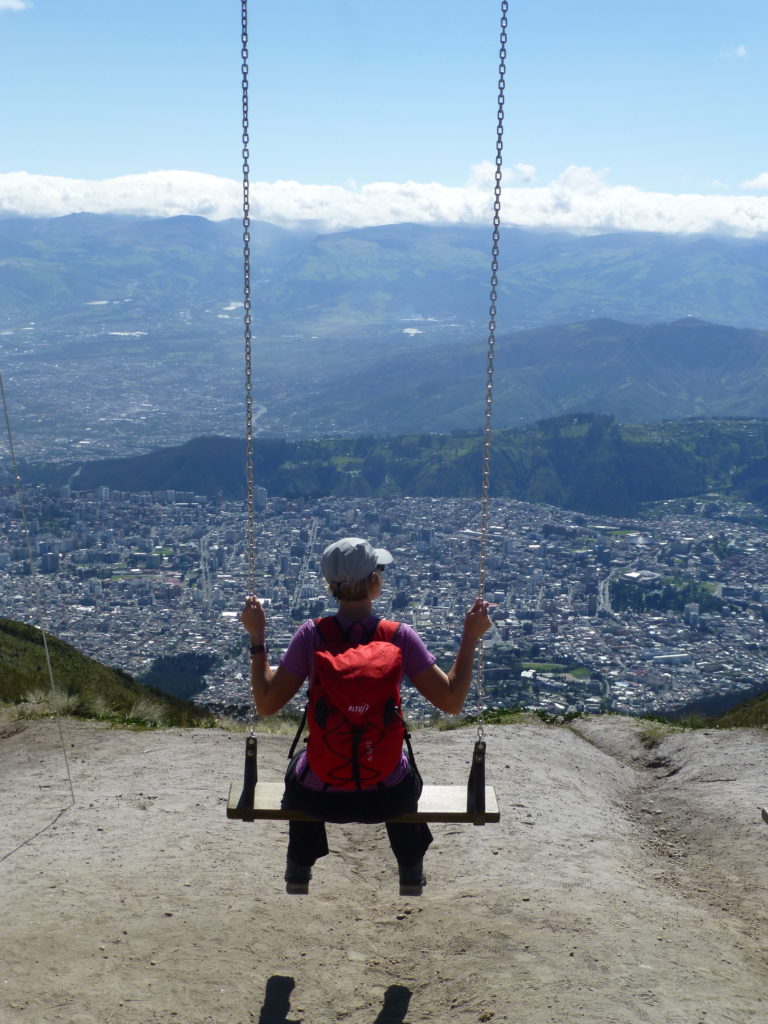
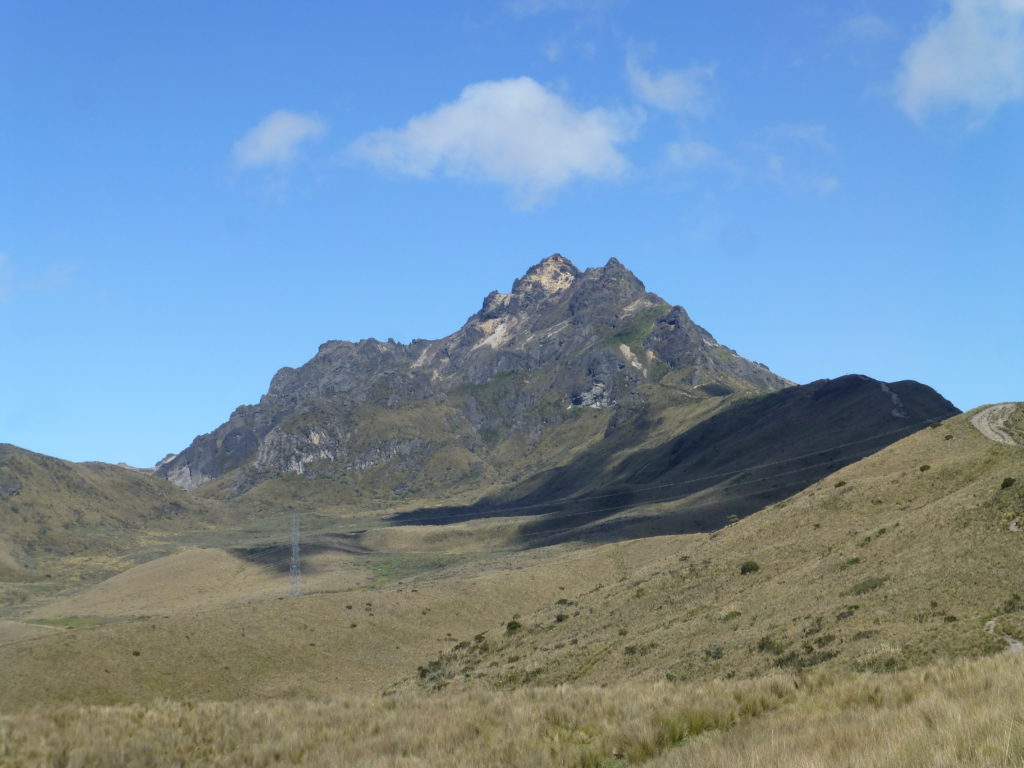

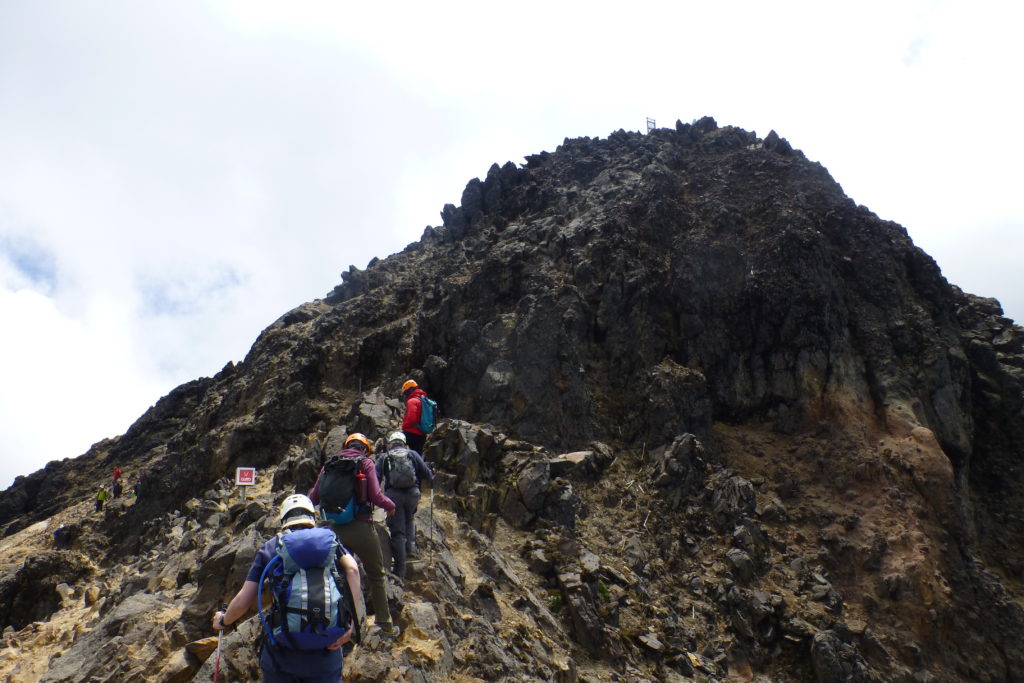
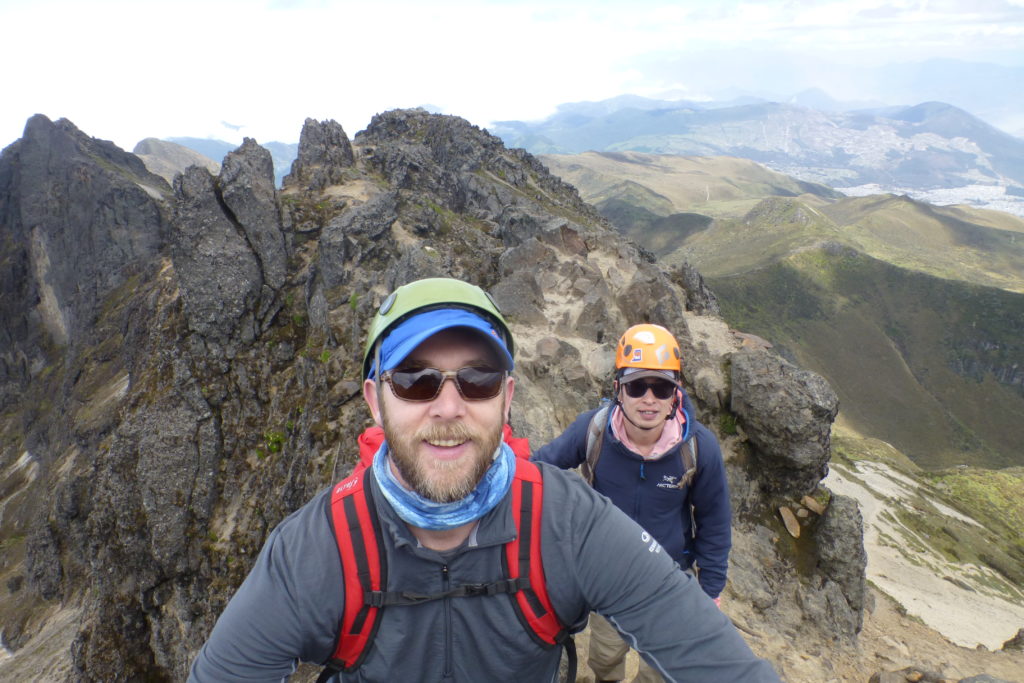
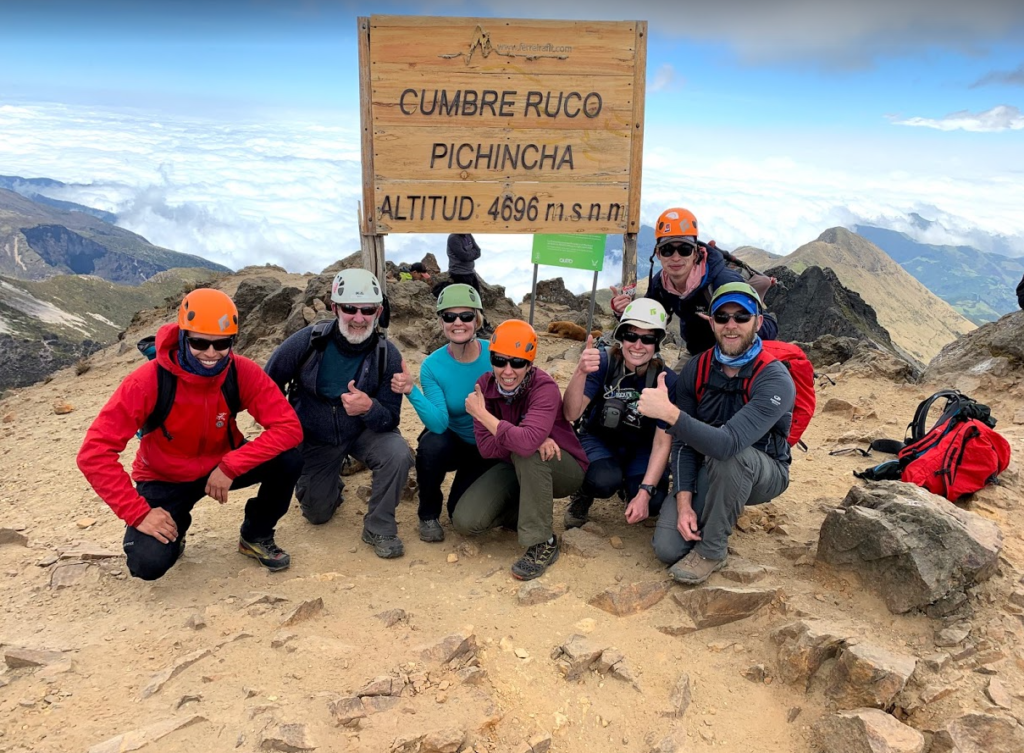
That evening was our final one in Quito before the real expedition began. Our first big attempt—Cayambe—required a good deal of packing logistics: some stuff stayed in Quito, other stuff was to be discarded at the hacienda we’d use after the climb, and then we obviously needed our gear for the climb. Still, we were 2 for 2 and feeling strong. We liked our guide and our team, and both Sarah and I felt like good things were coming our way in Ecuador’s mountains!
The first of our three major climbs, Cayambe, was supposed to be slightly easier than the other two. The summit sits at 18,900 ft—about 400 ft. lower than Cotopaxi—and most of the glacier travel is a friendly angle of 30-35 degrees. Most of the guides thought it would take 7-8 hours to reach the summit from the hut at 15,100 ft. Our main challenge appeared to be the weather; Jose said 40 km/h winds were predicted over the first 24 hours we’d be there, but our climb wasn’t scheduled until the day after that, so we remained hopeful.
Getting to Cayambe was an adventure in itself; we took our tour bus to Hacienda Guachala, where we’d be staying after the climb, and then hopped into 4-wheel drives for the drive up to the hut. I can only think of one time that I’ve been on a bumpier, more rutted road in my entire life. Once in the park, we met our other guides, Pepe and Mauricio. Pepe is very experienced and has an awesome positive energy 24/7 from what I could tell. Mauricio has a great sense of humor; within 15 minutes of meeting him, he had asked me if I sold drugs on the side since I was a teacher and then promised to find us some lobster in the mountain lakes so that he could make us some soup. Our three guides each had significant differences in personality and style, but they also complimented one other quite well. We were in good hands, even if that soup ended up tasting suspiciously like regular potato soup after all.
As part of our acclimation process, we got out of the trucks and hiked the last 1,000 ft. or so up to the hut. It was even windier than predicted and a bit wet. Apparently, Cayambe bumps right up against the jungle on one side, and the weather there is notoriously unpredictable. We had hoped to get the glacier practice out of the way that afternoon, but the weather continued to deteriorate once we got to the hut. I was impressed with the guides, though, for making the best of things; we spent the afternoon practicing knots (several were new to us) and even prussiked up a rope in the dining room—bringing back memories of Mazamas Lodge and ICS for some of us! Before dinner, the mountain came out for just a bit before the weather came in again.

Unfortunately, wind and precipitation pounded the mountain all night. The sun came out in the morning, though, so we set out in hopes of finding a place for glacier school. We took a more protected route than usual, but even that couldn’t keep the wind off us as we got up near the more open glacier. We ended up doubled over our ice axes or trekking poles several times. Still, it was beautiful up there, and we got up to 16,100 ft.—a new high point—before calling it quits. Every climber on the team had at least some glacier experience, so our guides were comfortable with letting us try this climb without the practice if a weather window opened that evening.
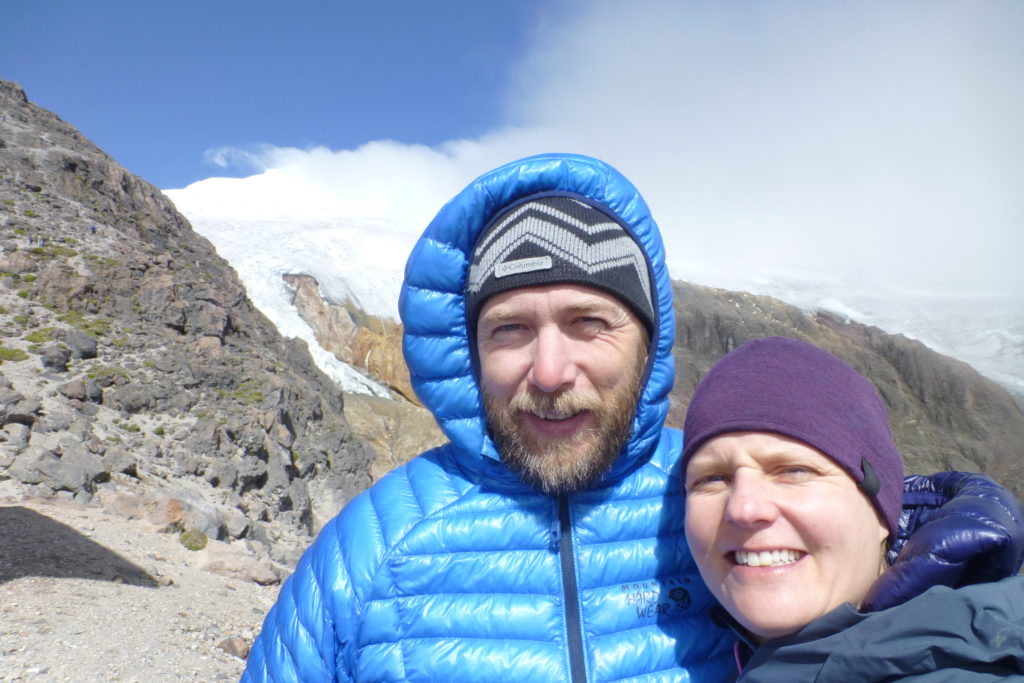
After an afternoon of hurry up and wait…not to mention a surprise birthday cake for Sophie from the small kitchen in the hut—we packed our bags and hit the sack early just in case the weather improved. No luck, though, as we awoke at 11:00 PM to find that it was still quite windy. There was some talk of trying for the sake of the experience, but Jose noticed a lenticular cloud over the mountain—an obvious no-go. So far, we were getting caught up on our sleep during our time in Cayambe.
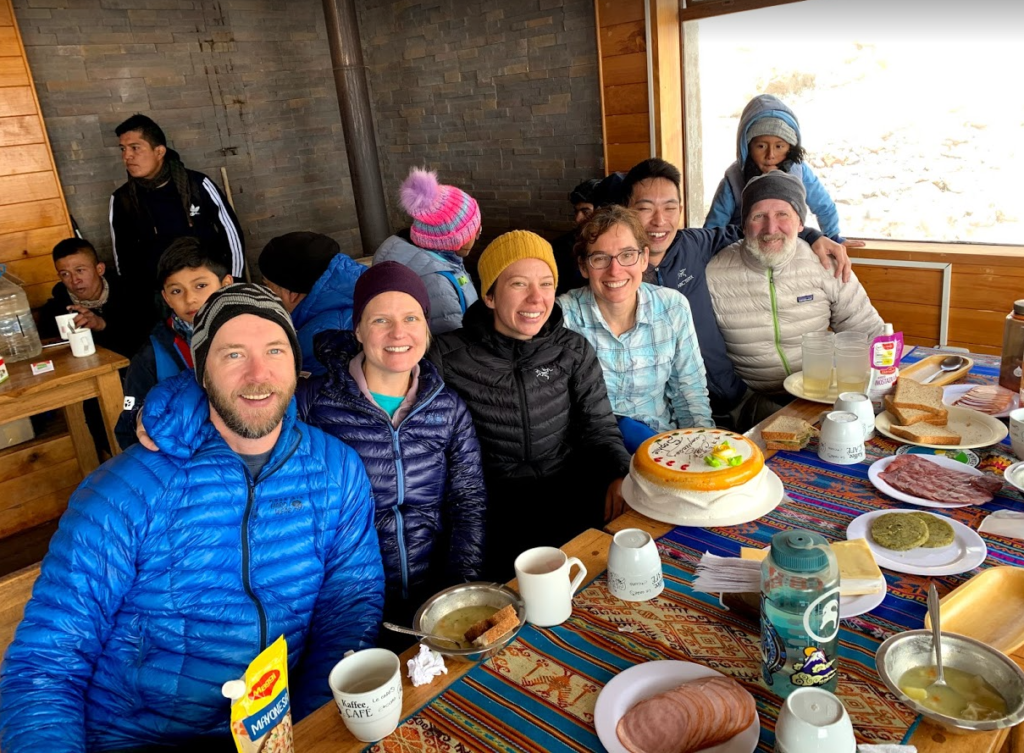
The next morning, our guides at least found a better spot out of the wind for a little crampon practice on snow and ice. It was still really wet, though, and I think everyone knew that Cayambe just wasn’t meant to be for us. I will admit I wasn’t expecting too much from a couple of hours of glacier school, but our guides were excellent at personalizing instruction; I actually learned quite a bit about crampon technique…including that I had a bad habit or two that they helped me improve! We finished with a couple of top-roped ice pitches, which made for a pretty fun time.
I don’t usually spend much time describing accommodation on our blog, but each of the places we stayed once leaving Quito was unique and exceedingly cool. Hacienda Guachala, our home the evening after our no-go on Cayambe, is the oldest hacienda (1580) in Ecuador. It is quite rustic but also lush with flower gardens, and it features two old churches on its grounds. In its heyday, it seems to have been a town unto itself, but laws passed in the 1920’s limited the amount of land that could be privately owned, forcing it to downsize. The older of the churches also sounded a bit cultish…the priest who started it kept many mistresses, and a good deal of the congregation were his illegitimate children. It was eventually raided by bandits, and people decided it must be cursed.
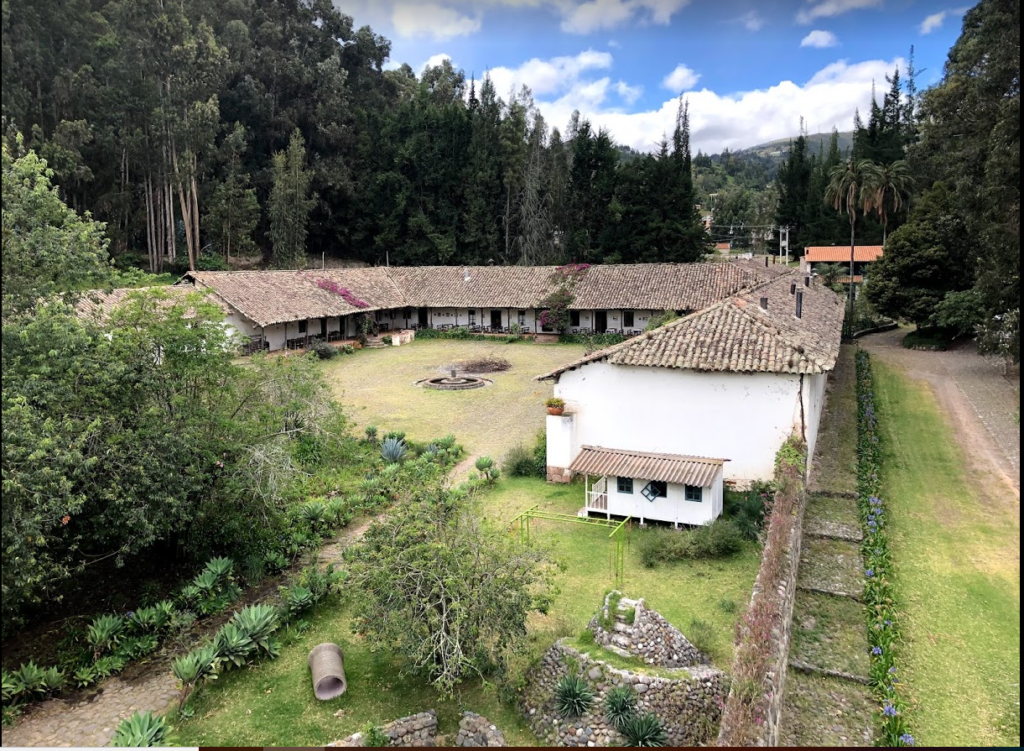
Our afternoon there really wasn’t anything that sounds special, but I think it will actually stand out in our group’s memory. We’d suffered a little together in the windy wetness that morning and shared a common disappointment on the mountain. So, the community clothesline that Linda put up by the pool, the consolation beers, and the fruitless search for the mummies rumored to be lingering around the hacienda just sort of held their own charm (the avocado soup with popcorn, fresh trout in shrimp sauce, and juicy sirloin steaks didn’t hurt either).

Cayambe wasn’t a success, but it wasn’t a waste either. We spent two days above 15,000 ft. and hiked up to 16,100. We got valuable instruction and practice in our crampons and learned some new knots. Most importantly, we had fun!
